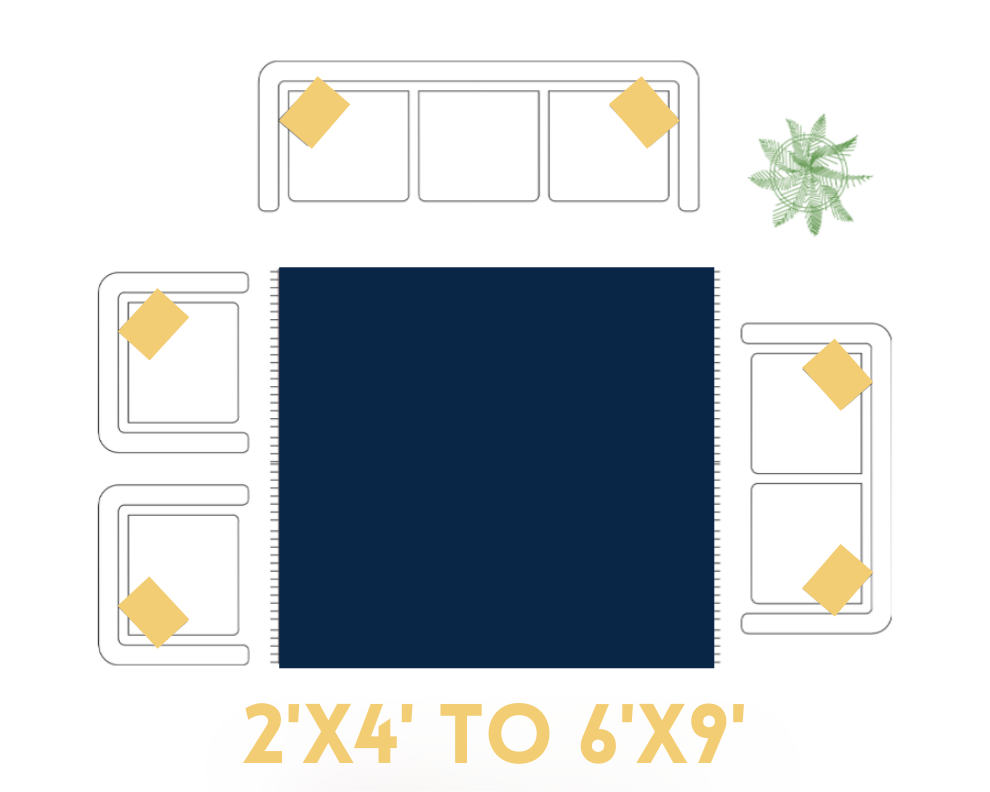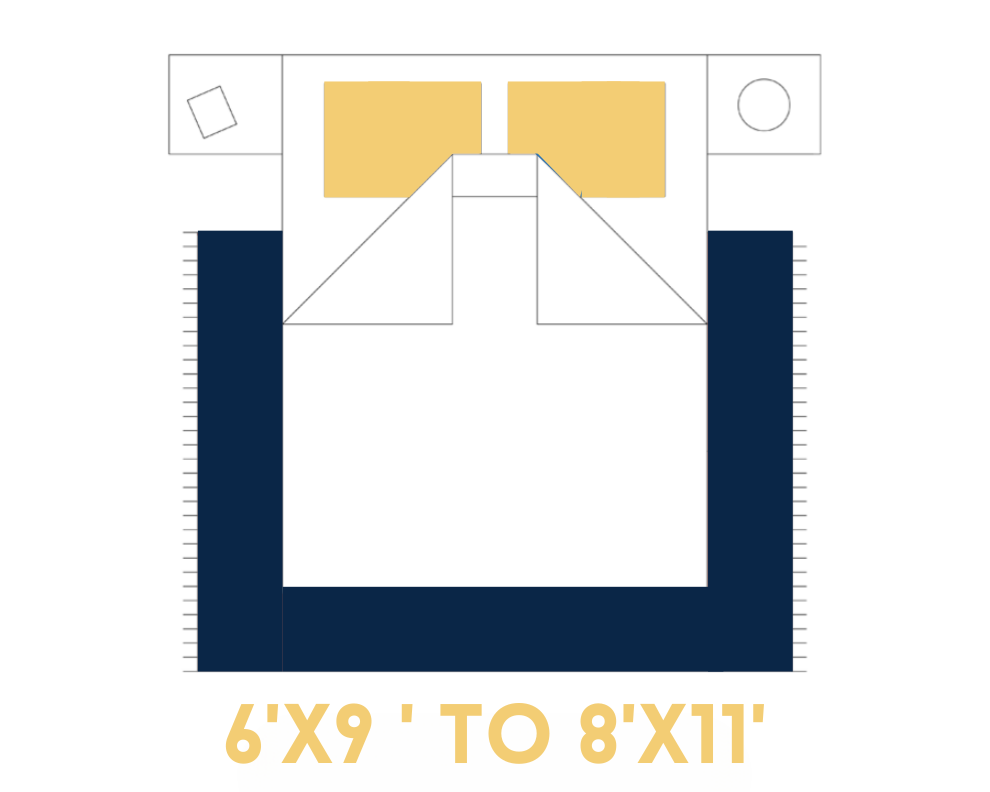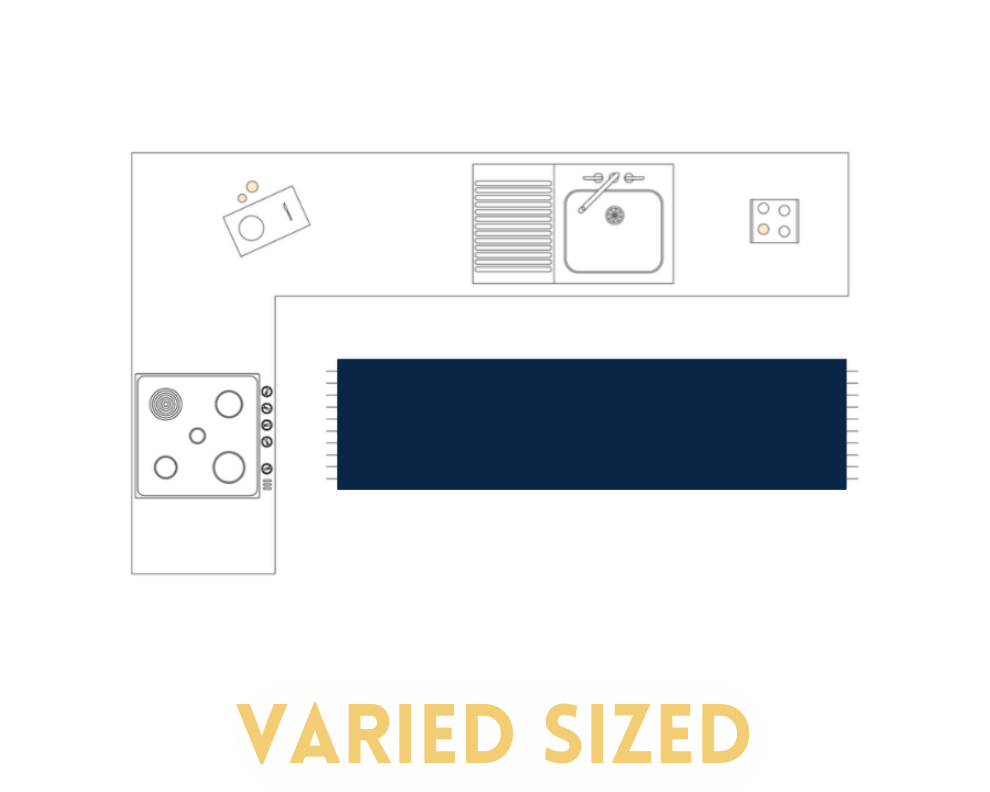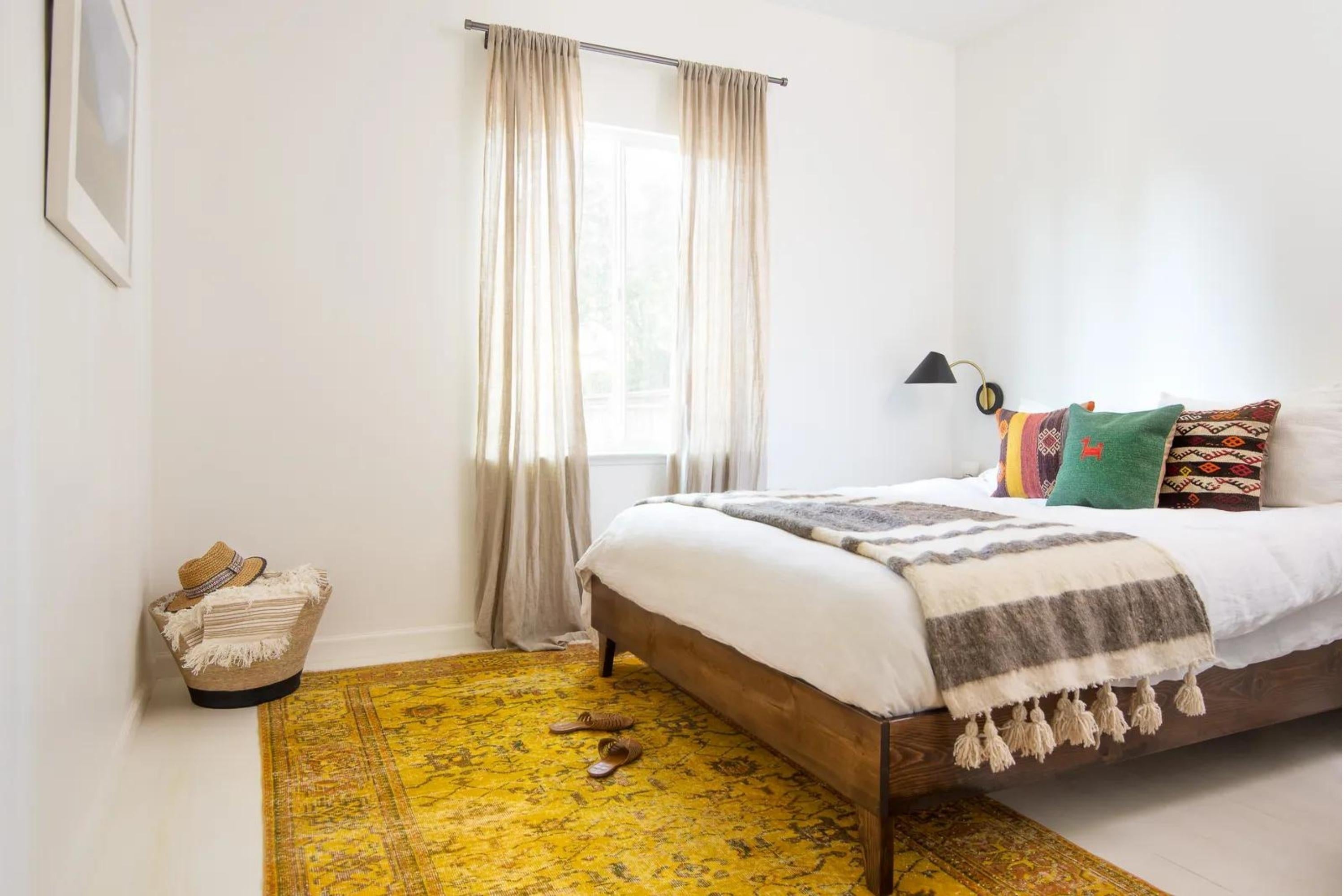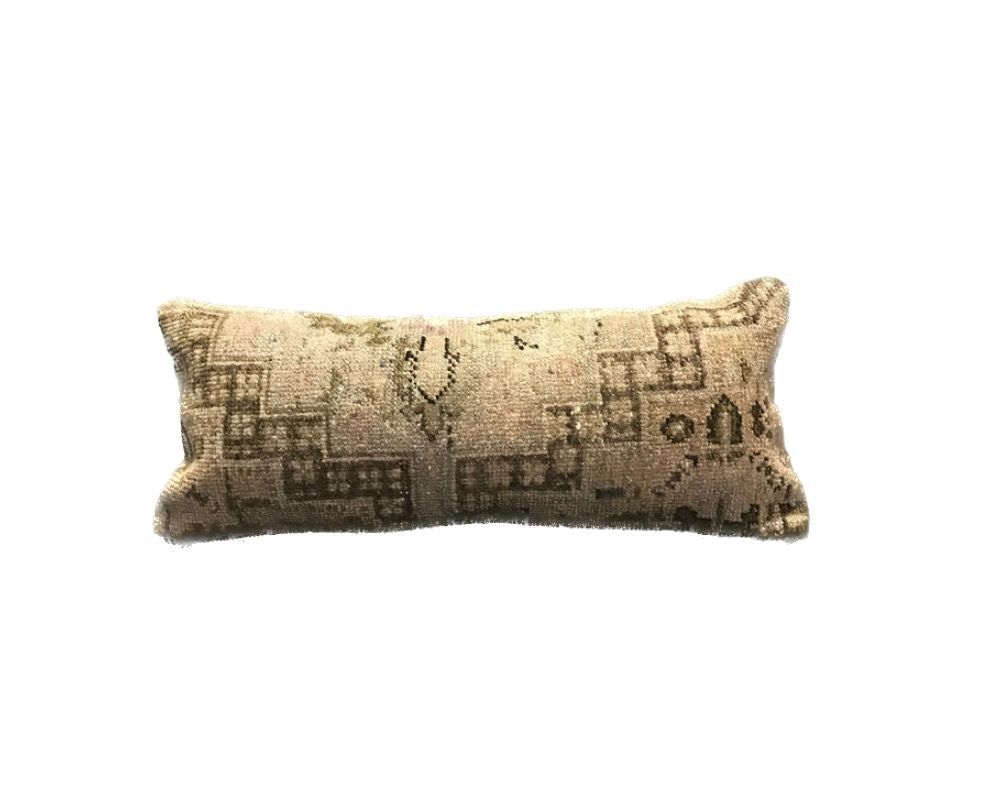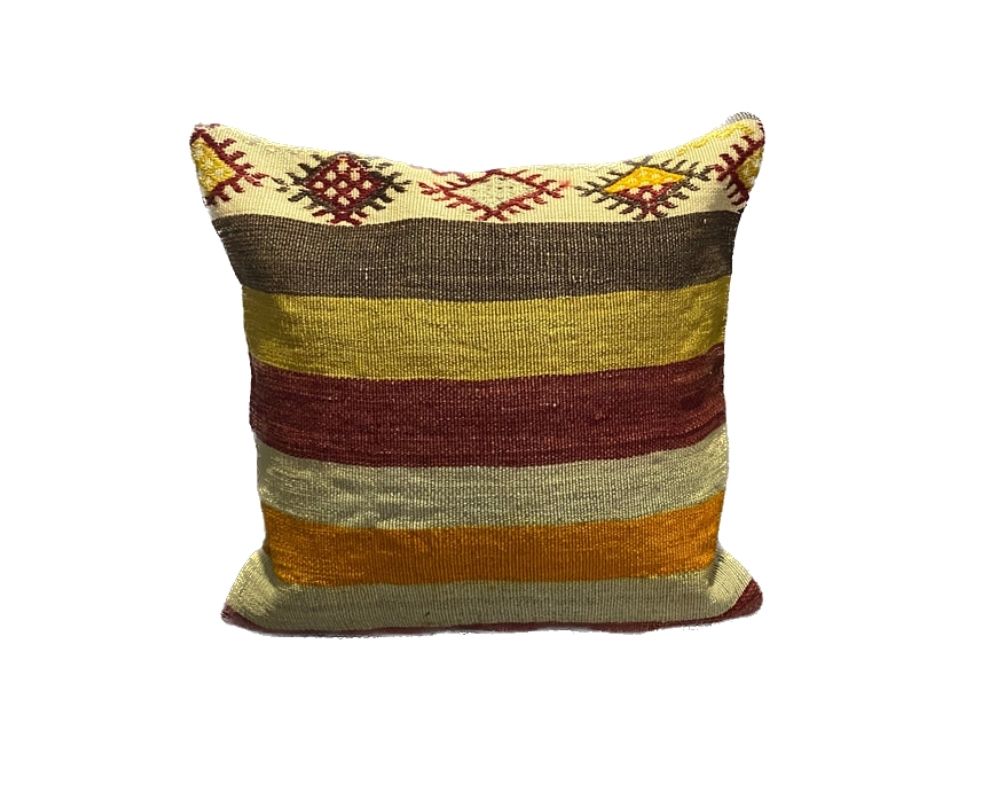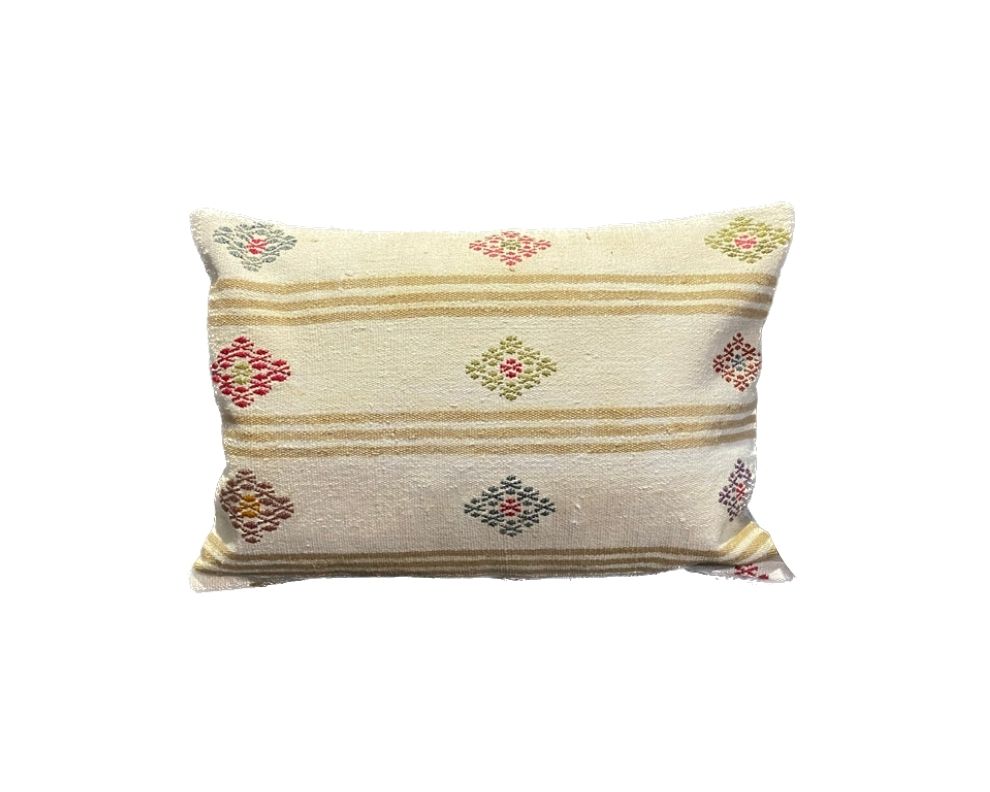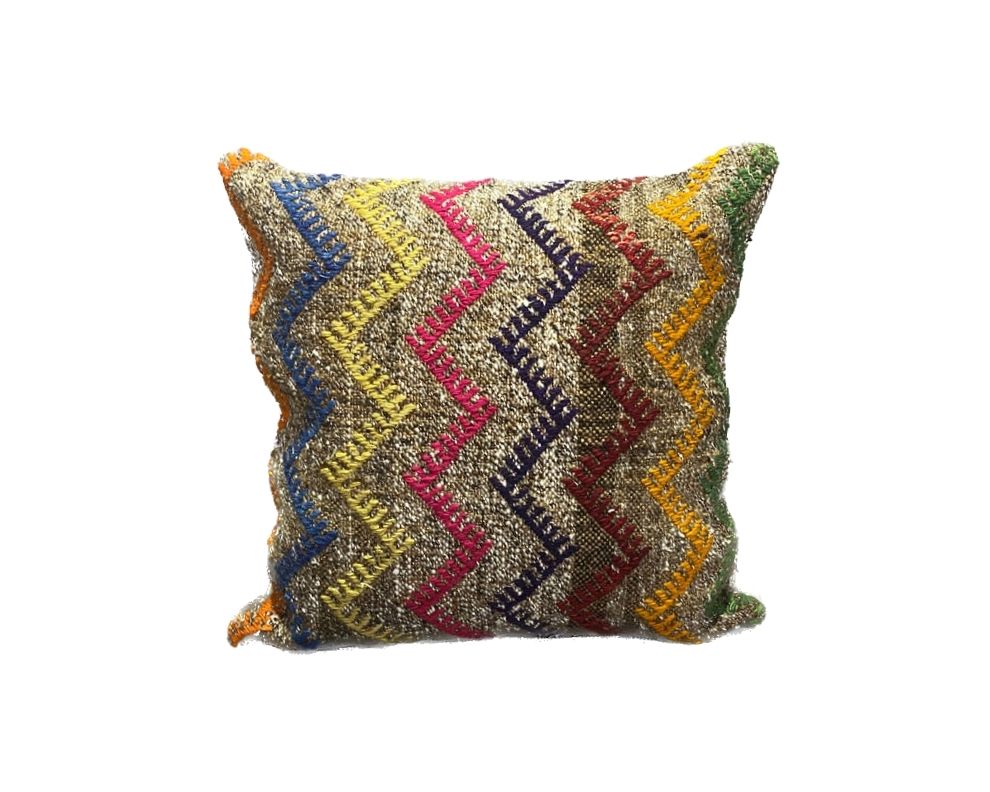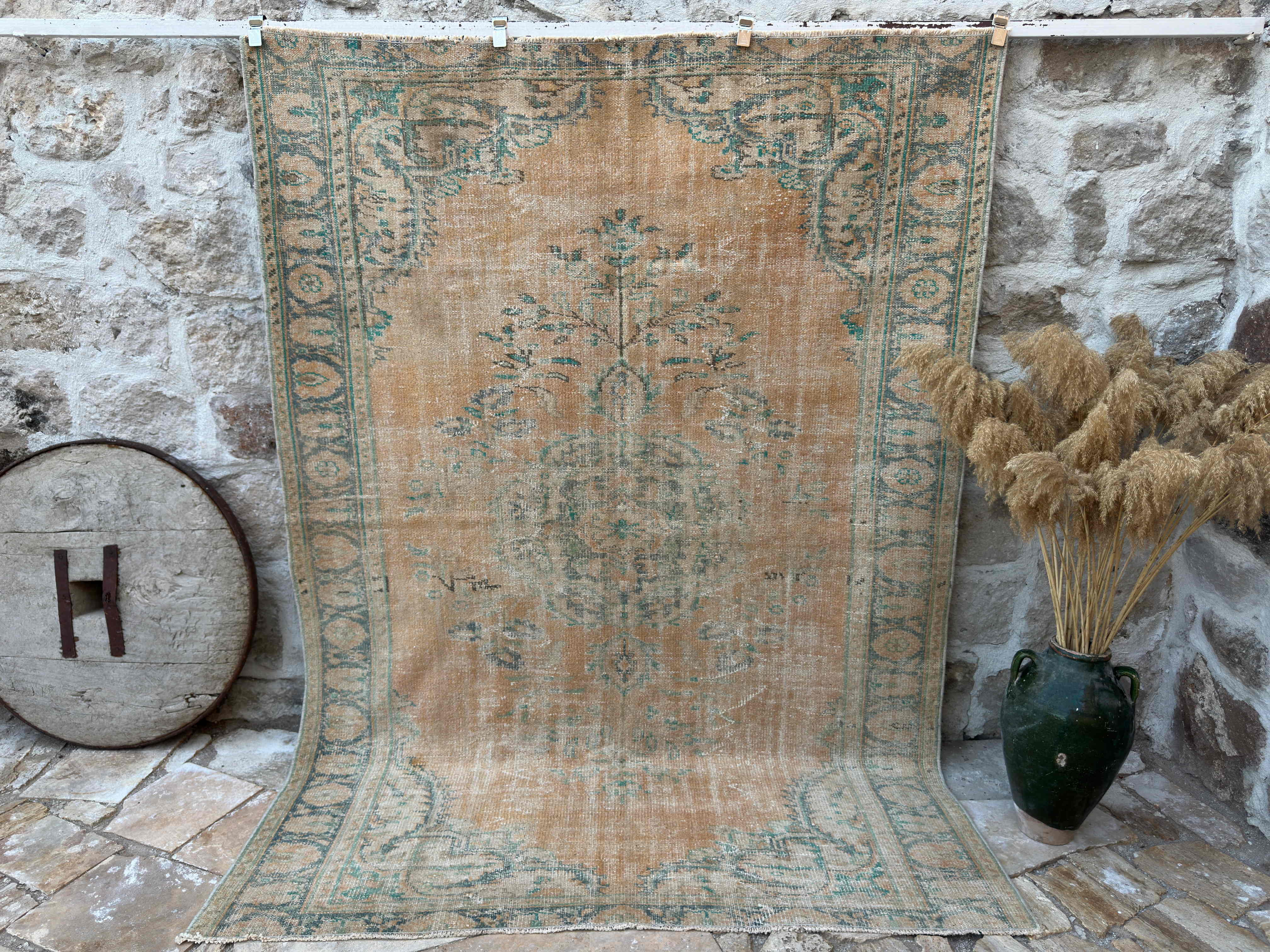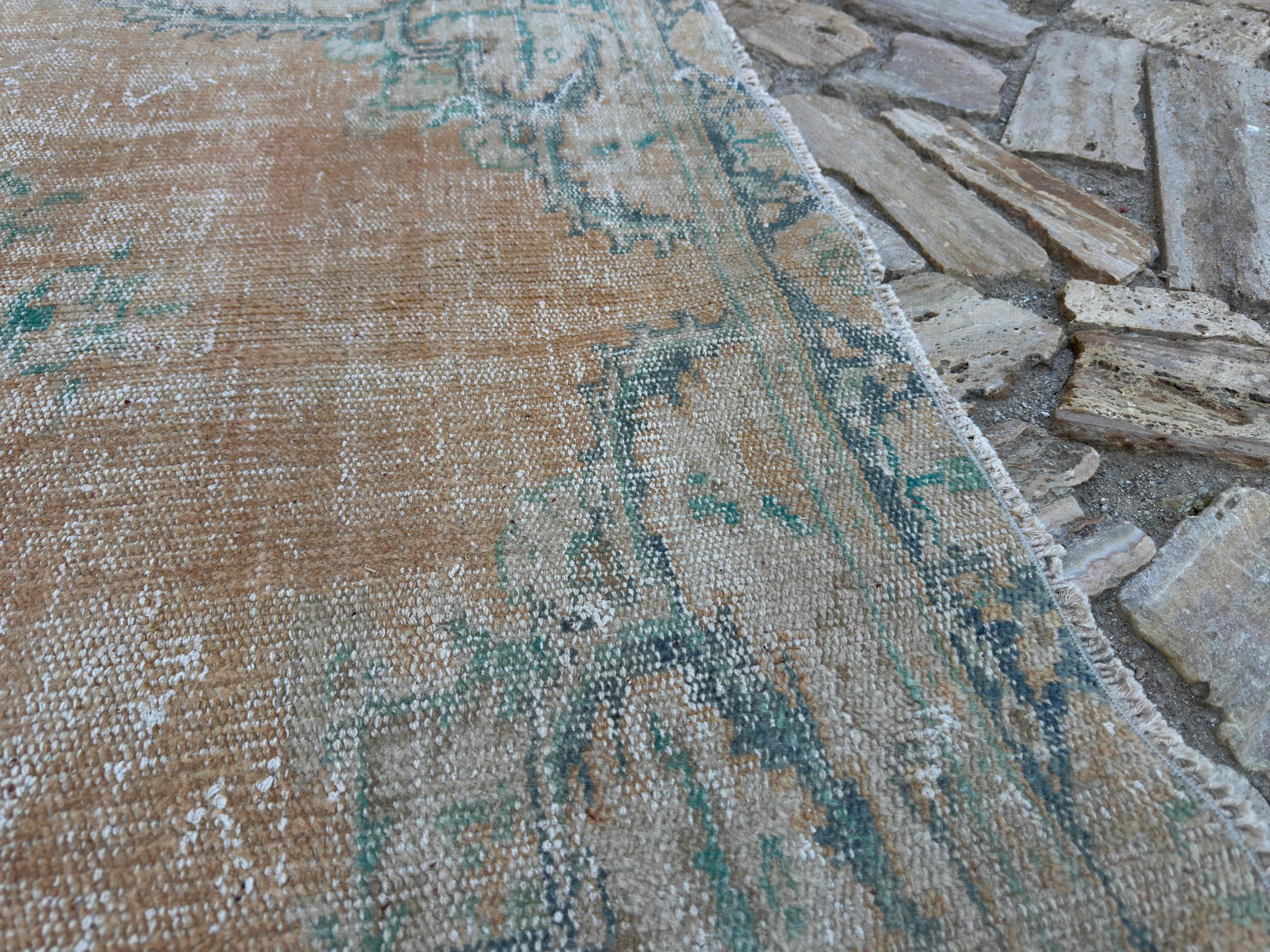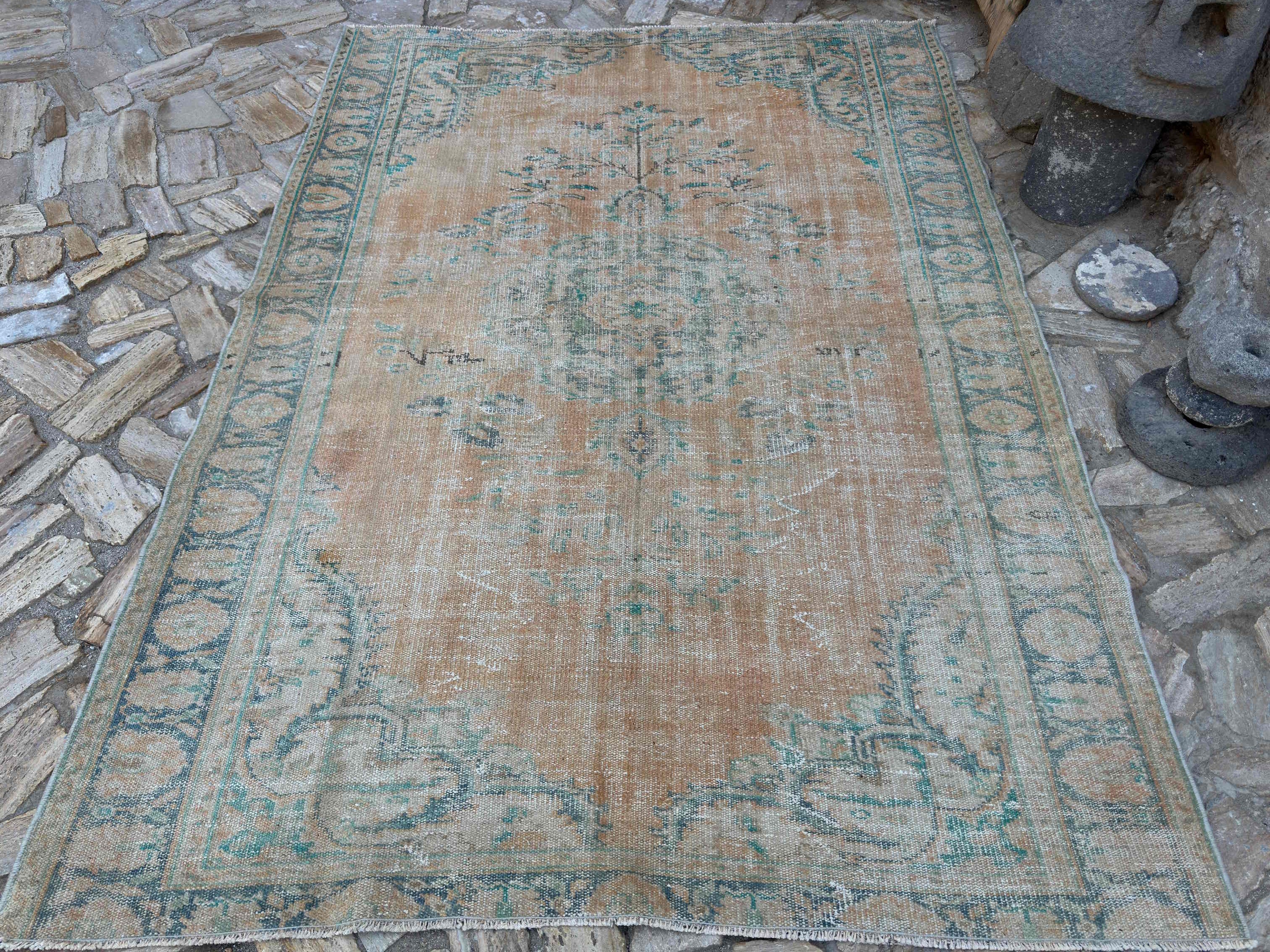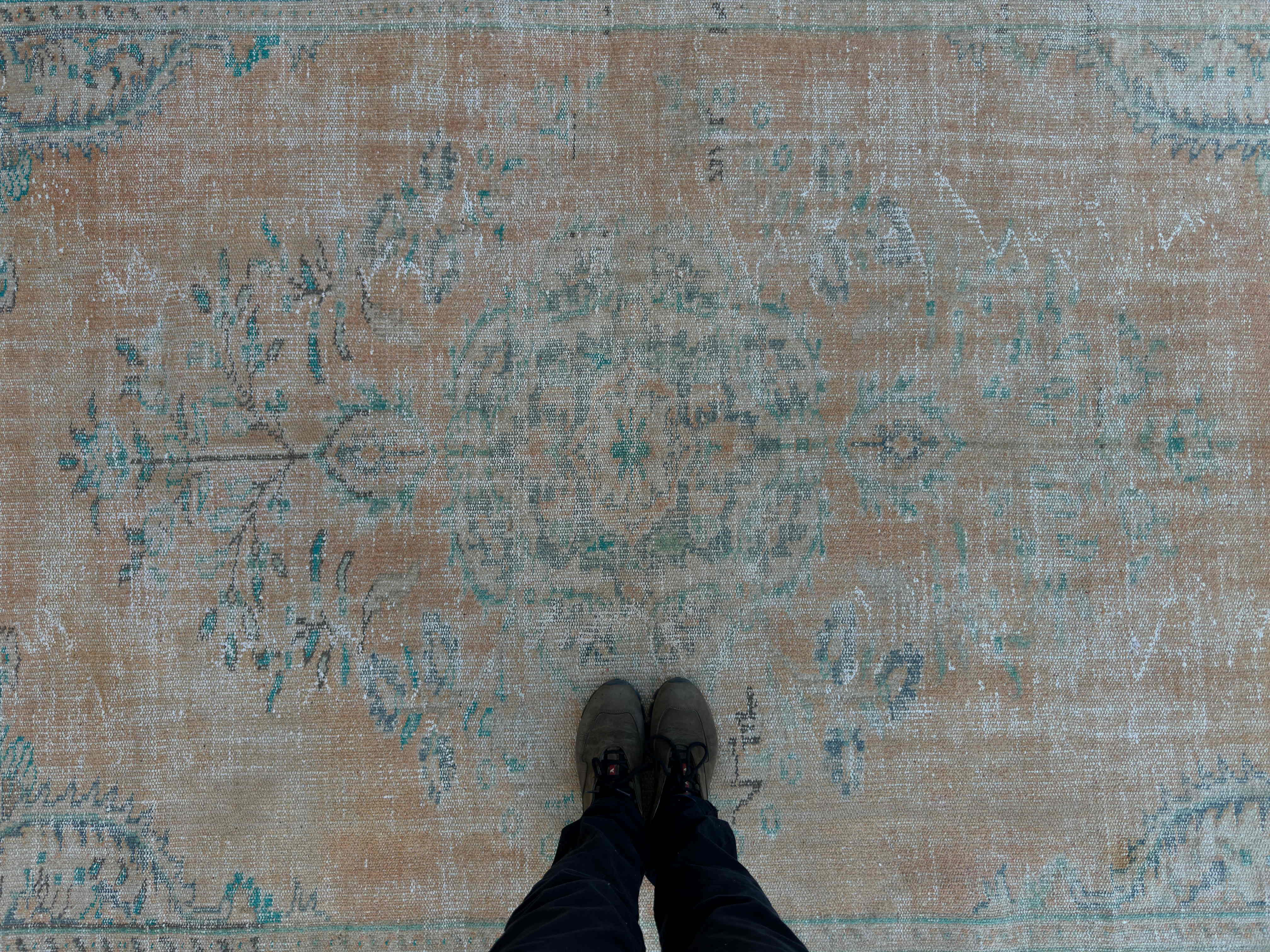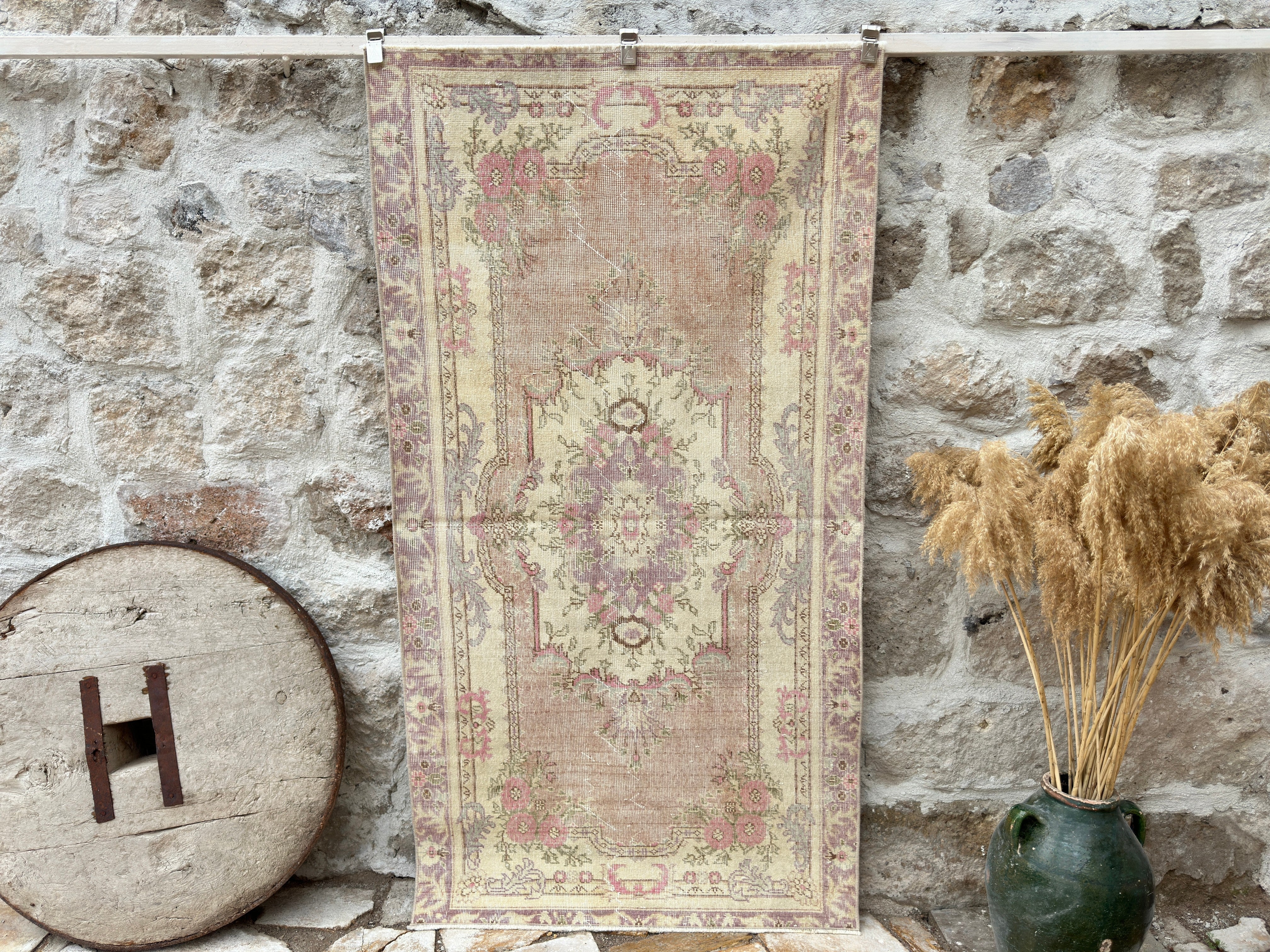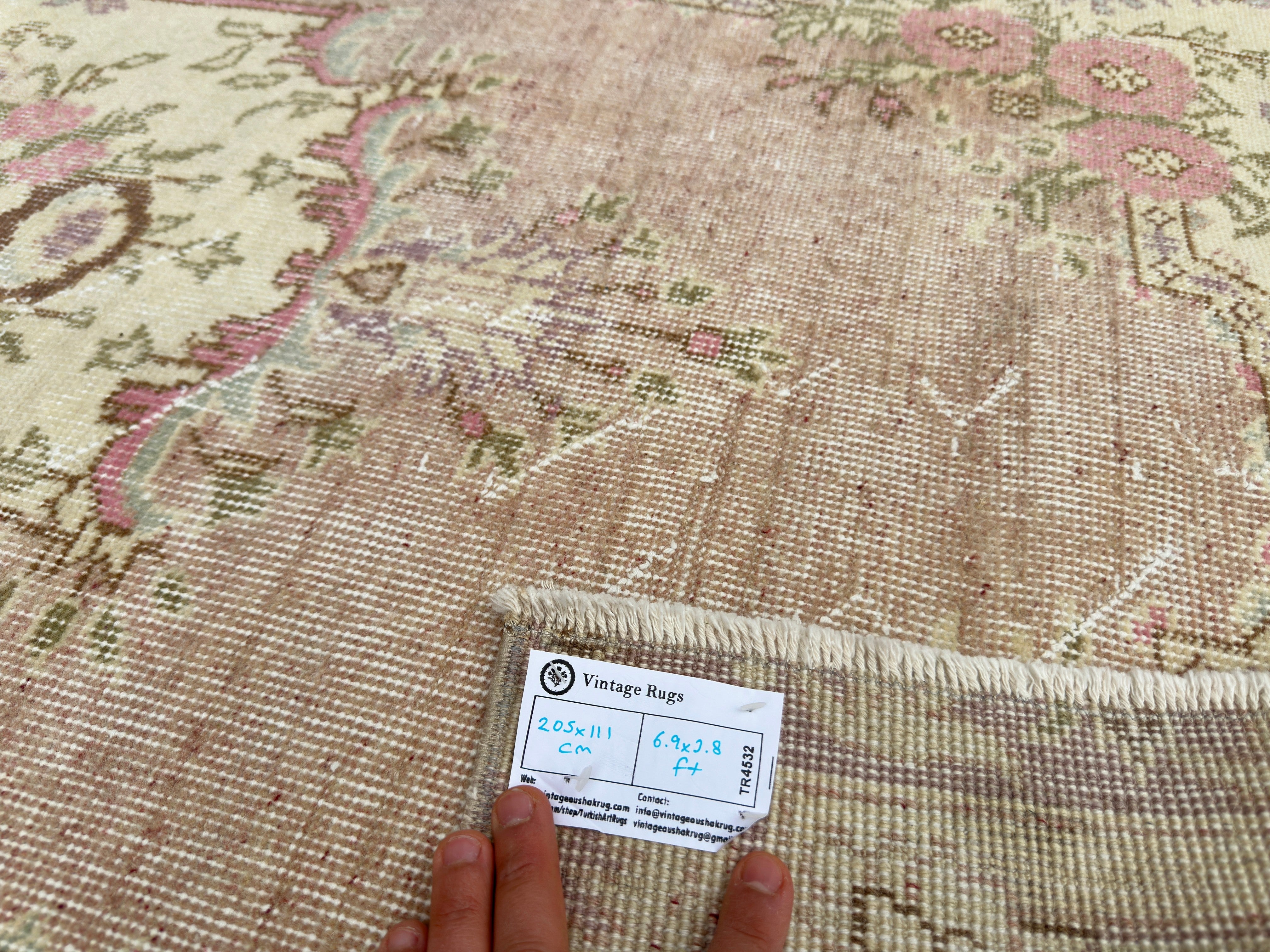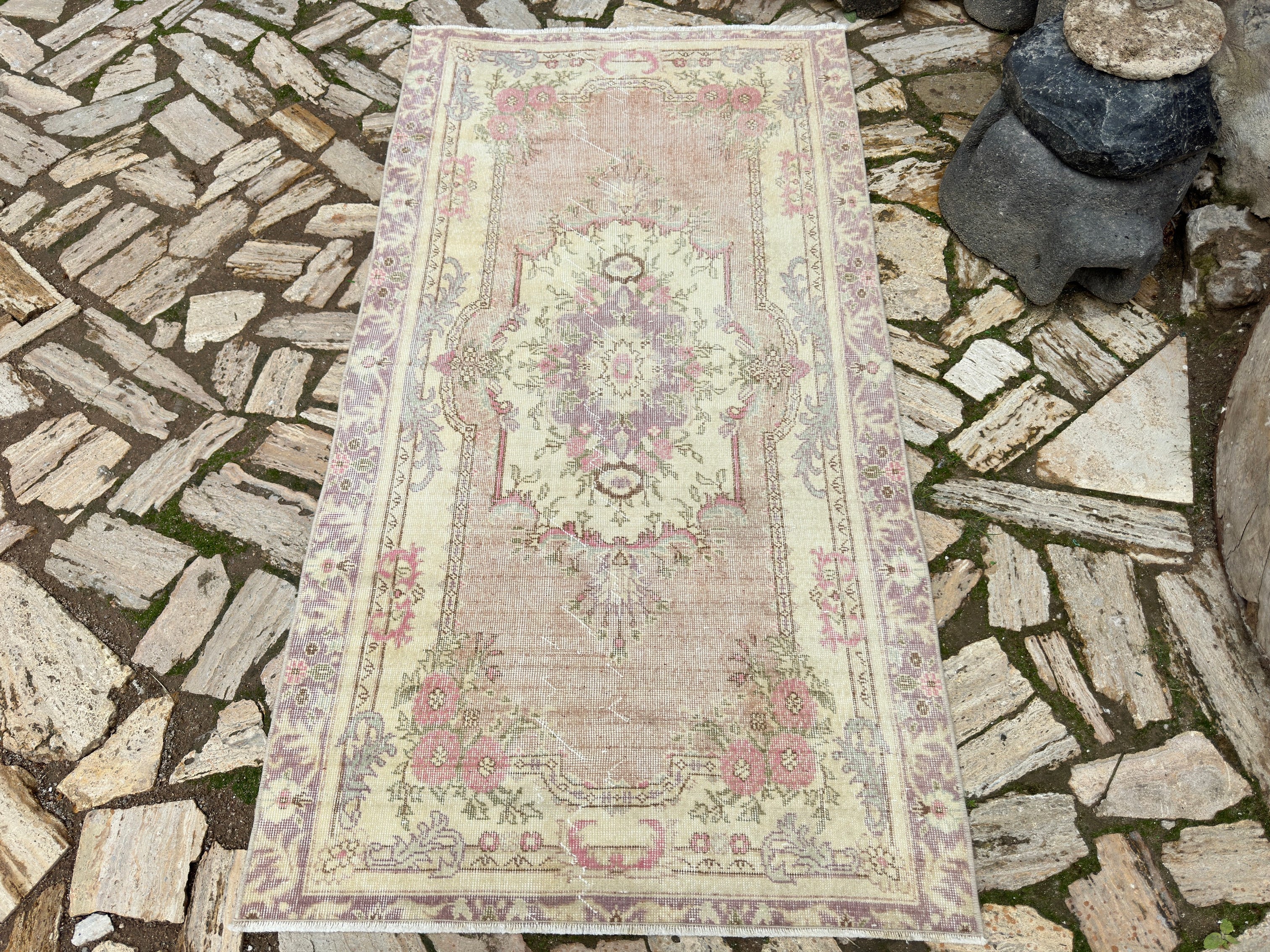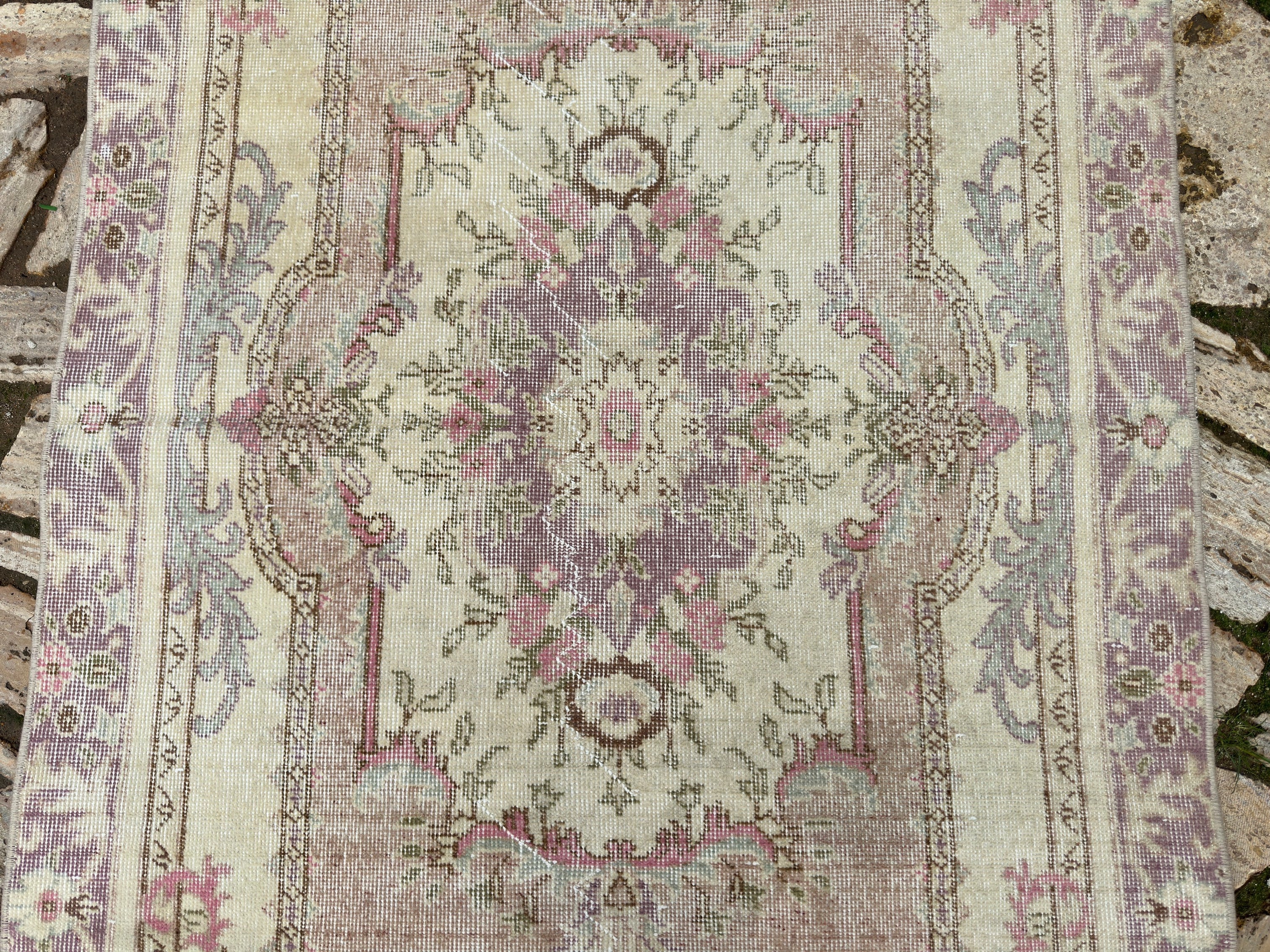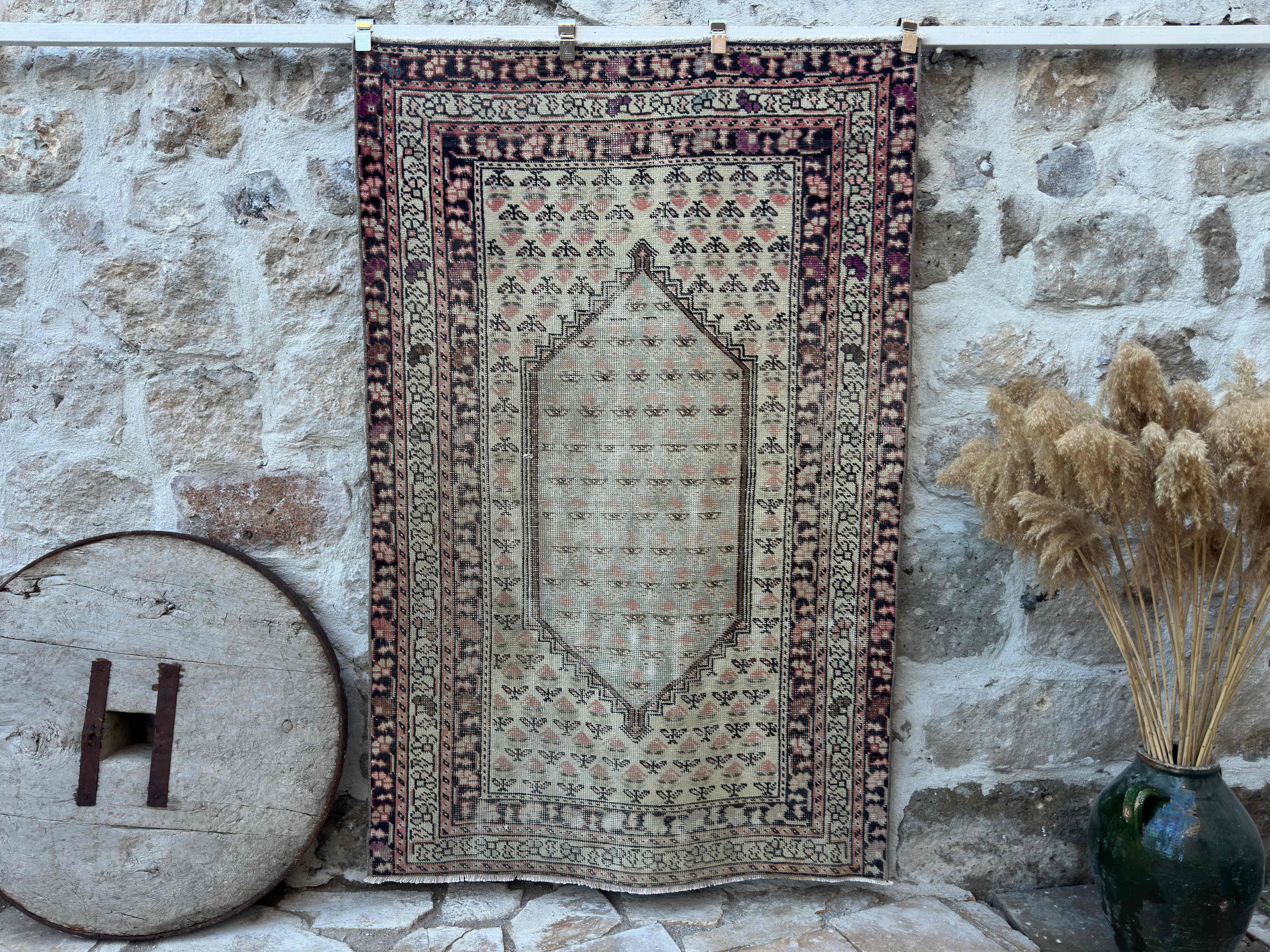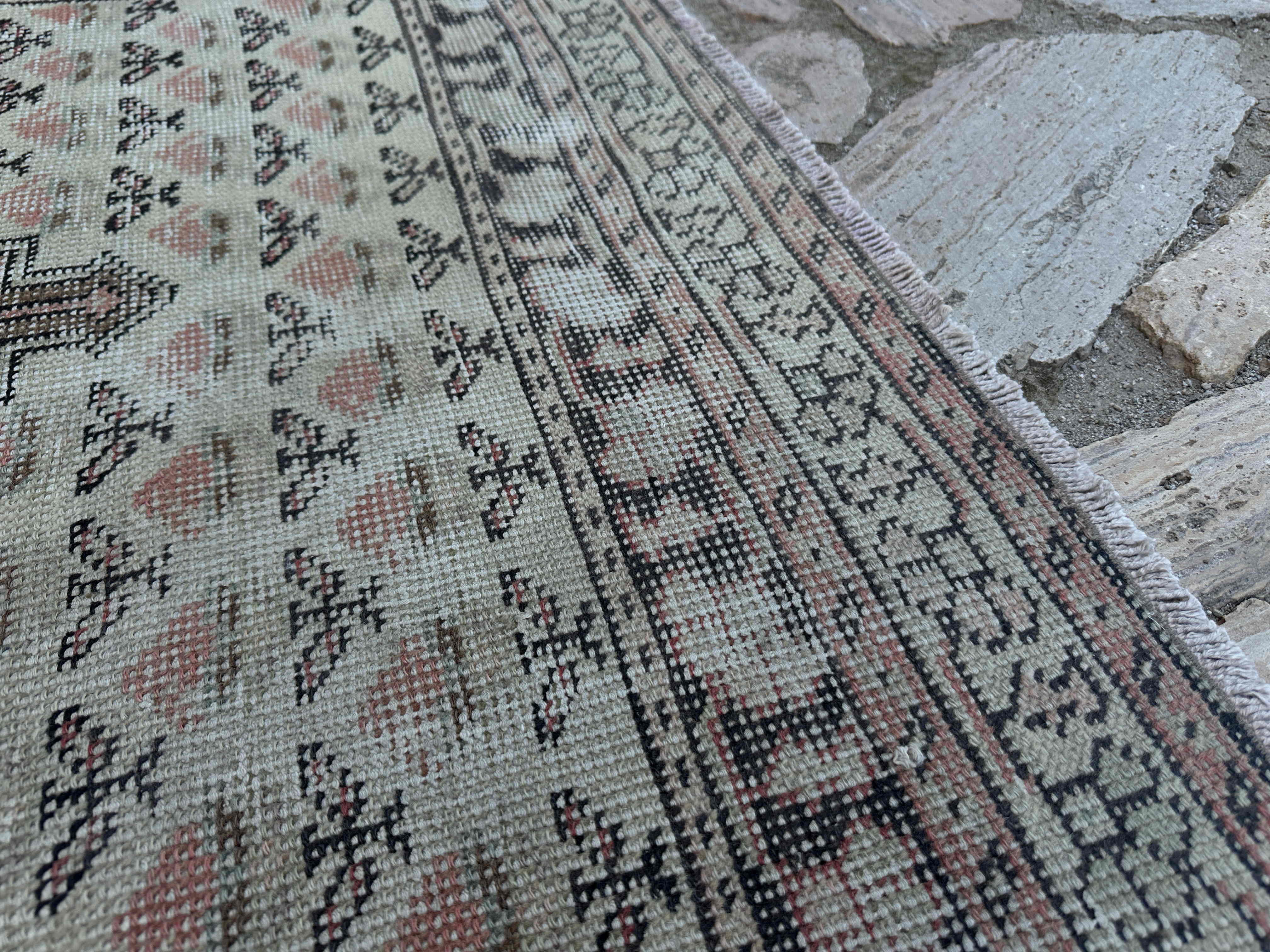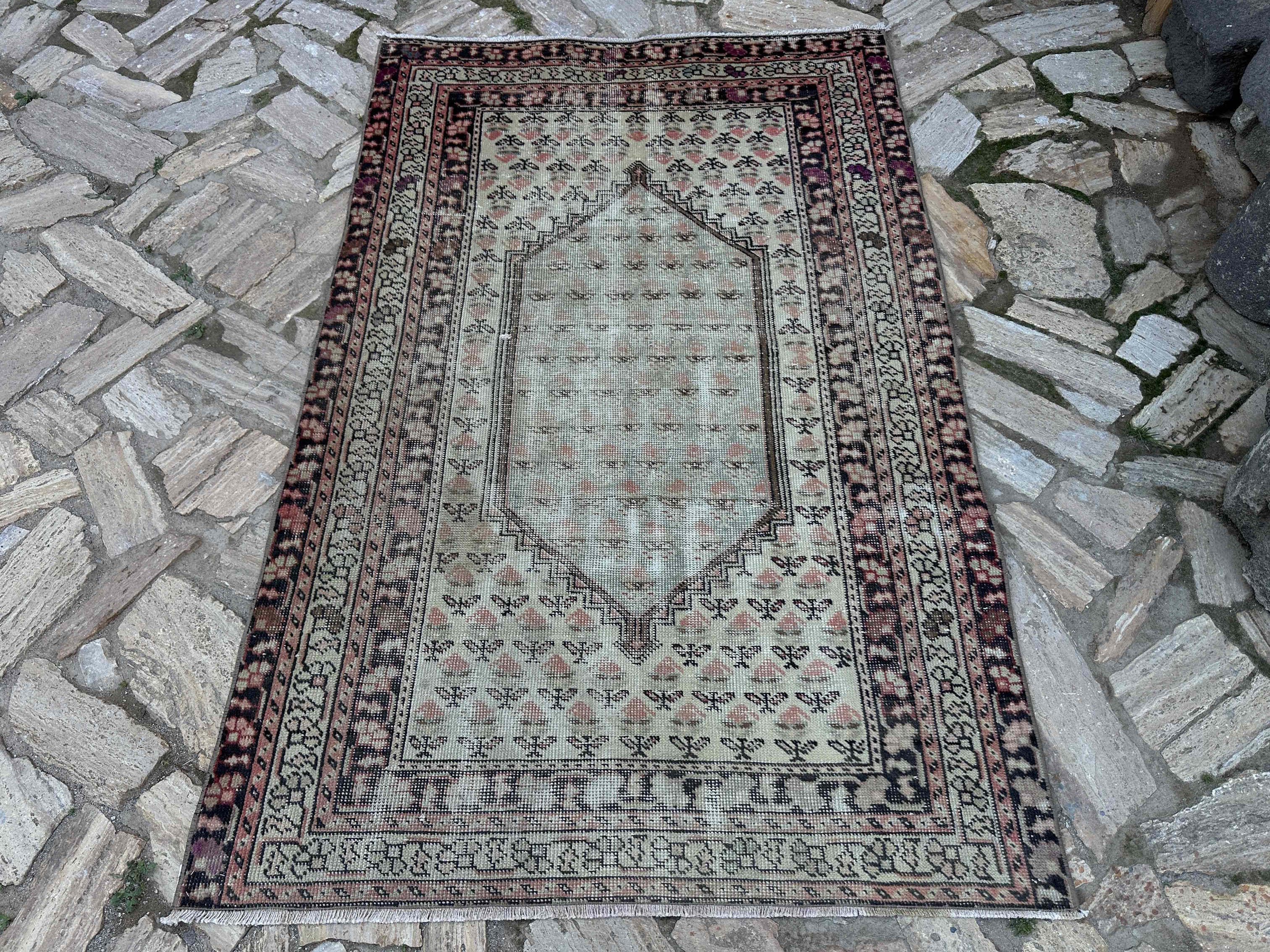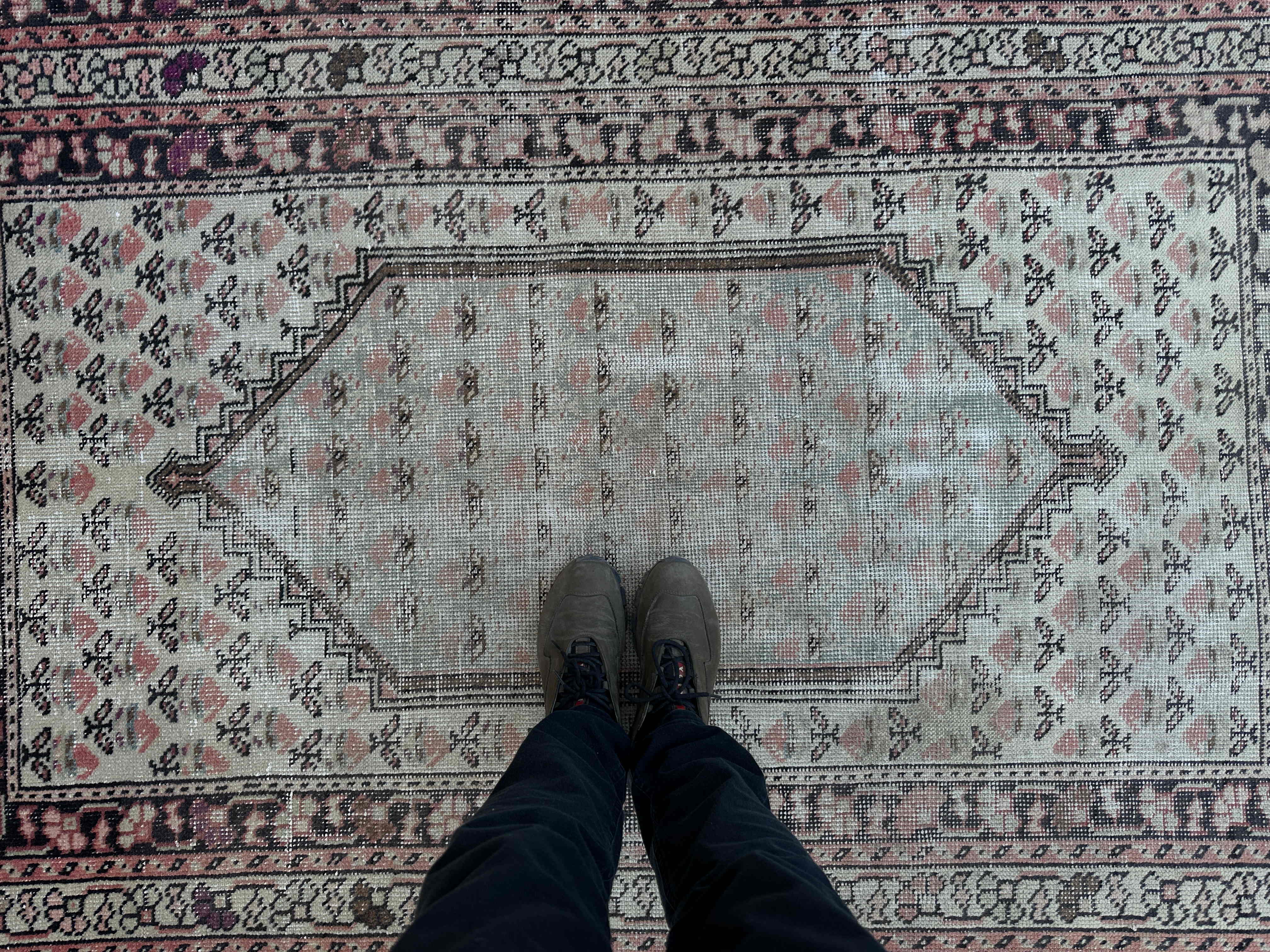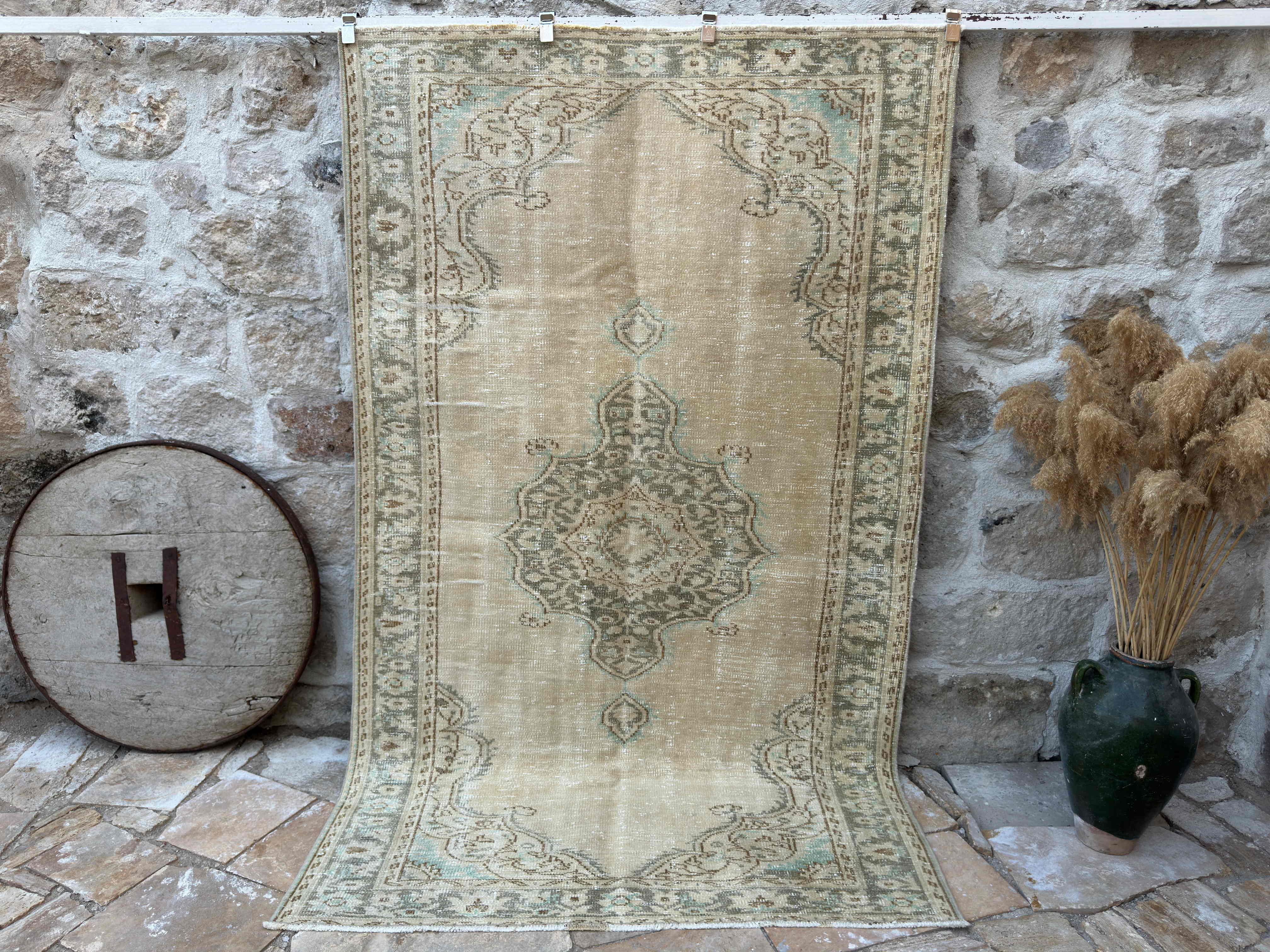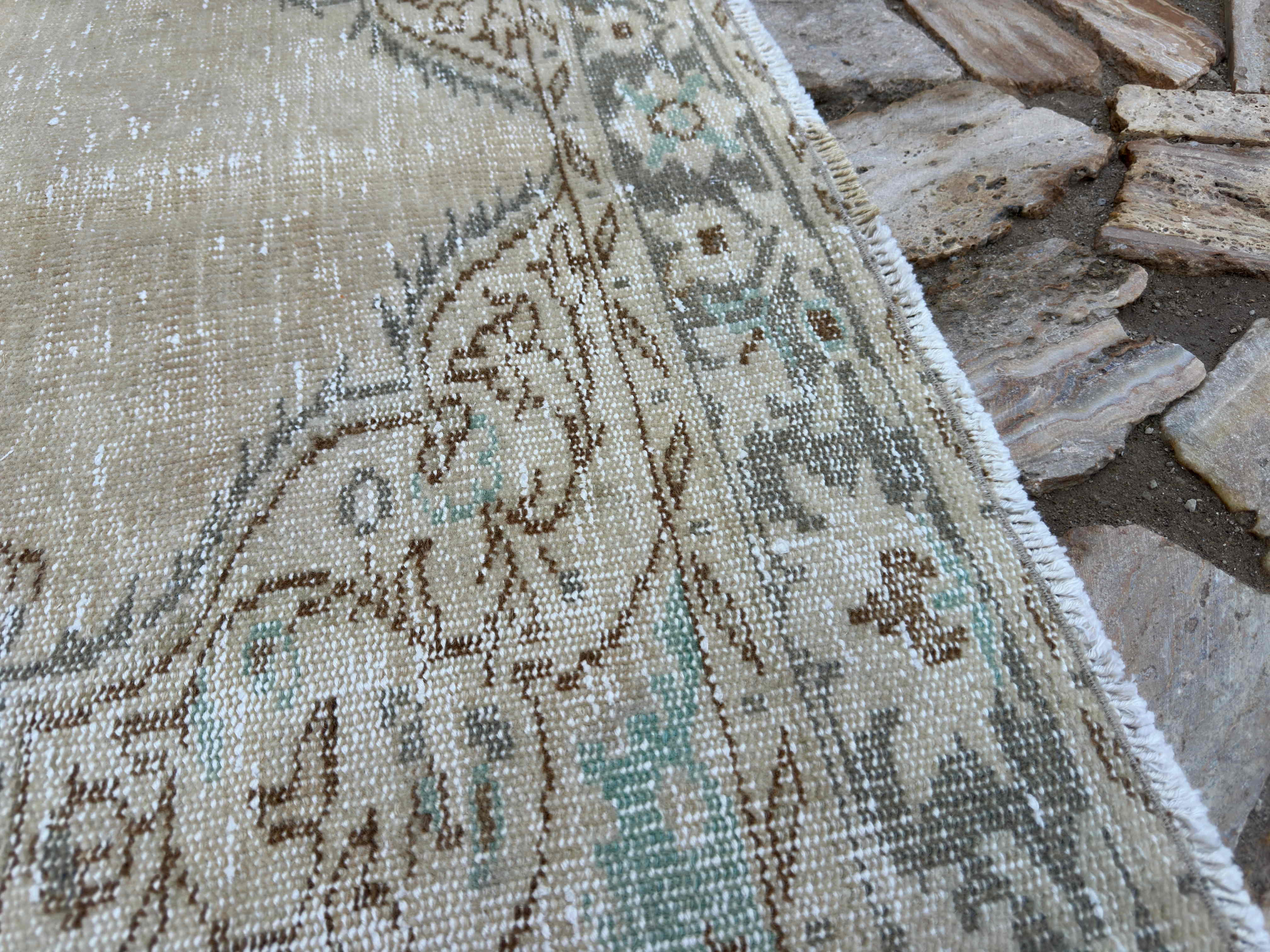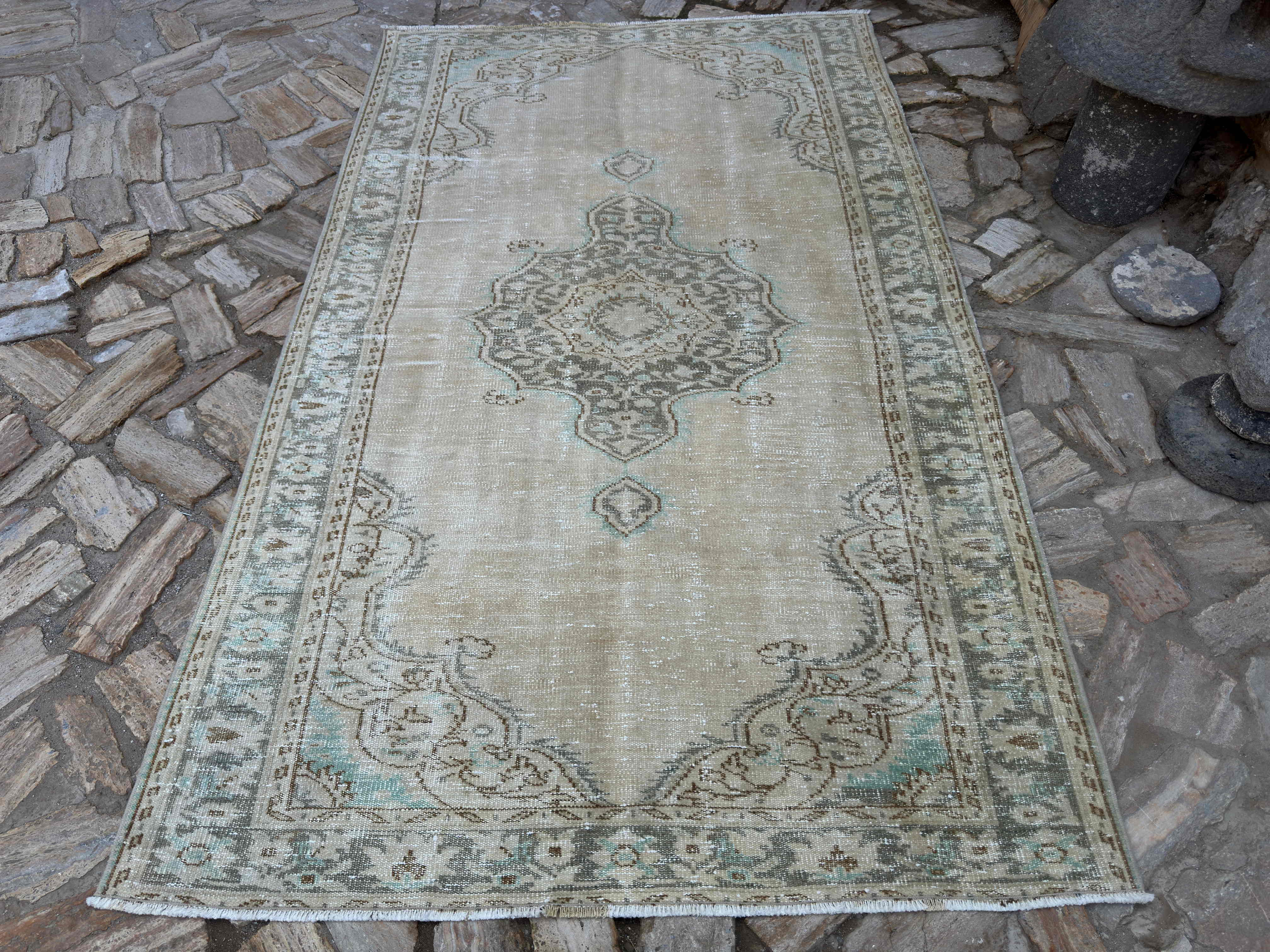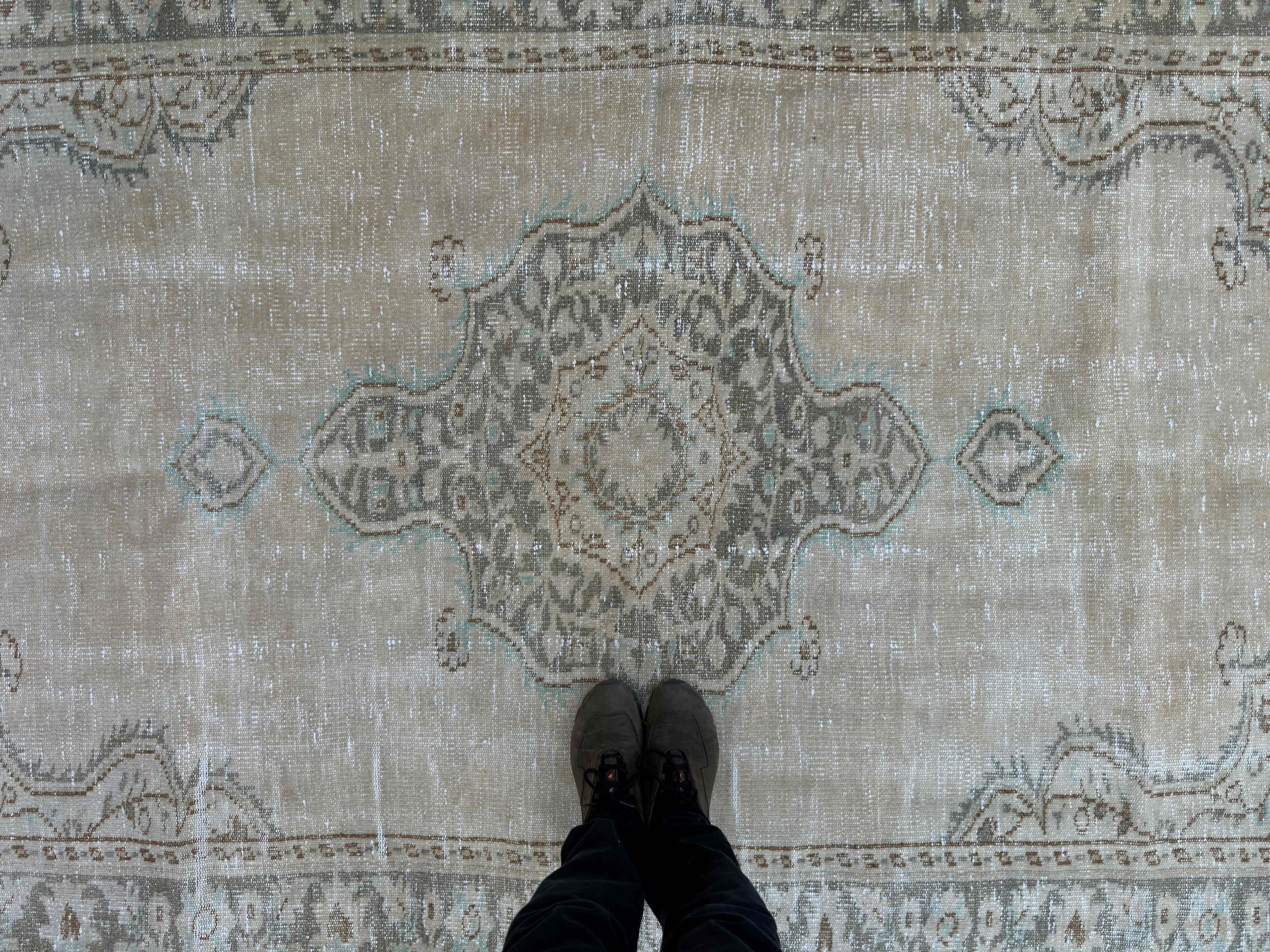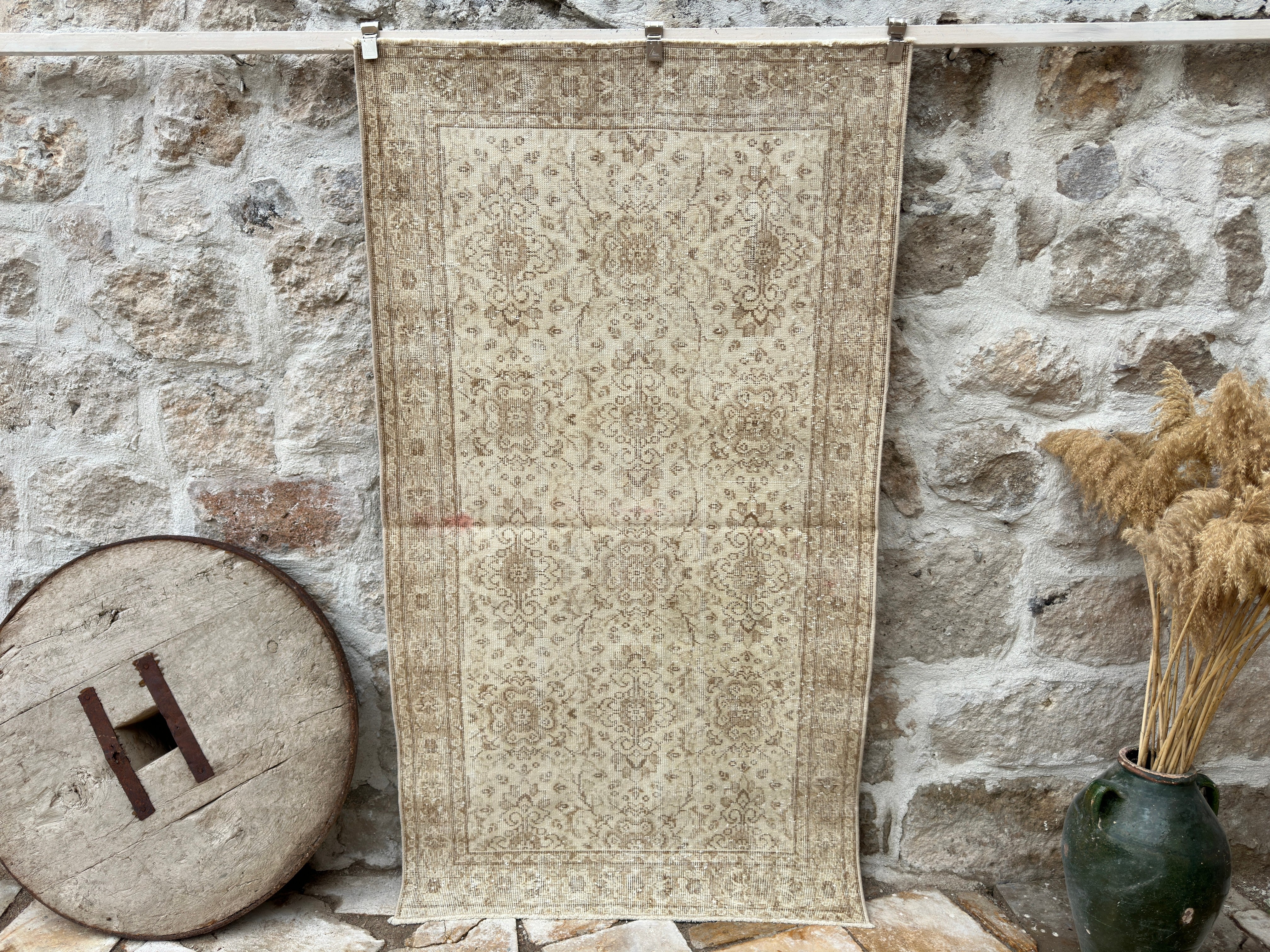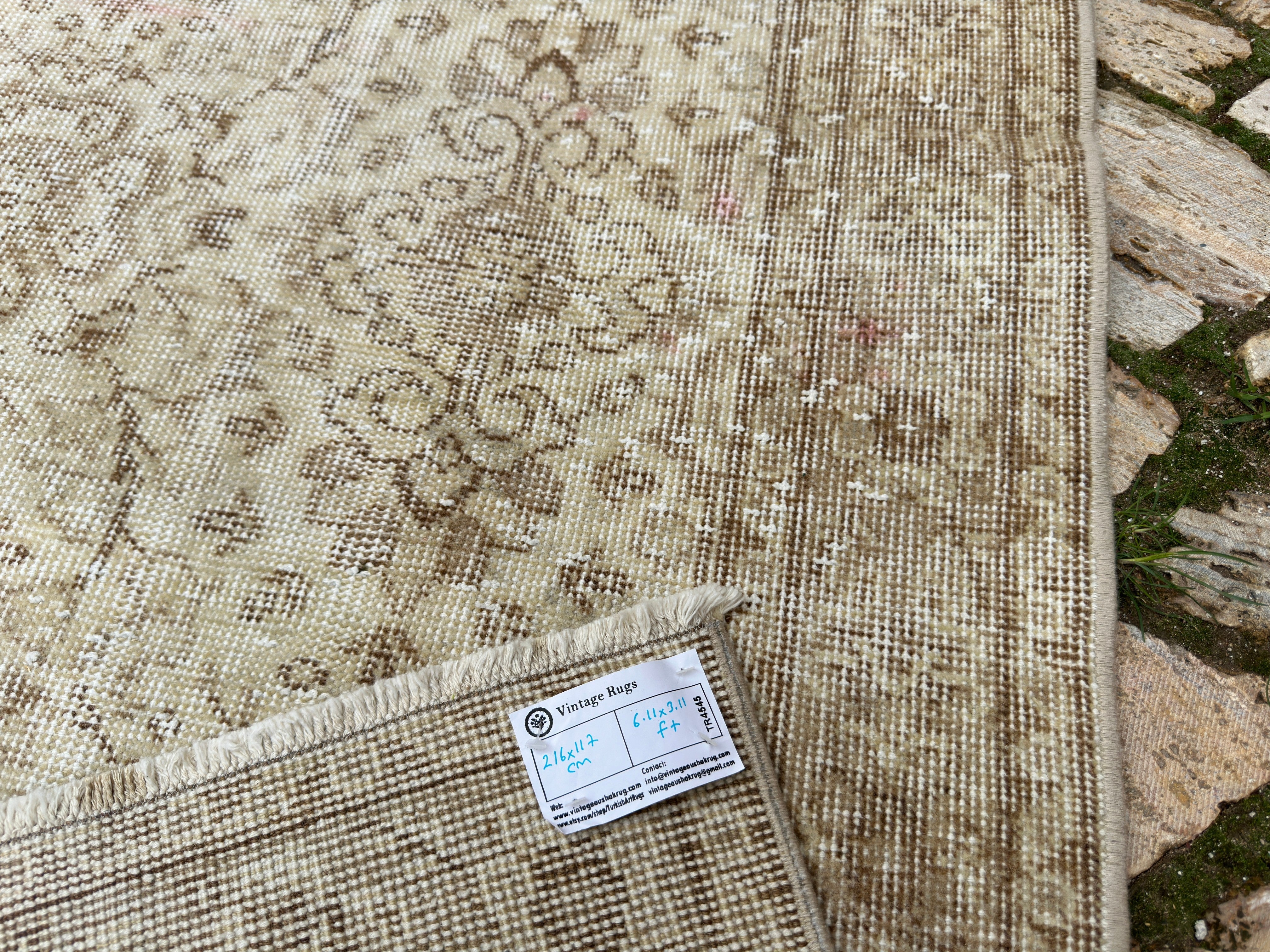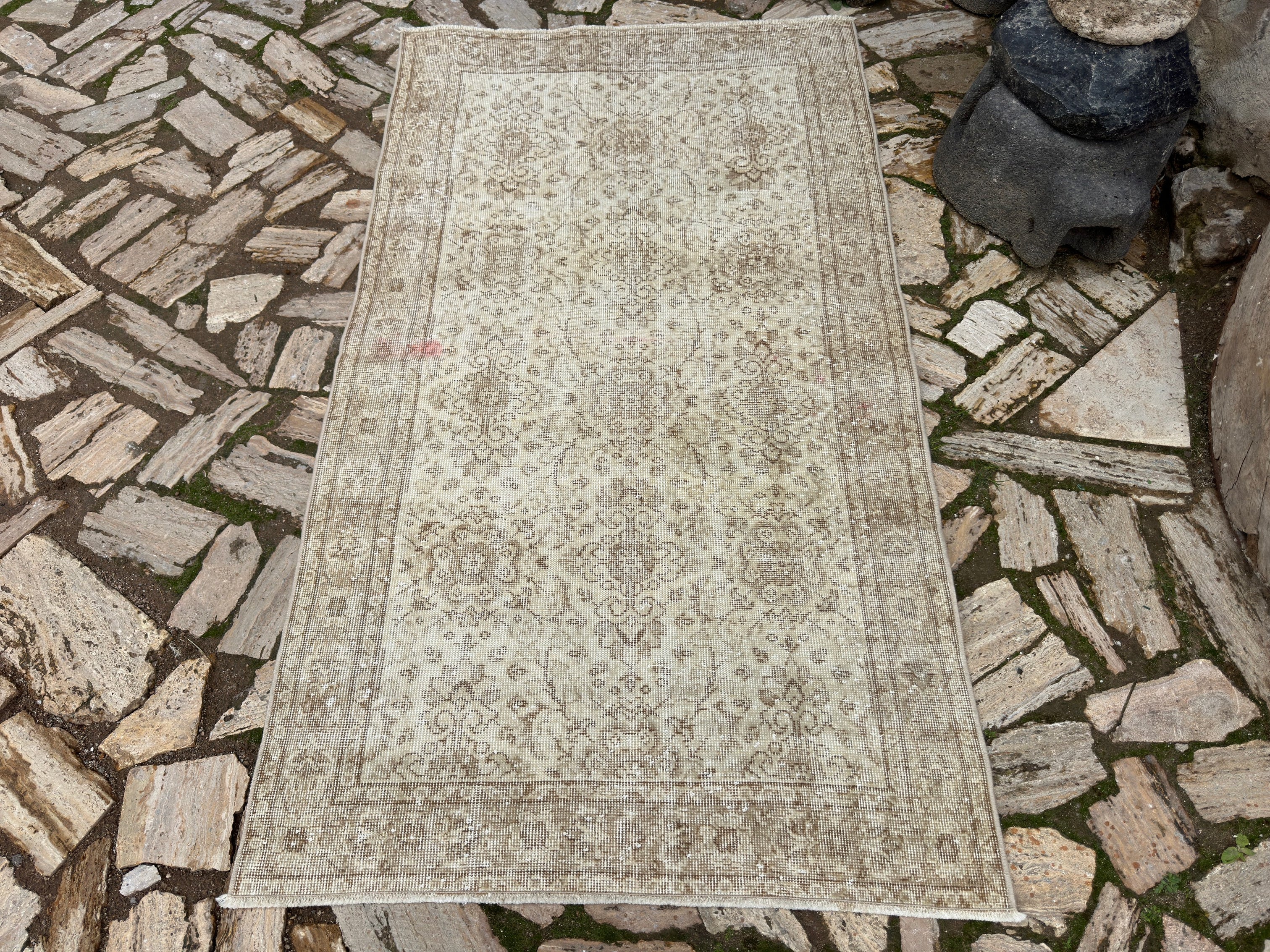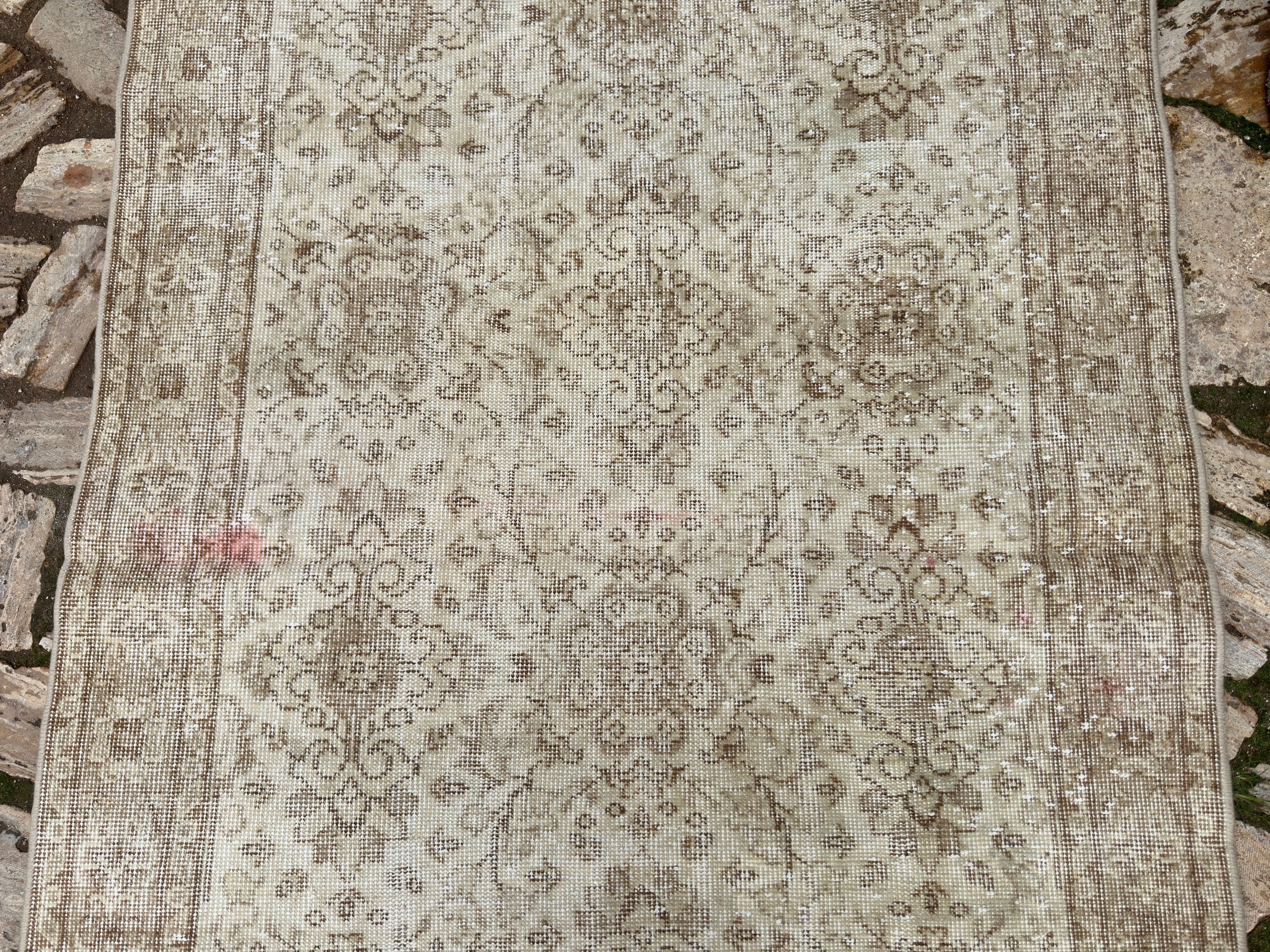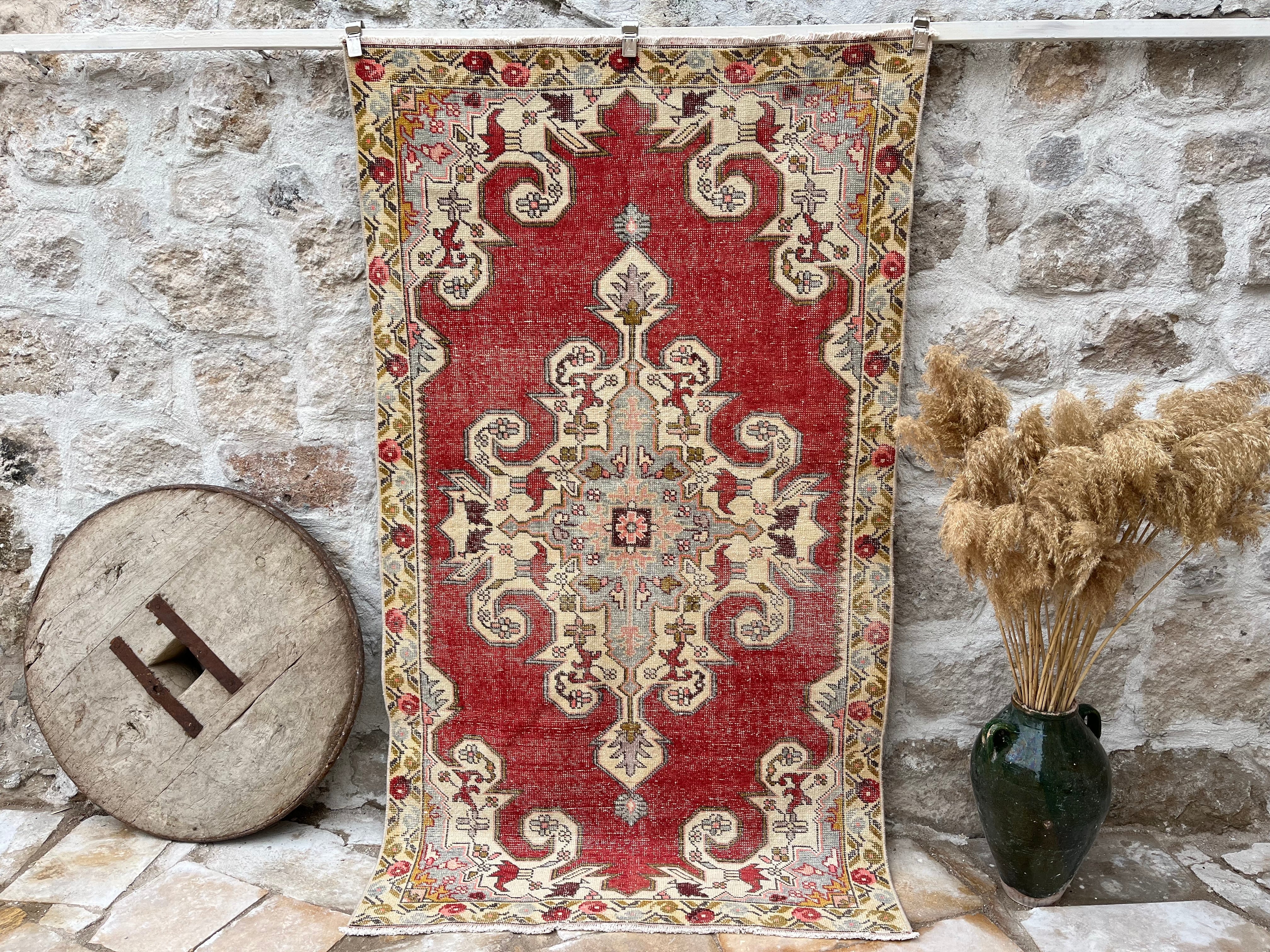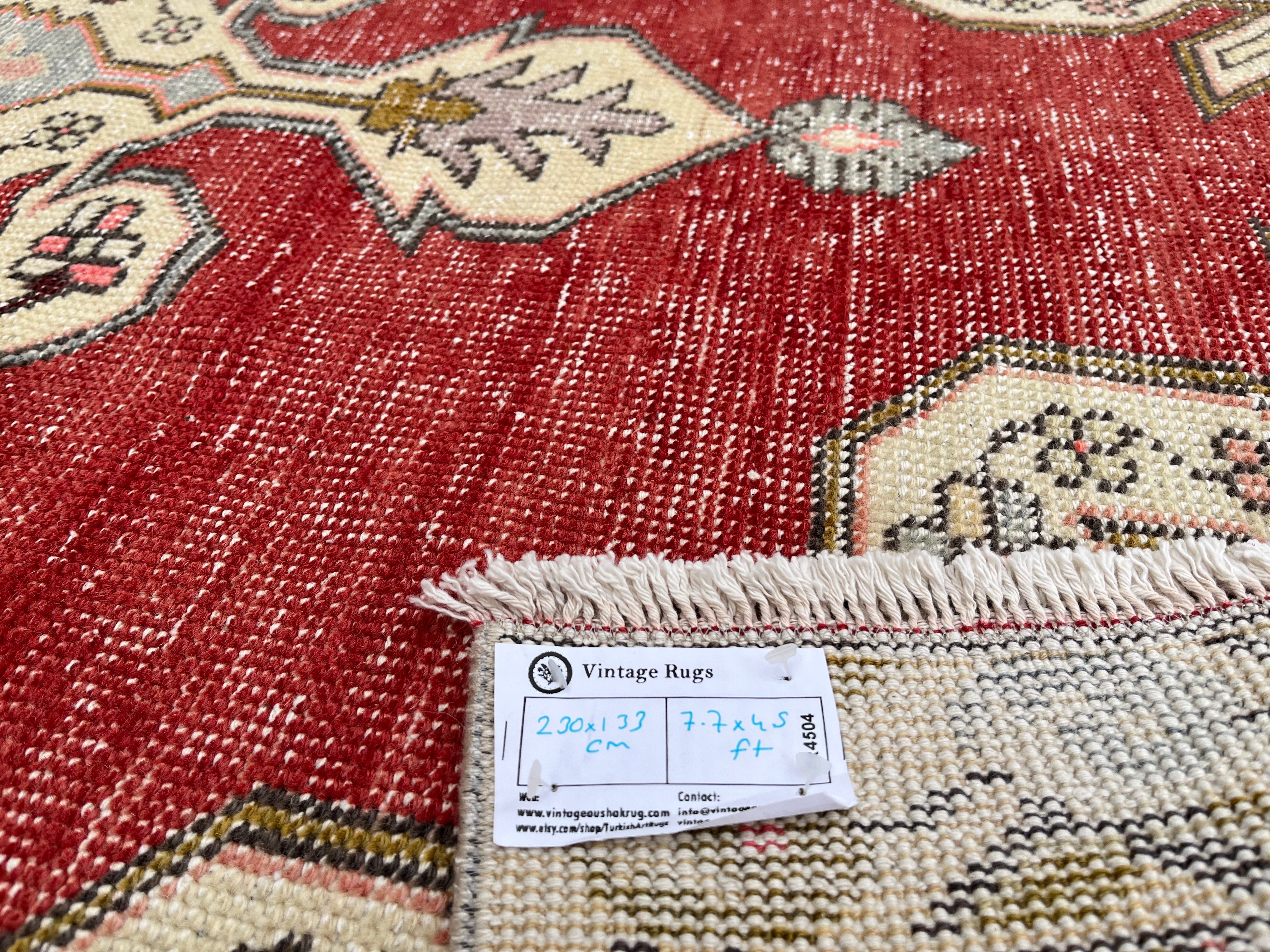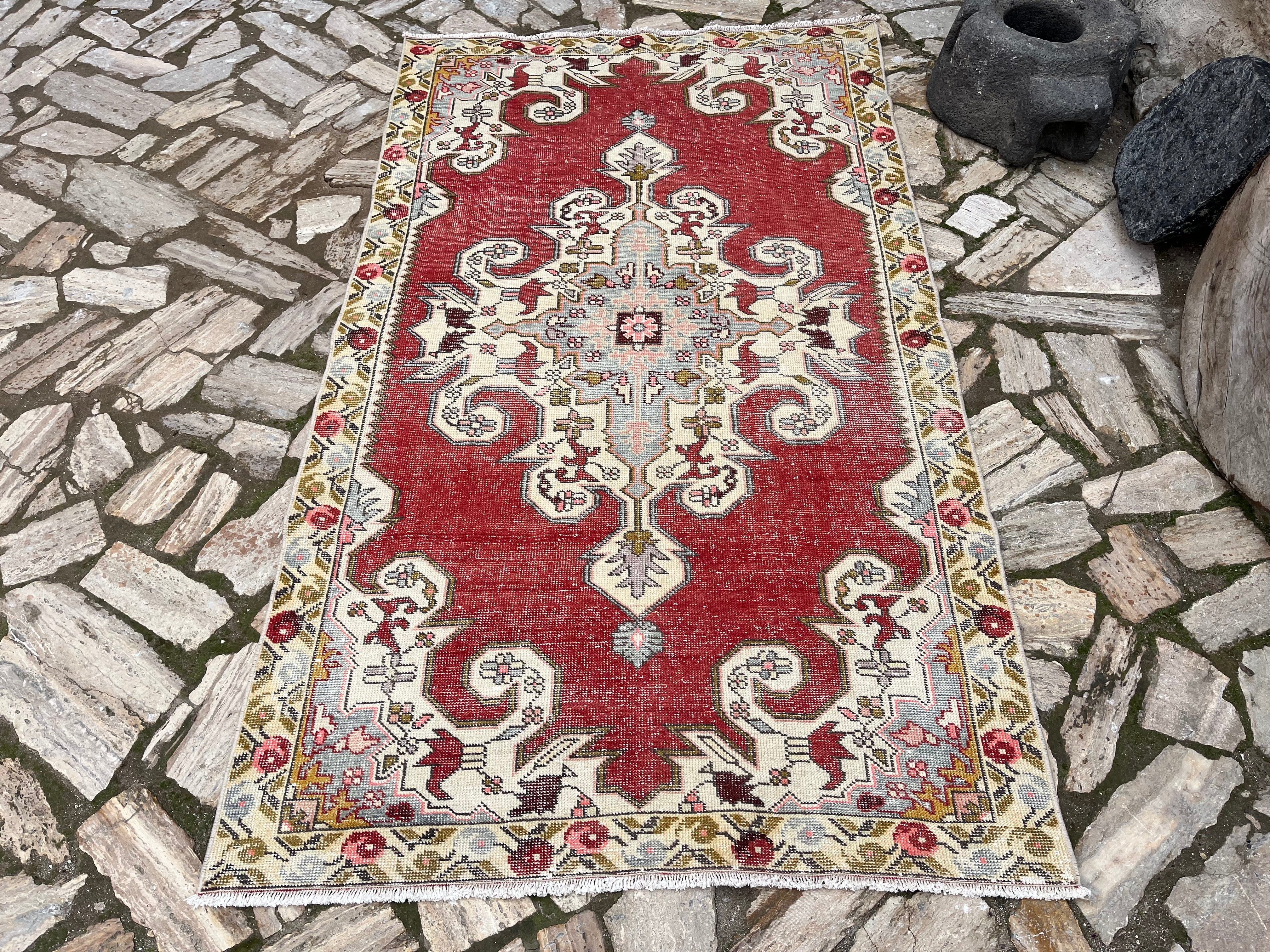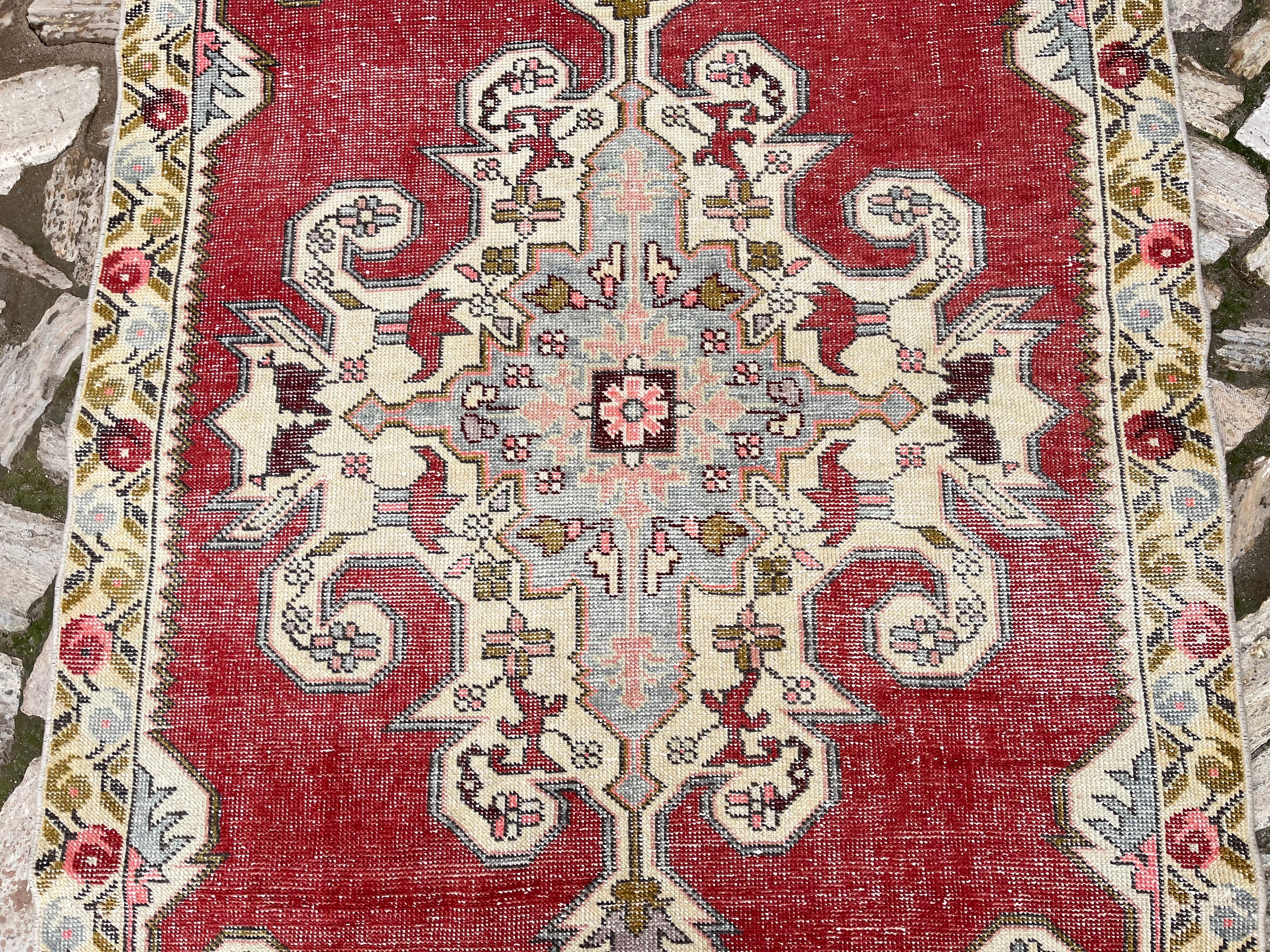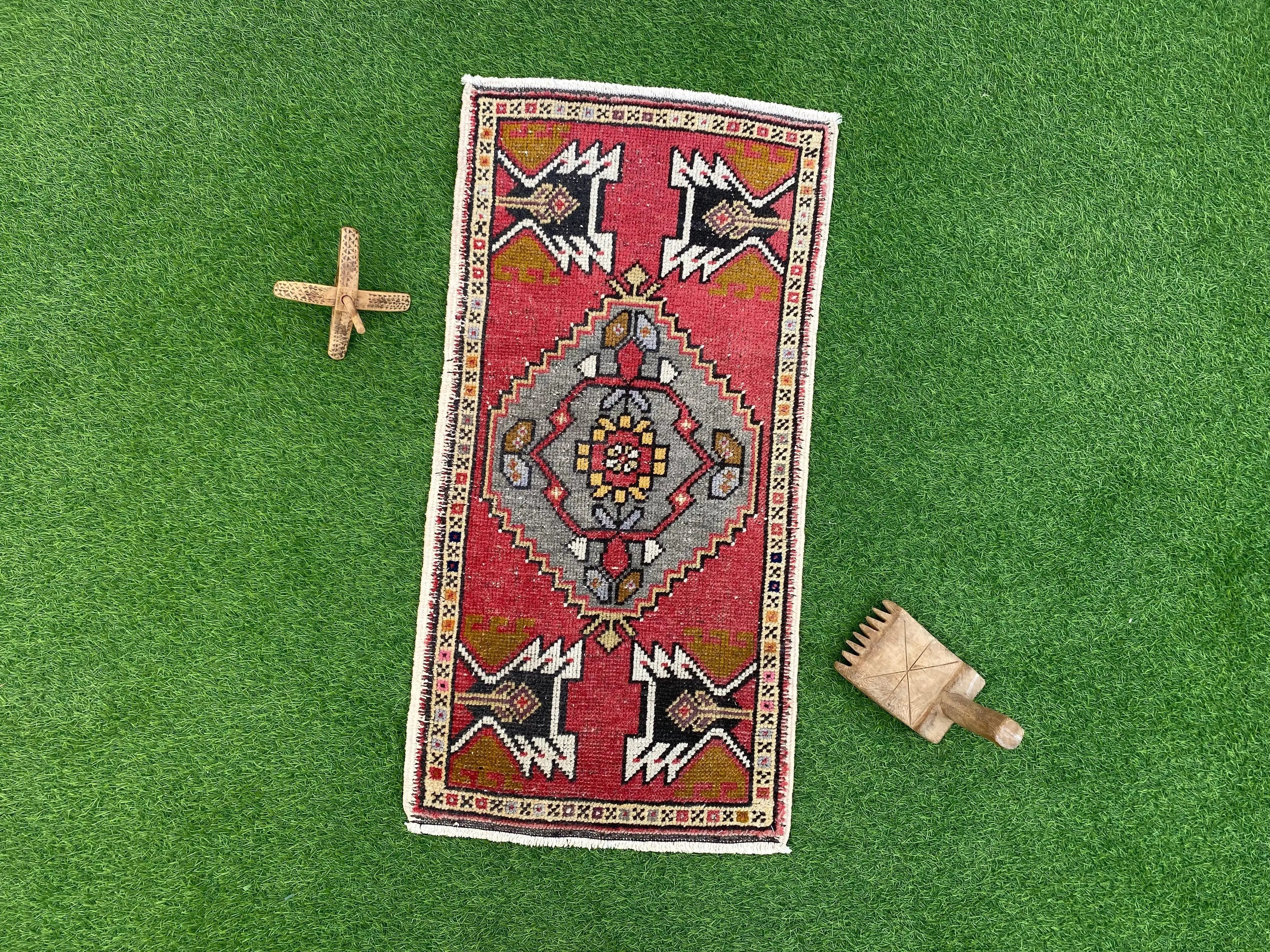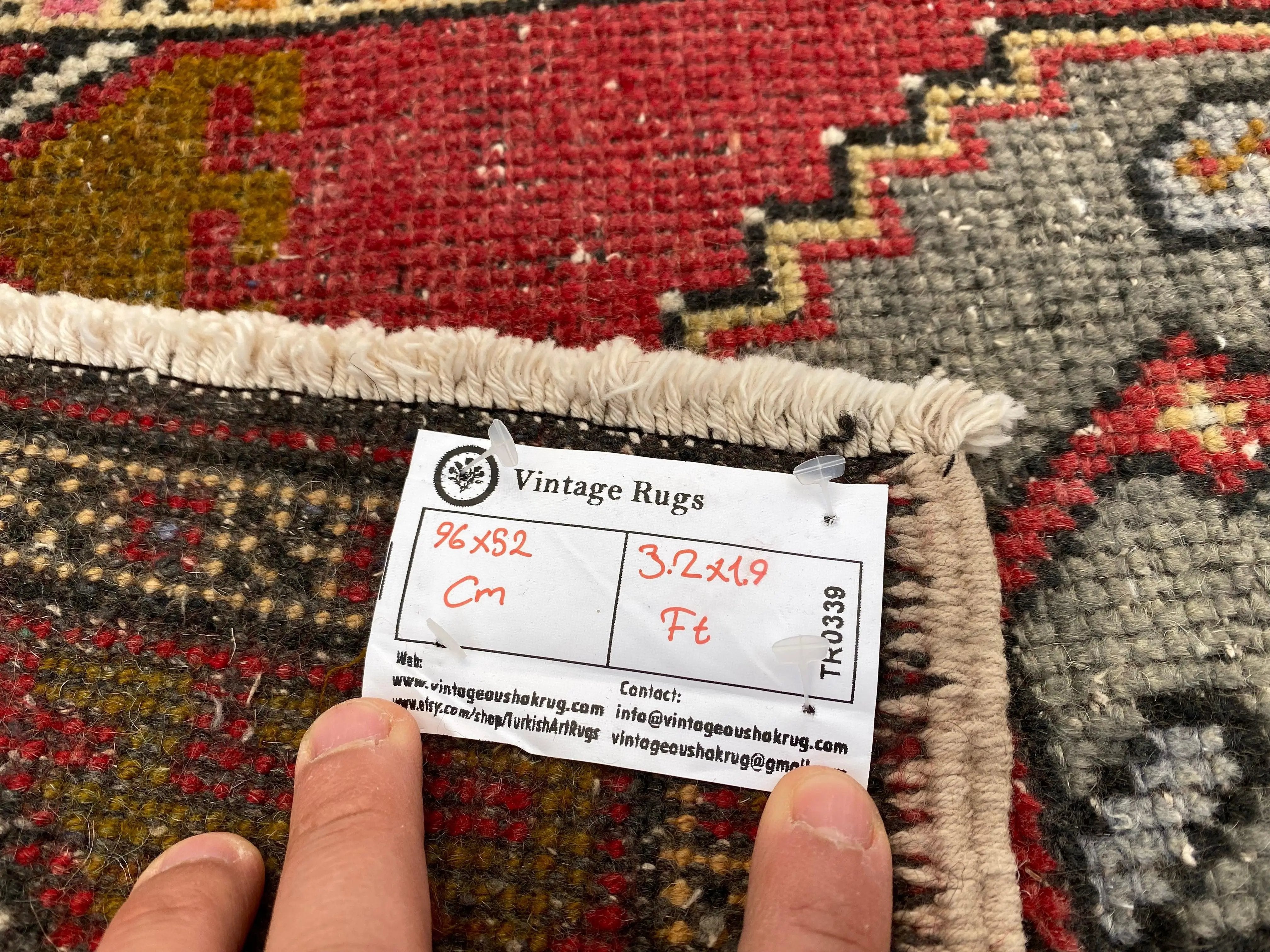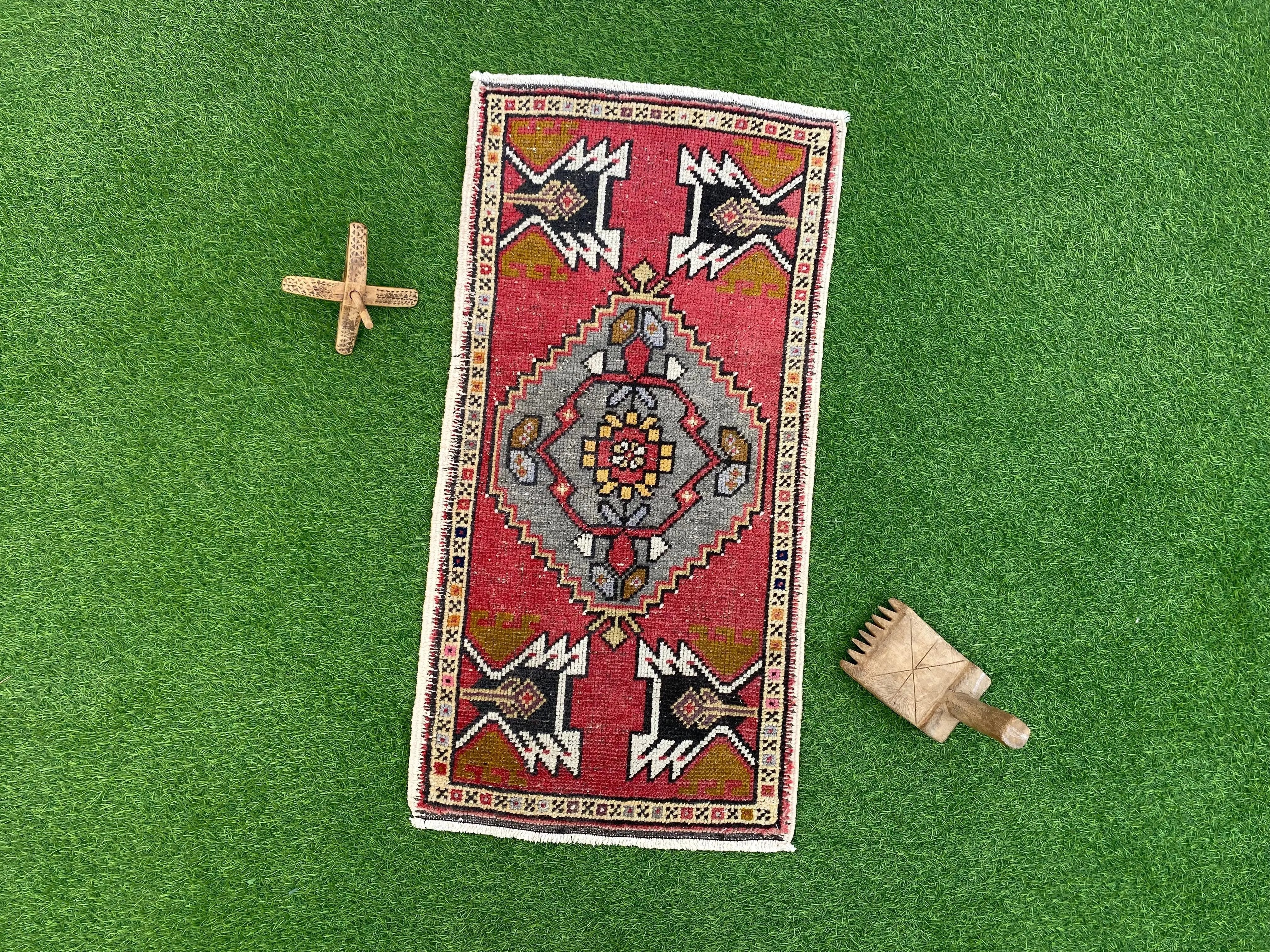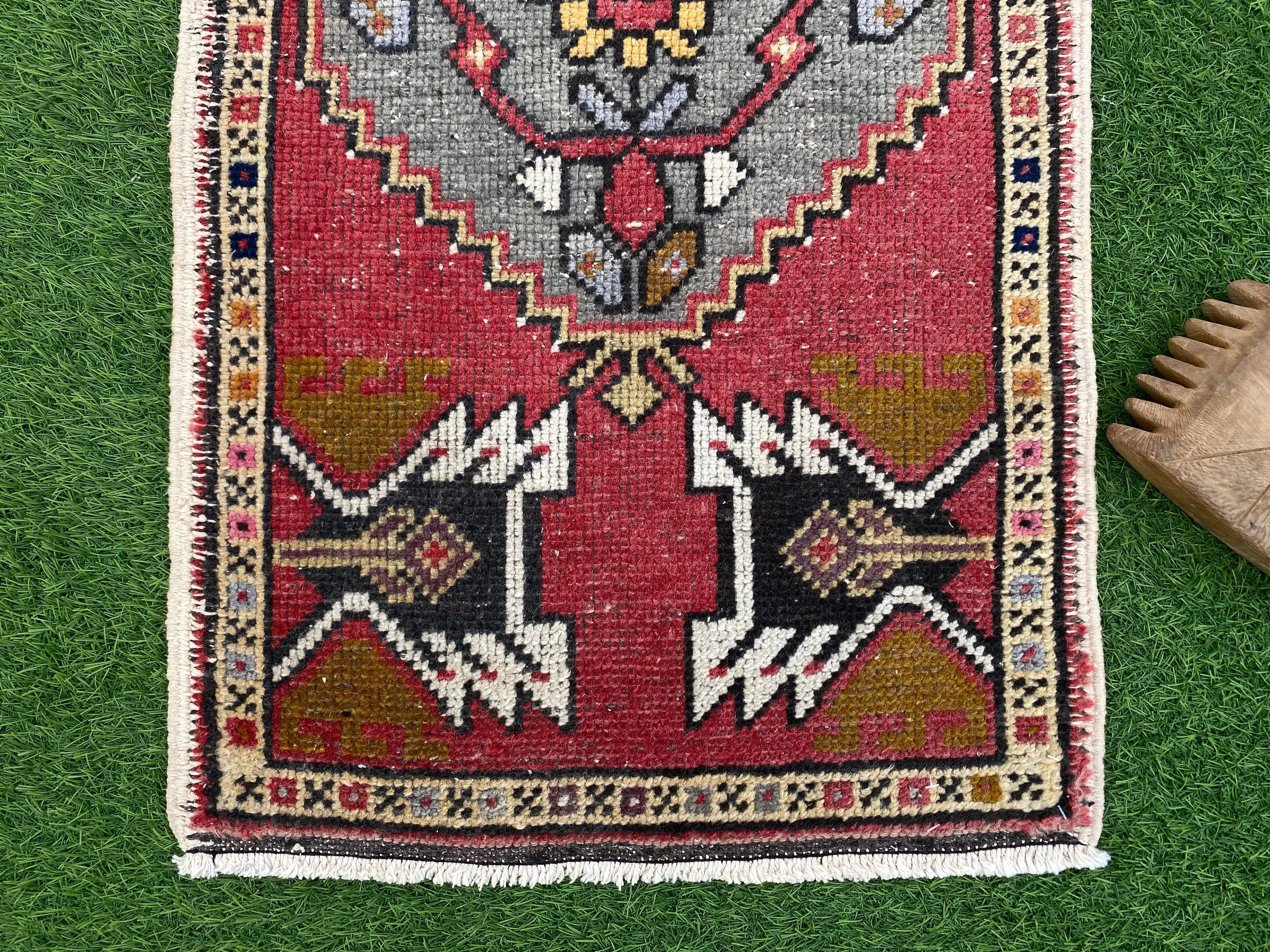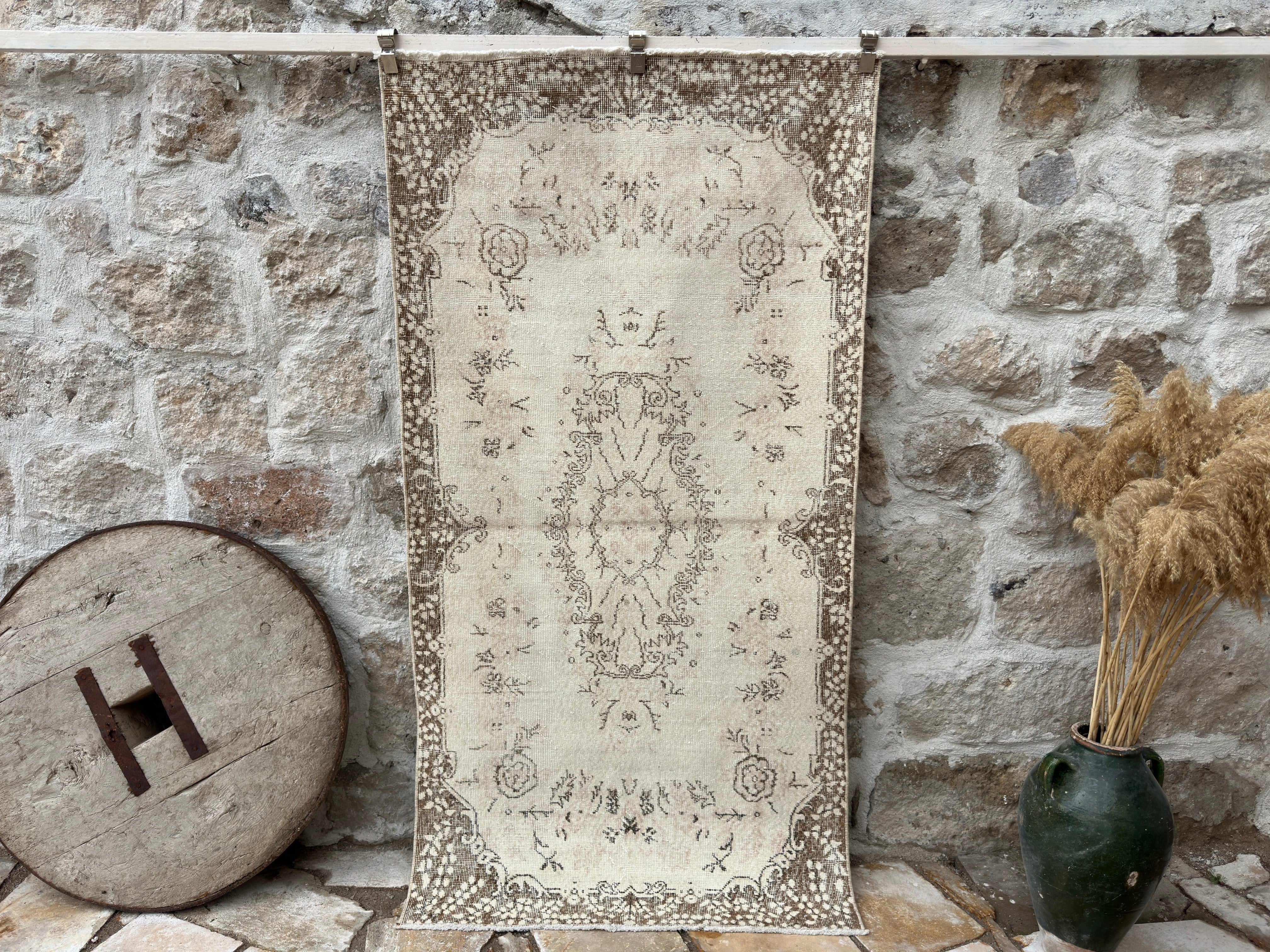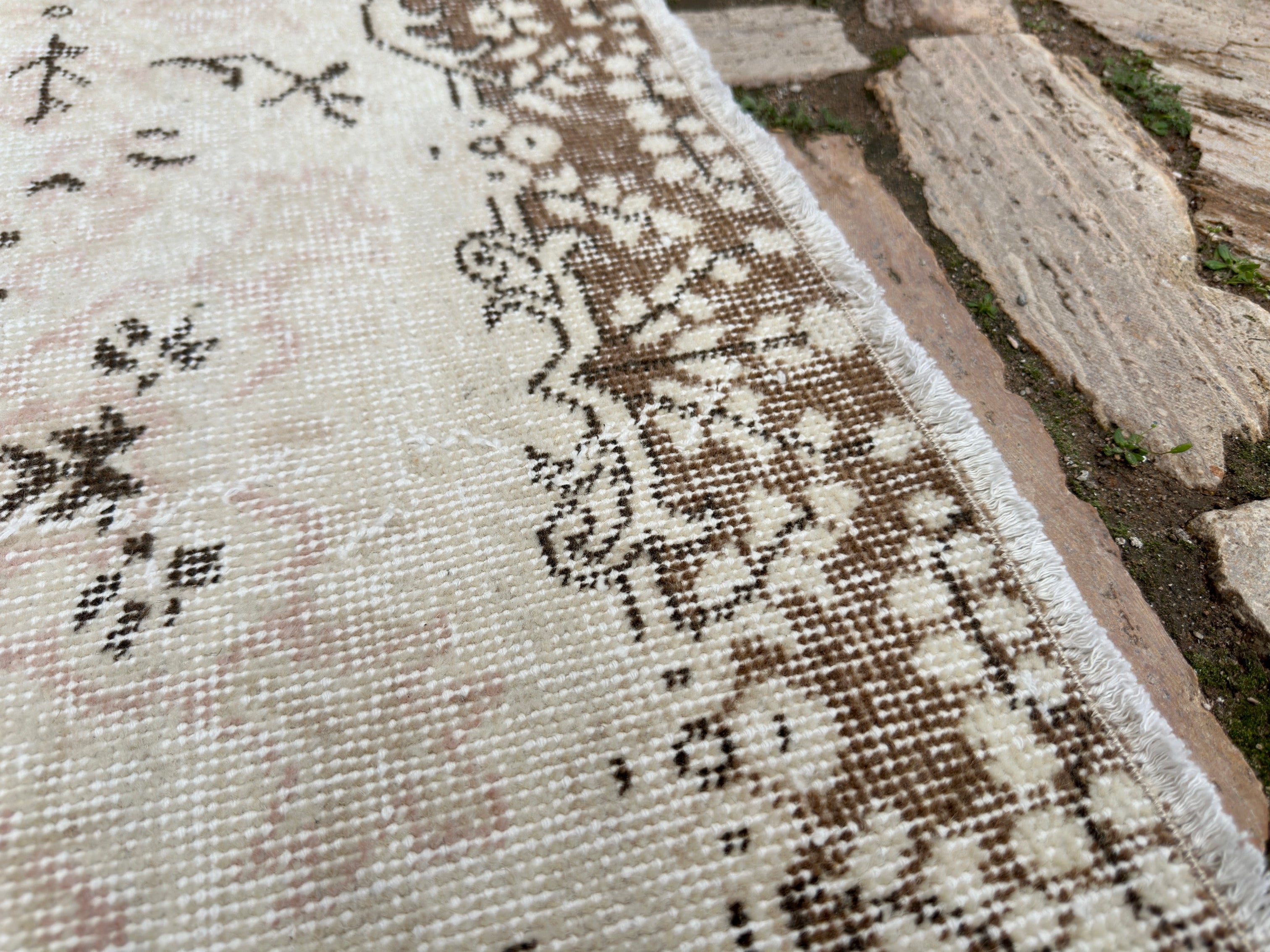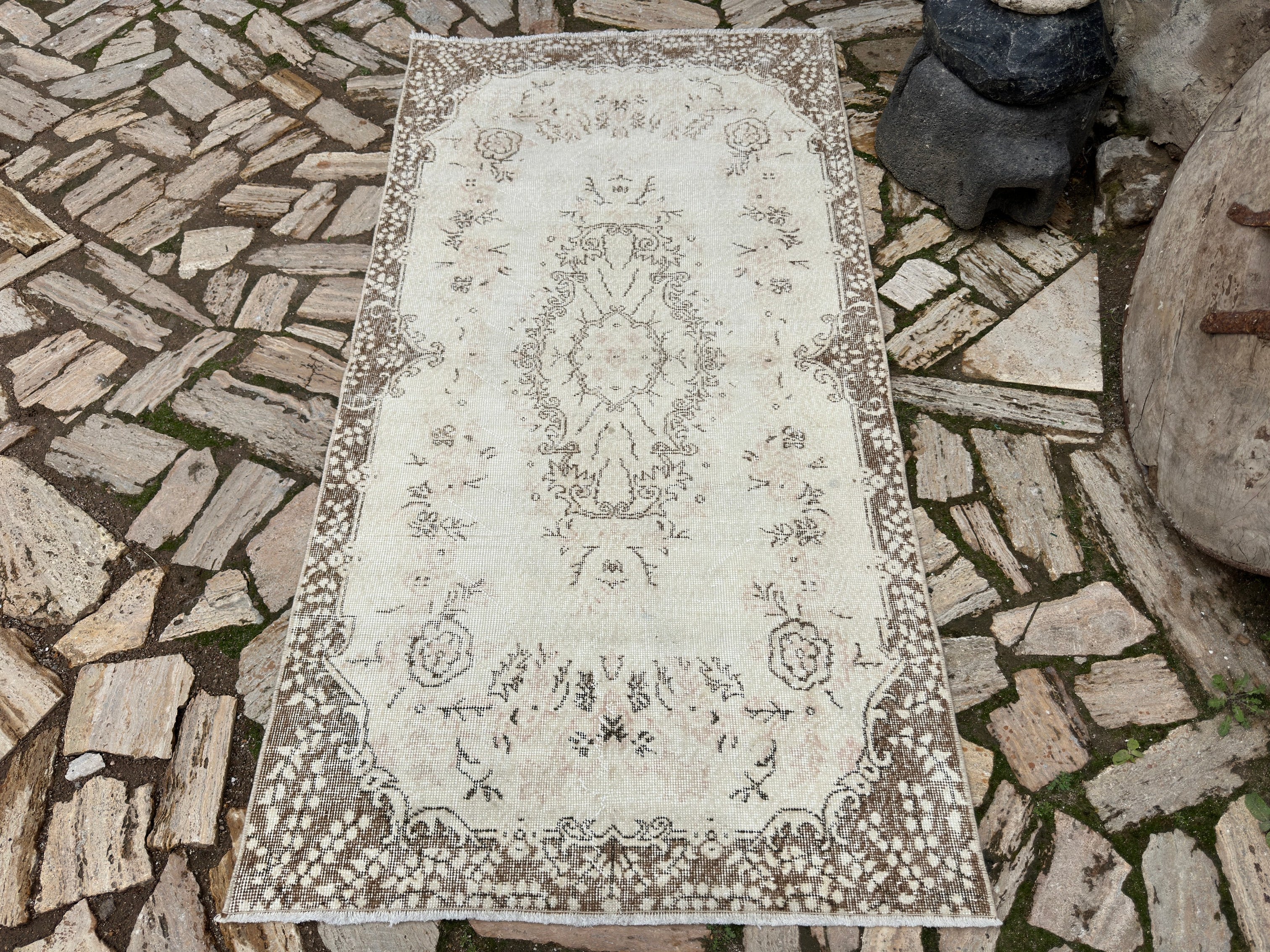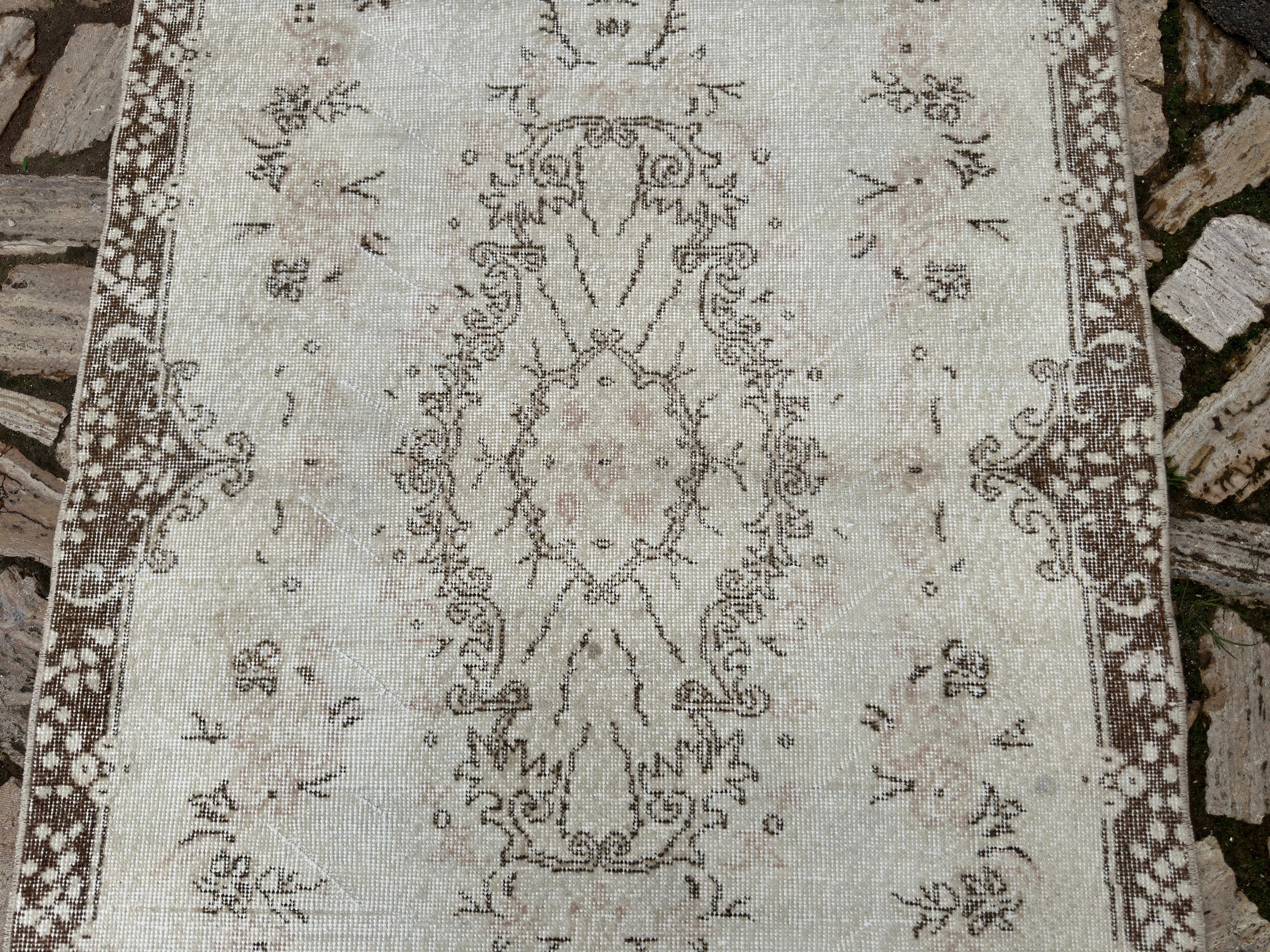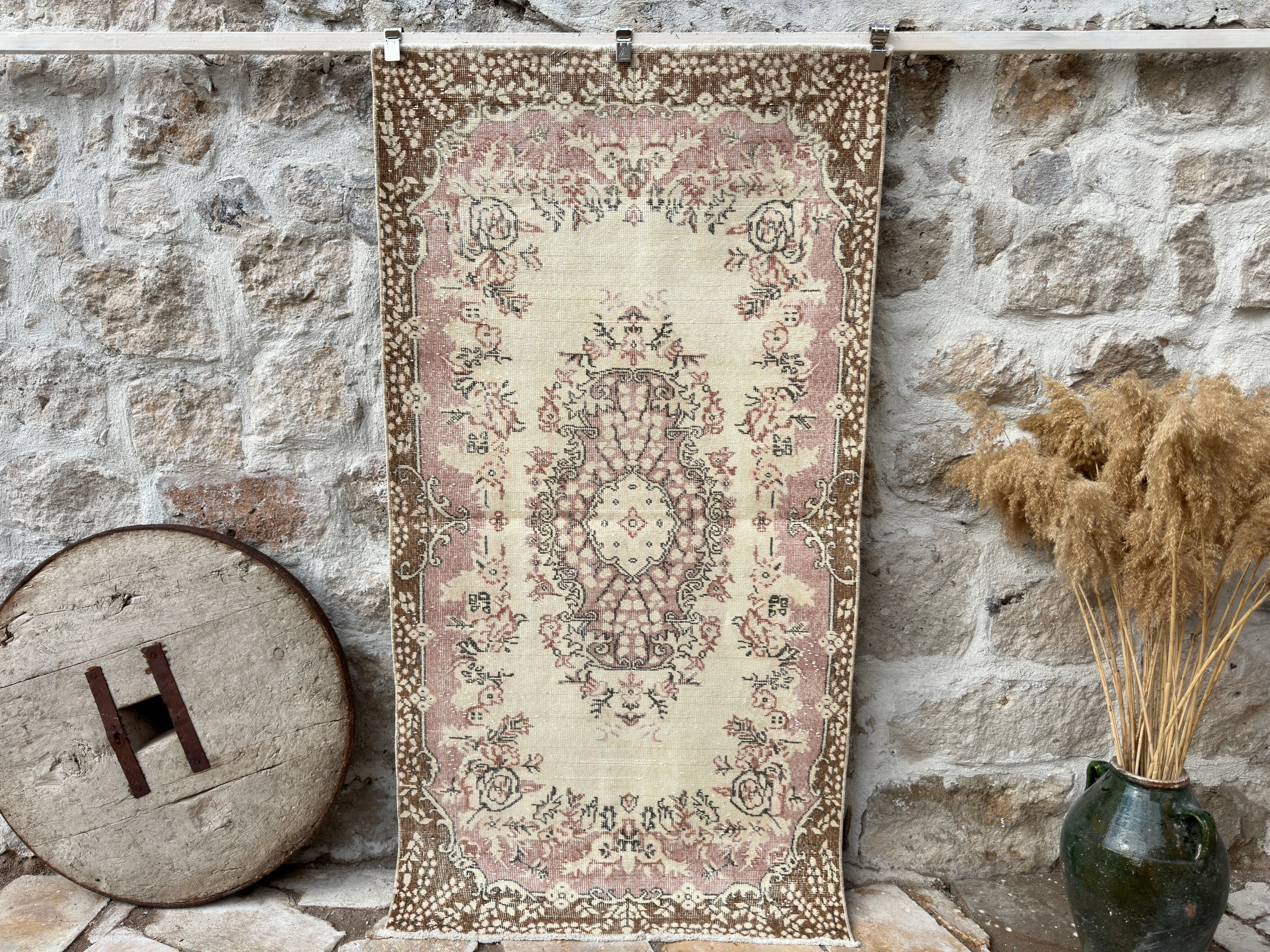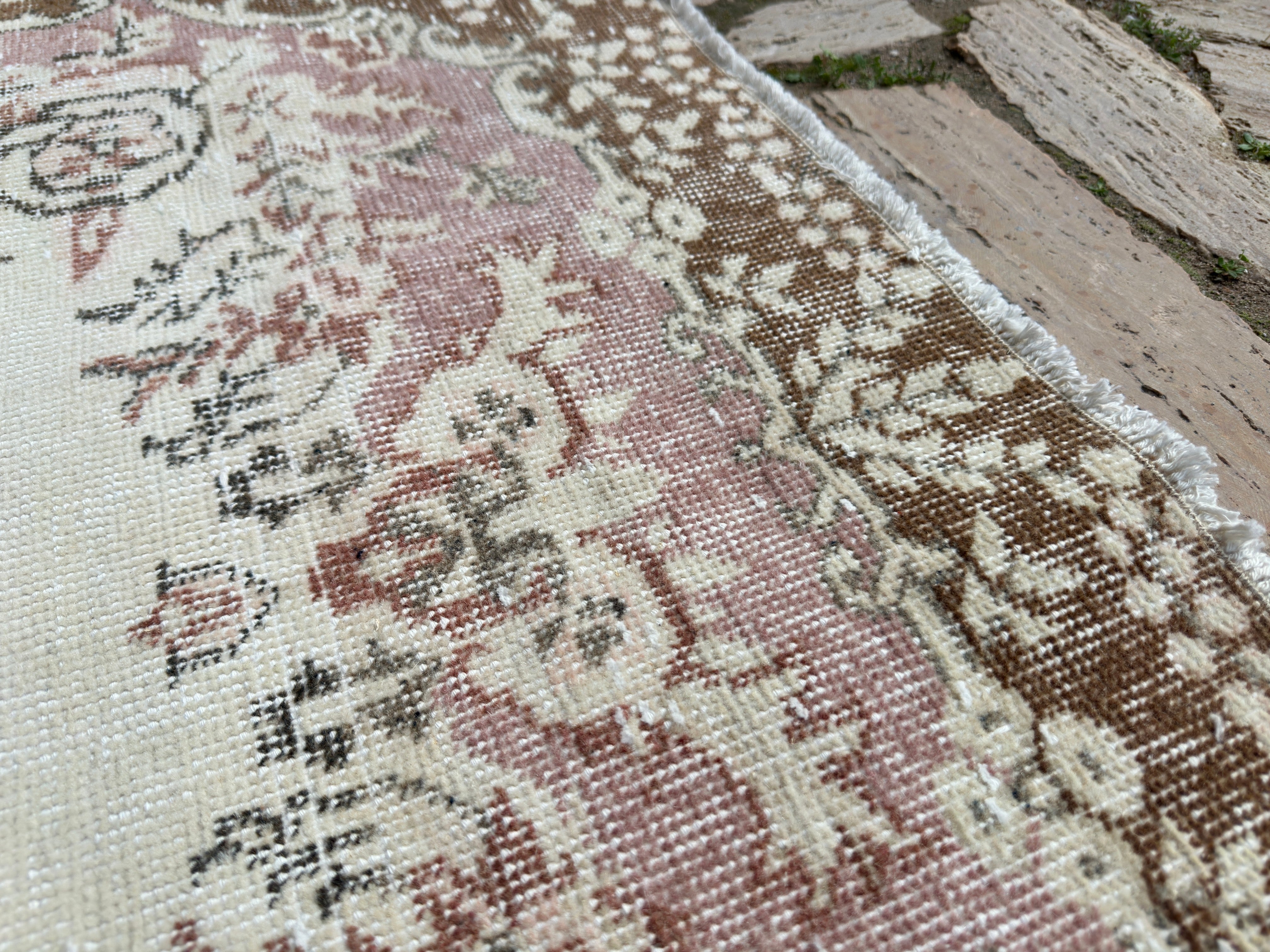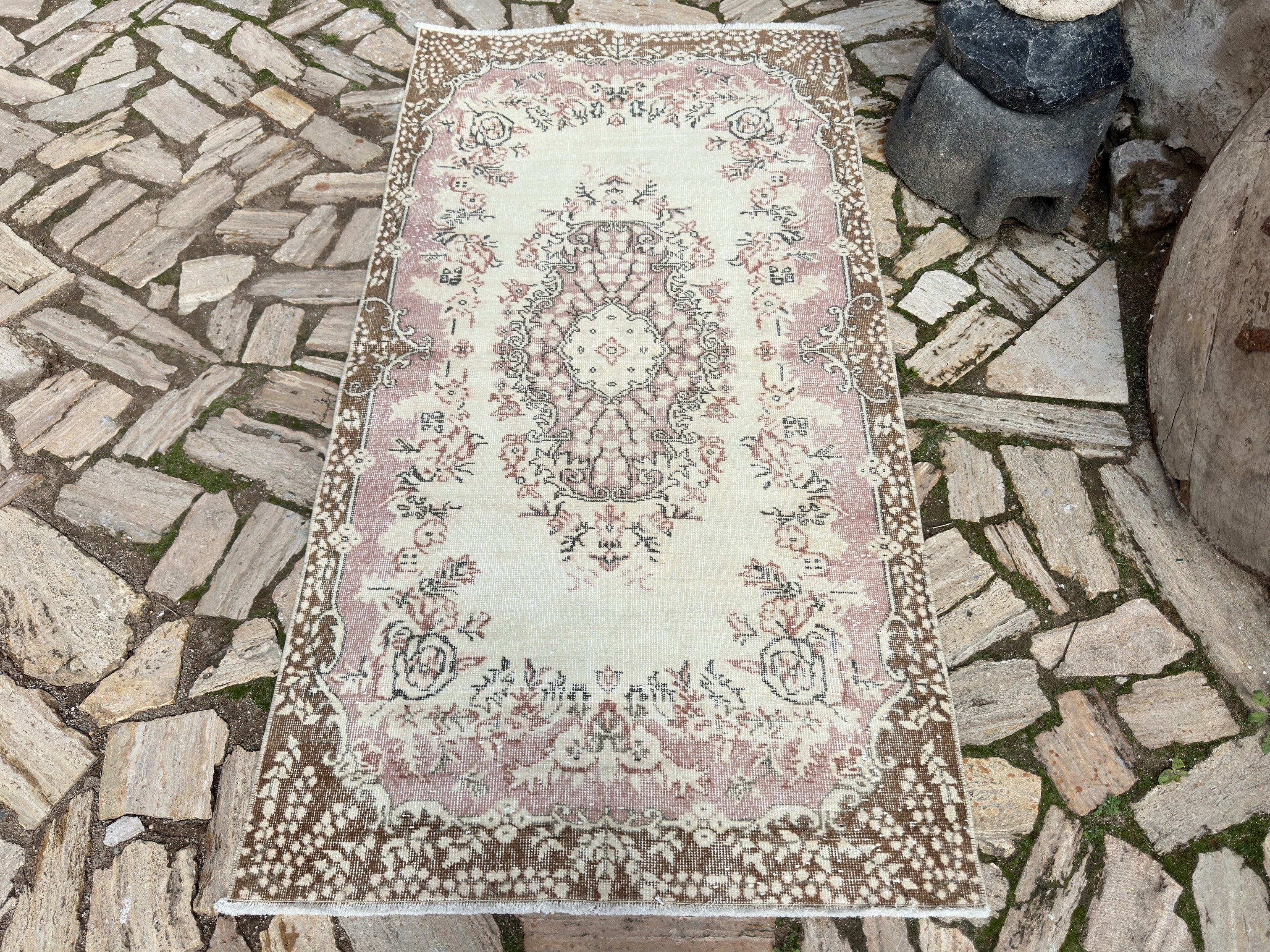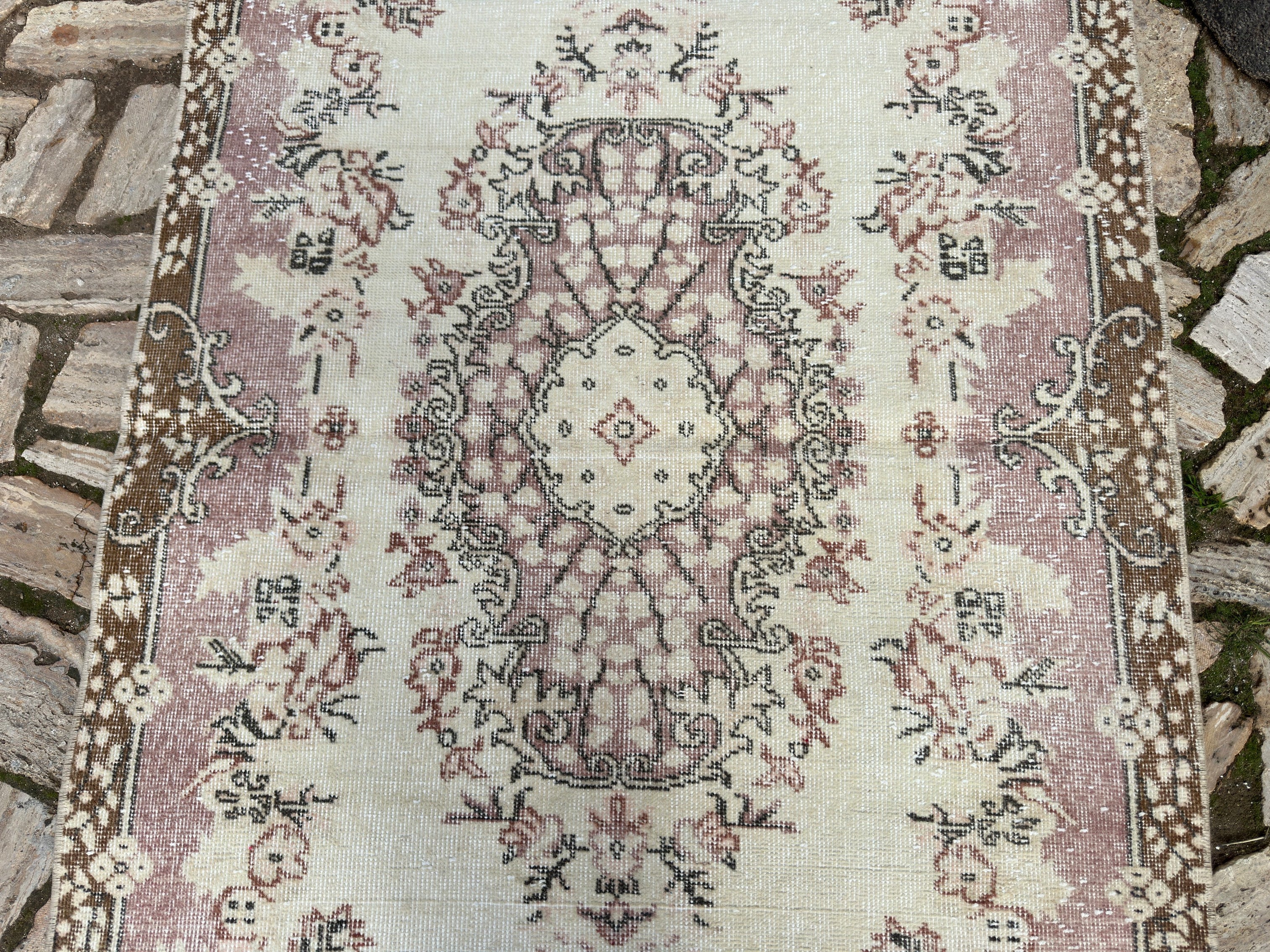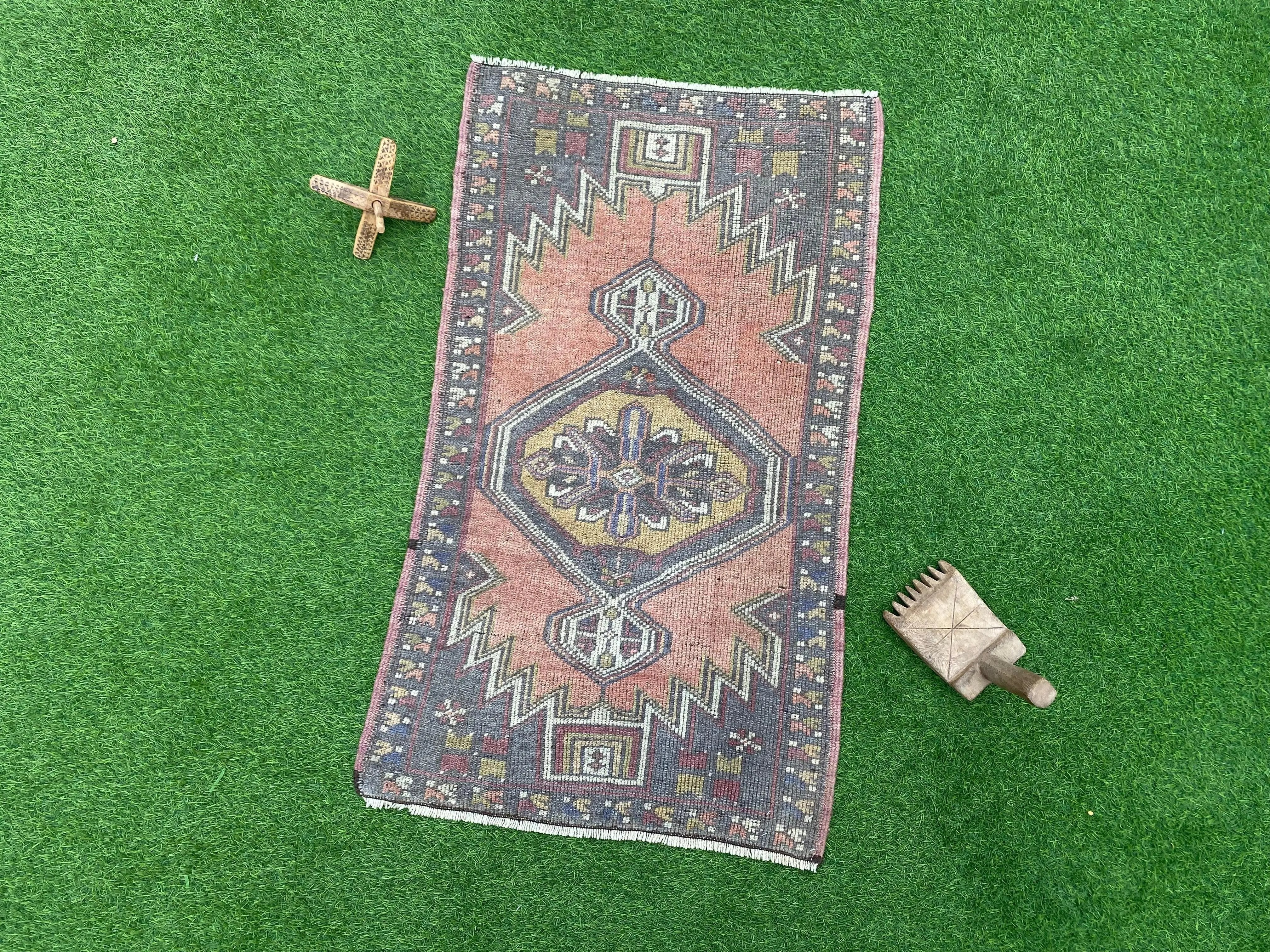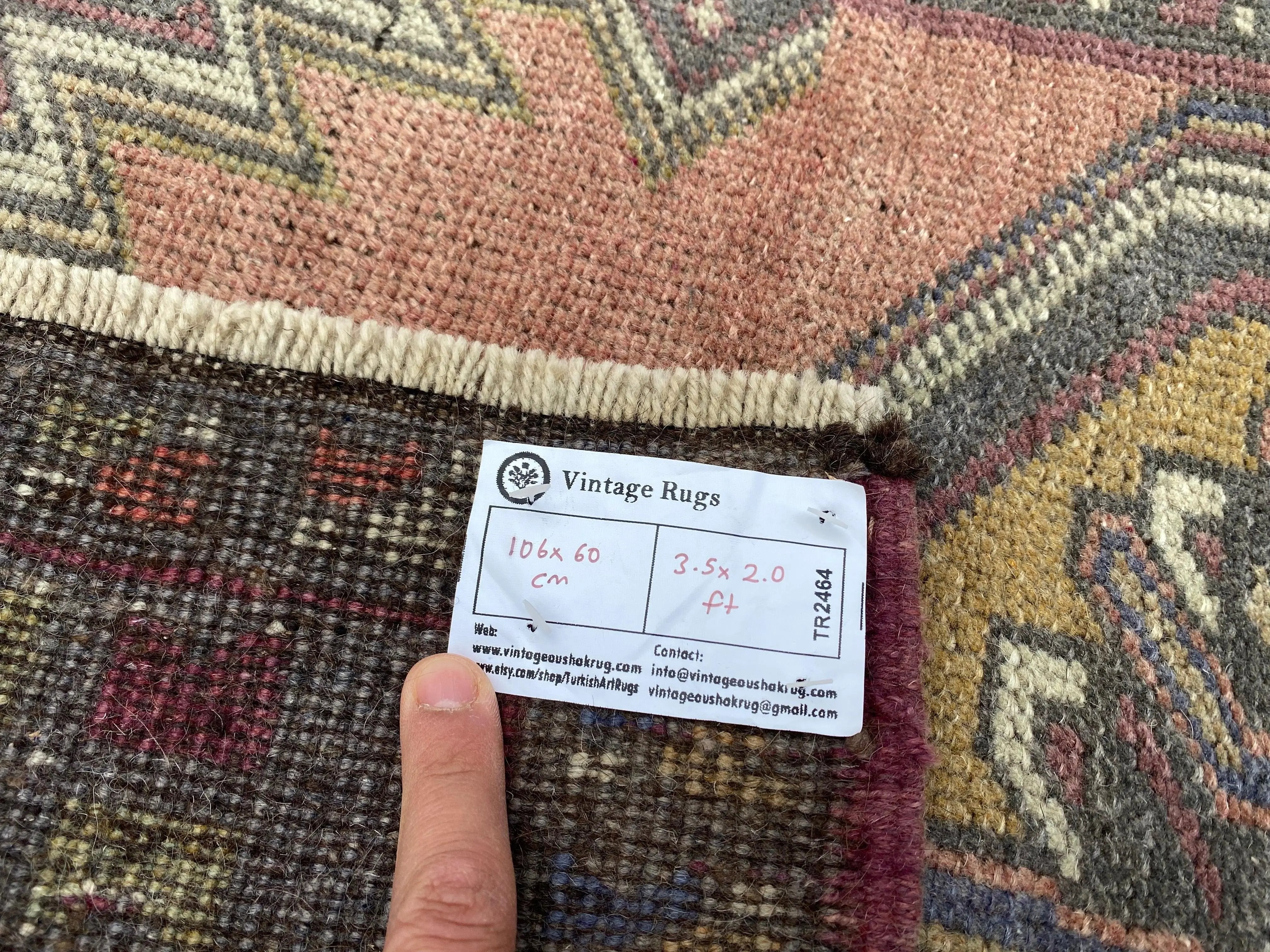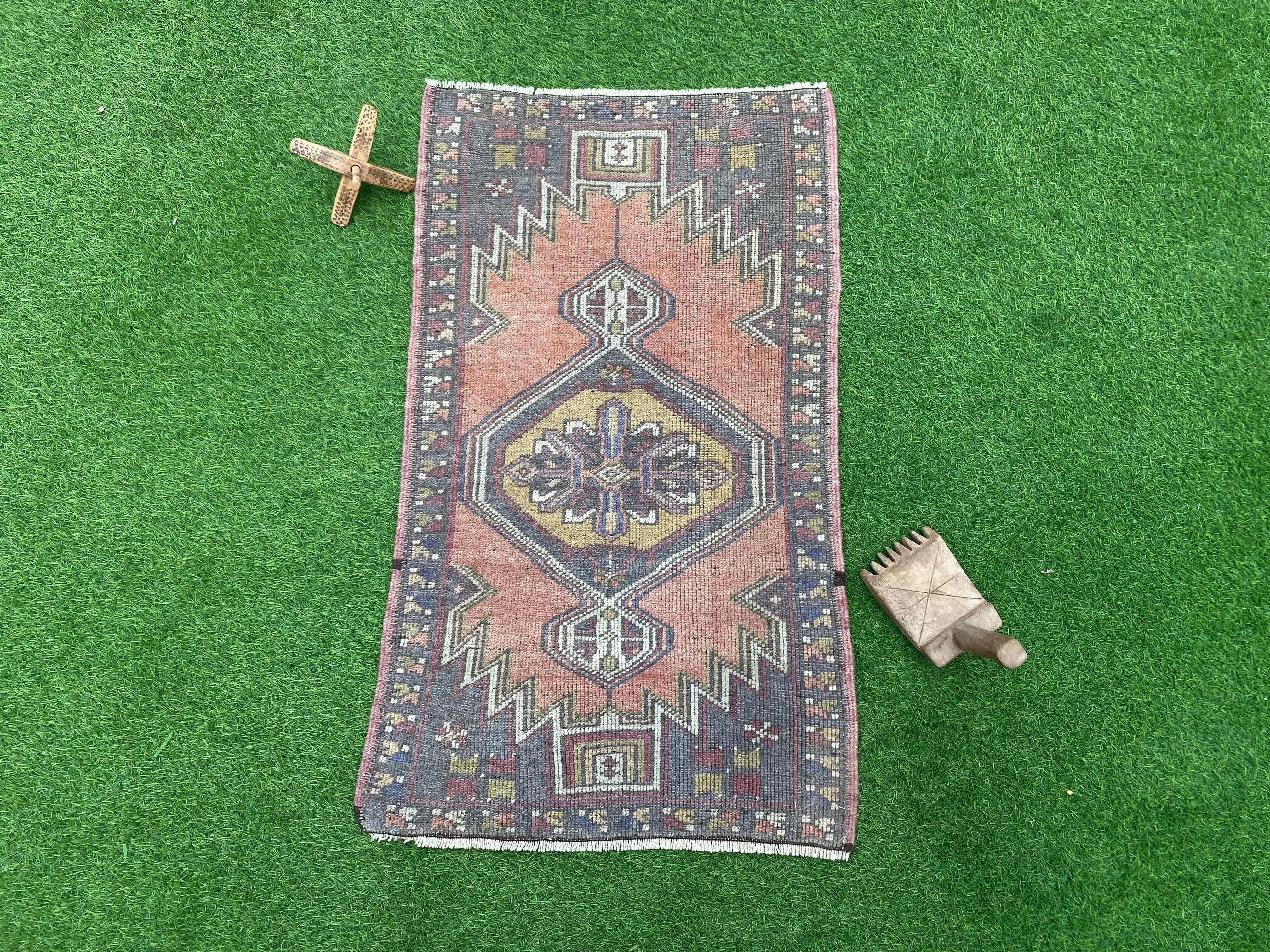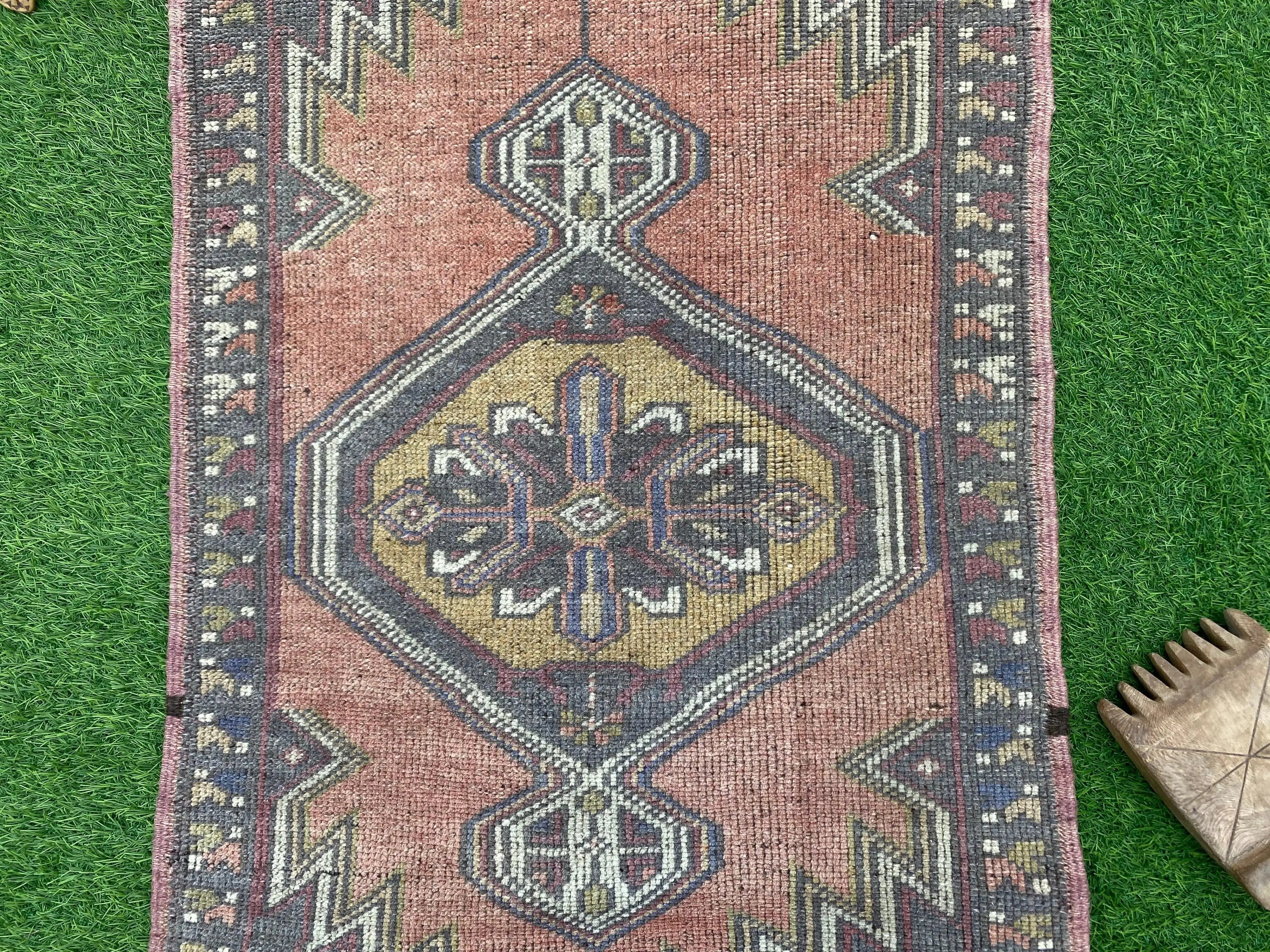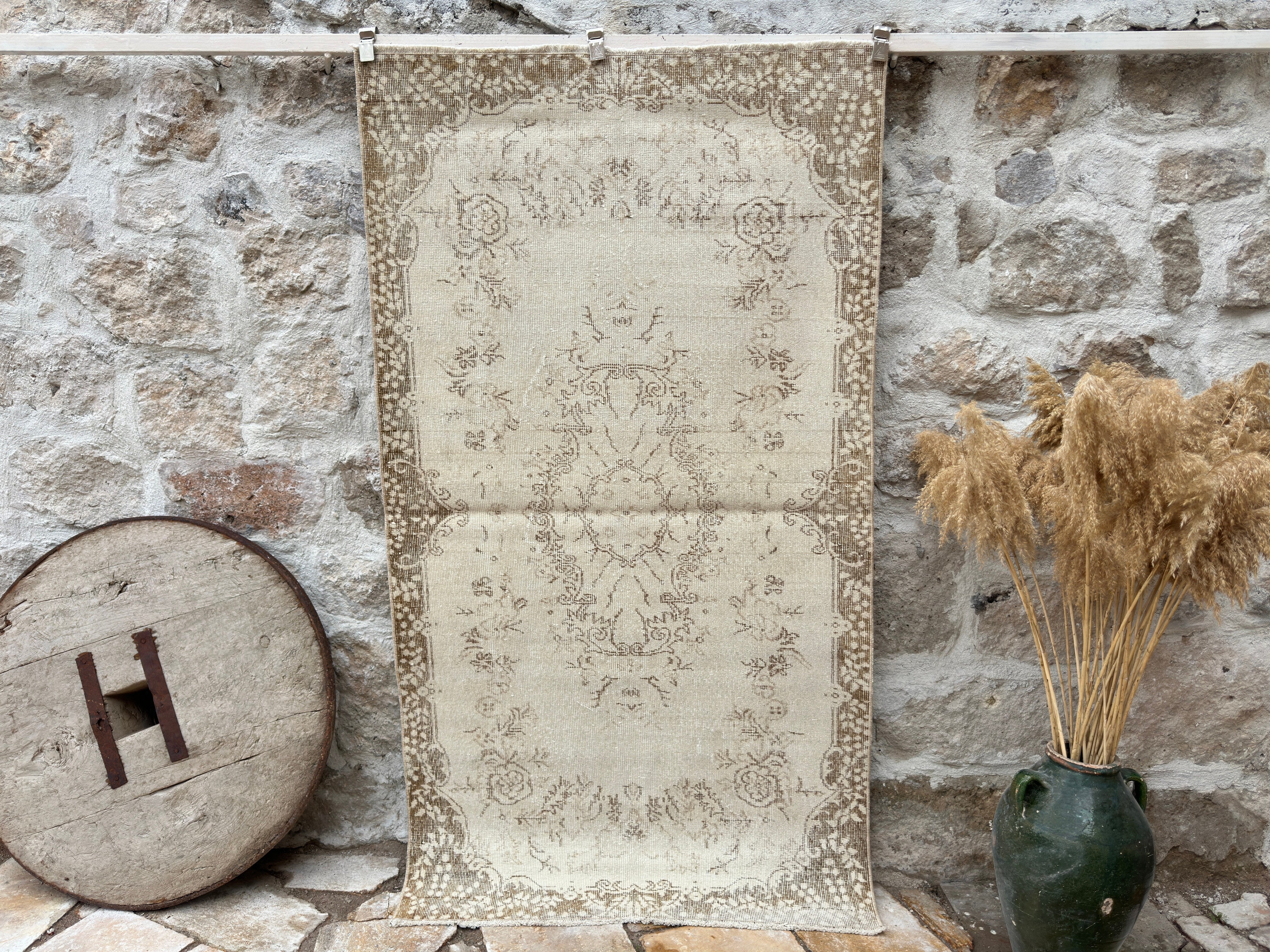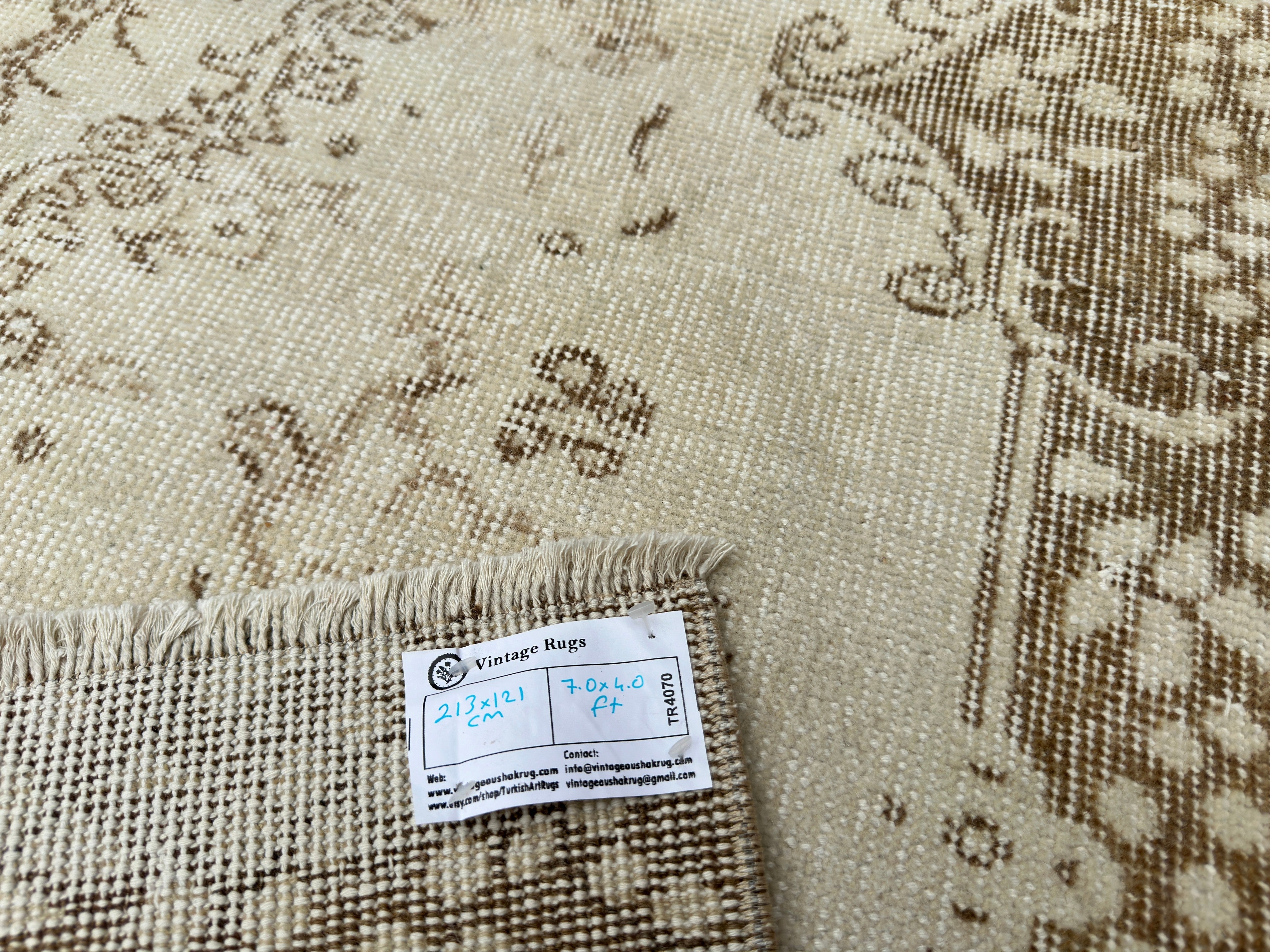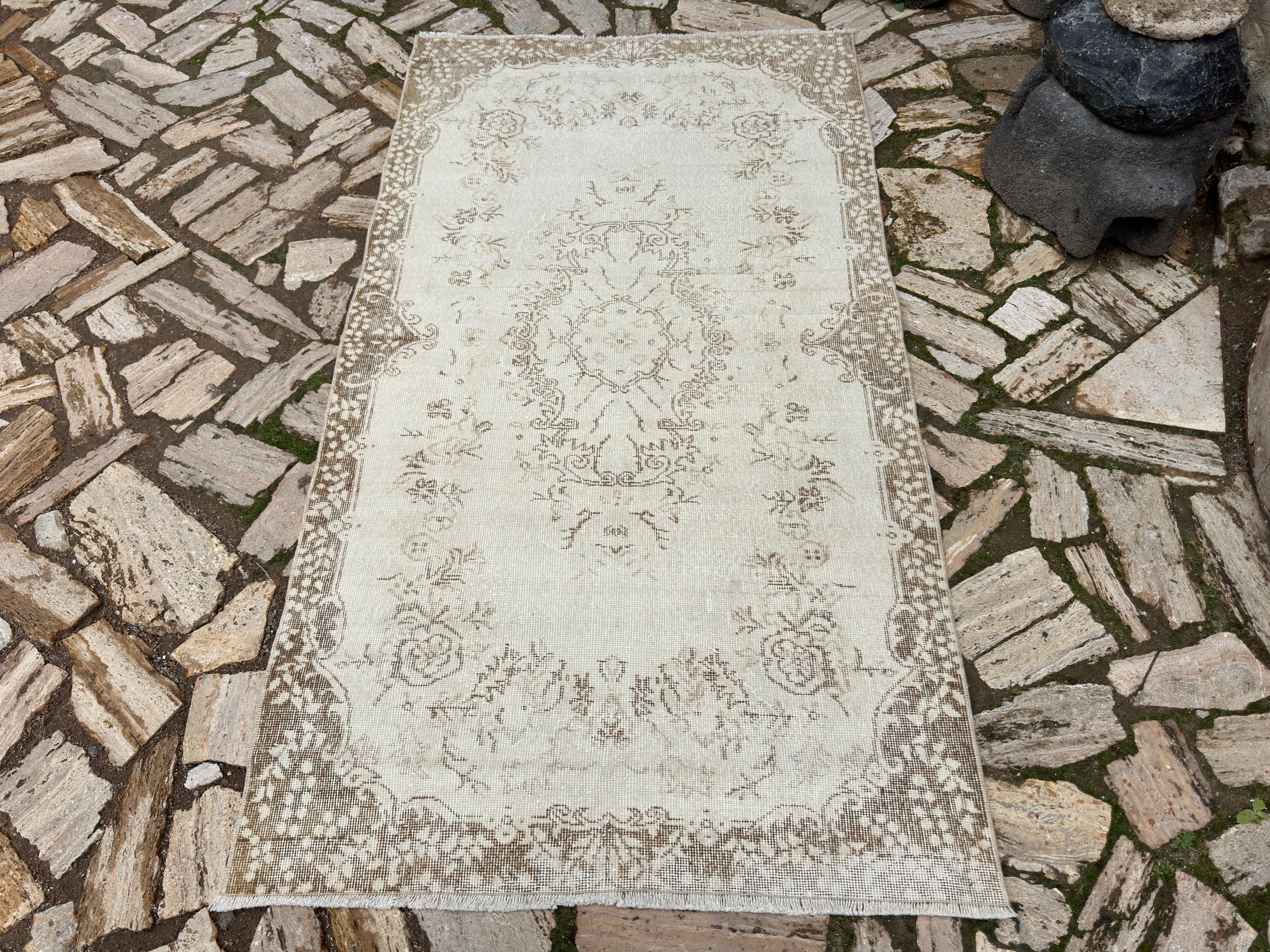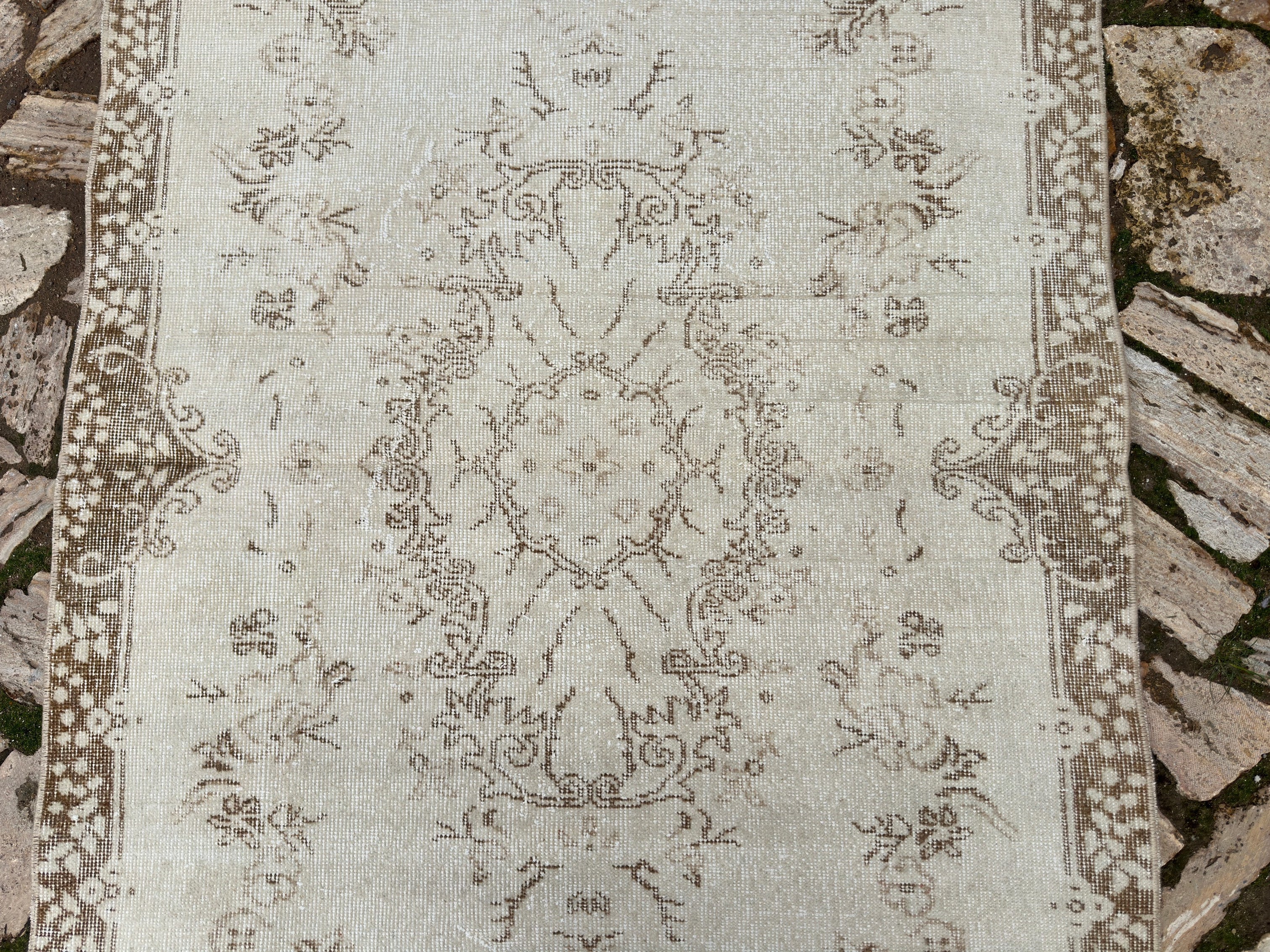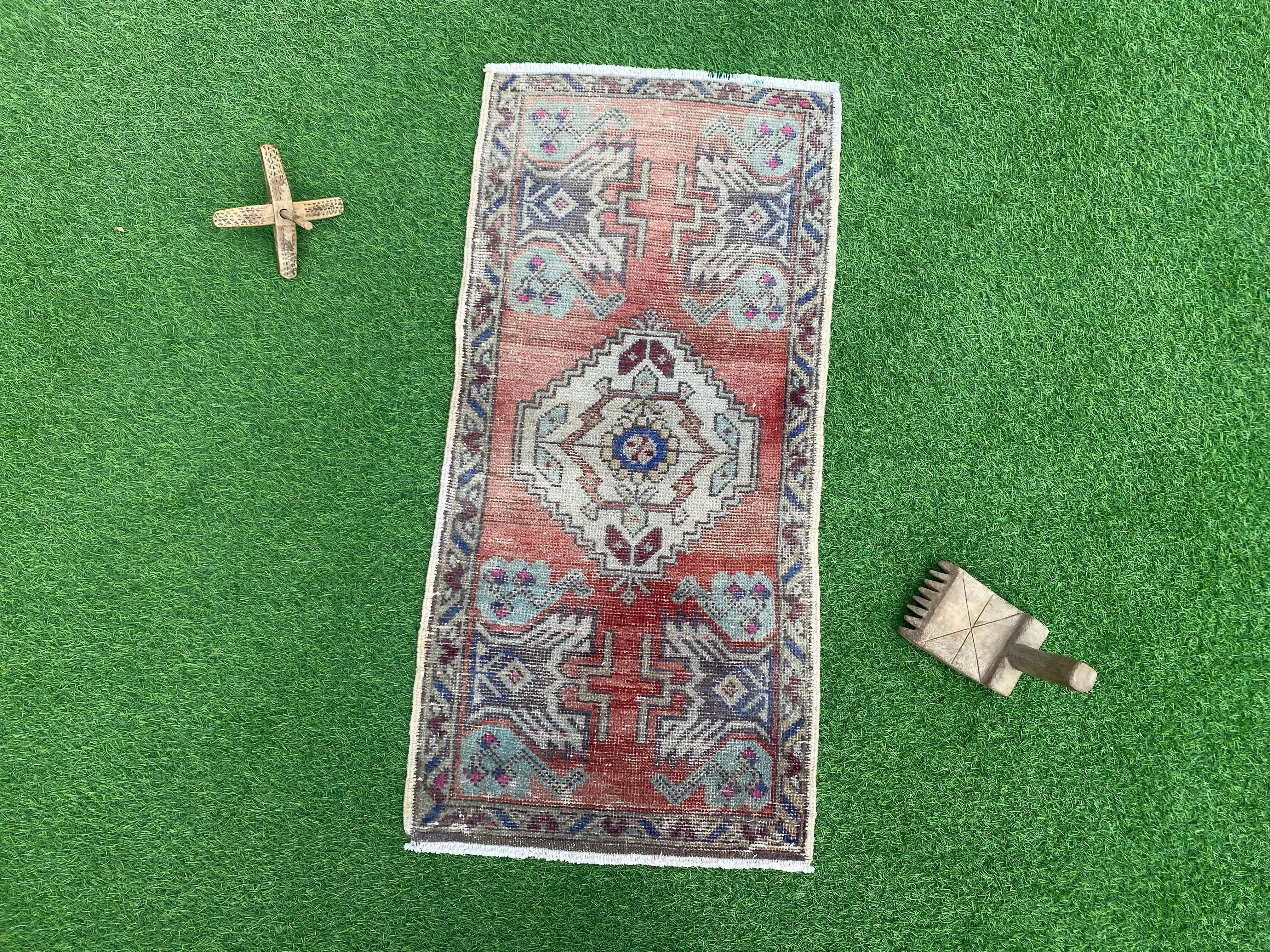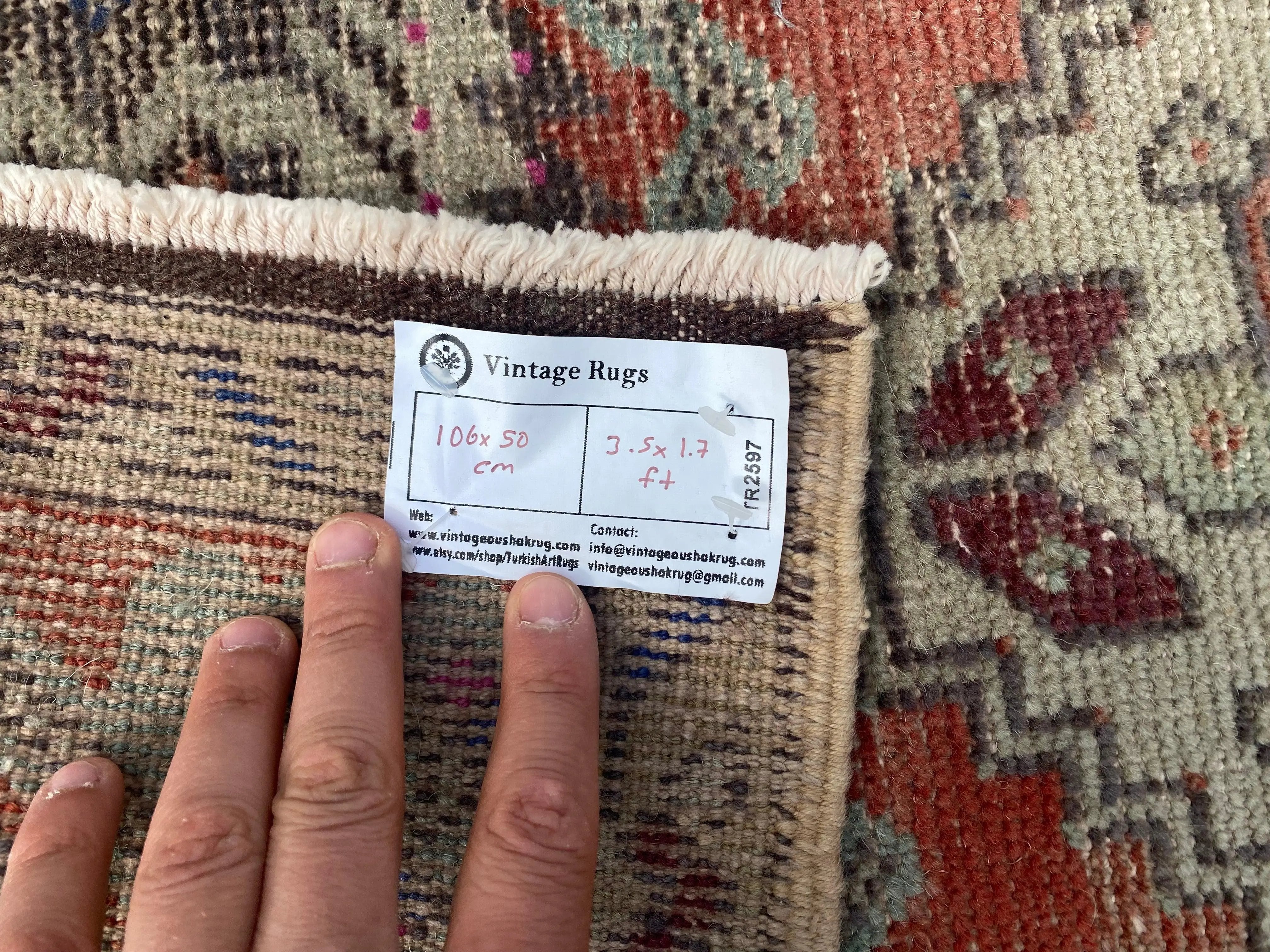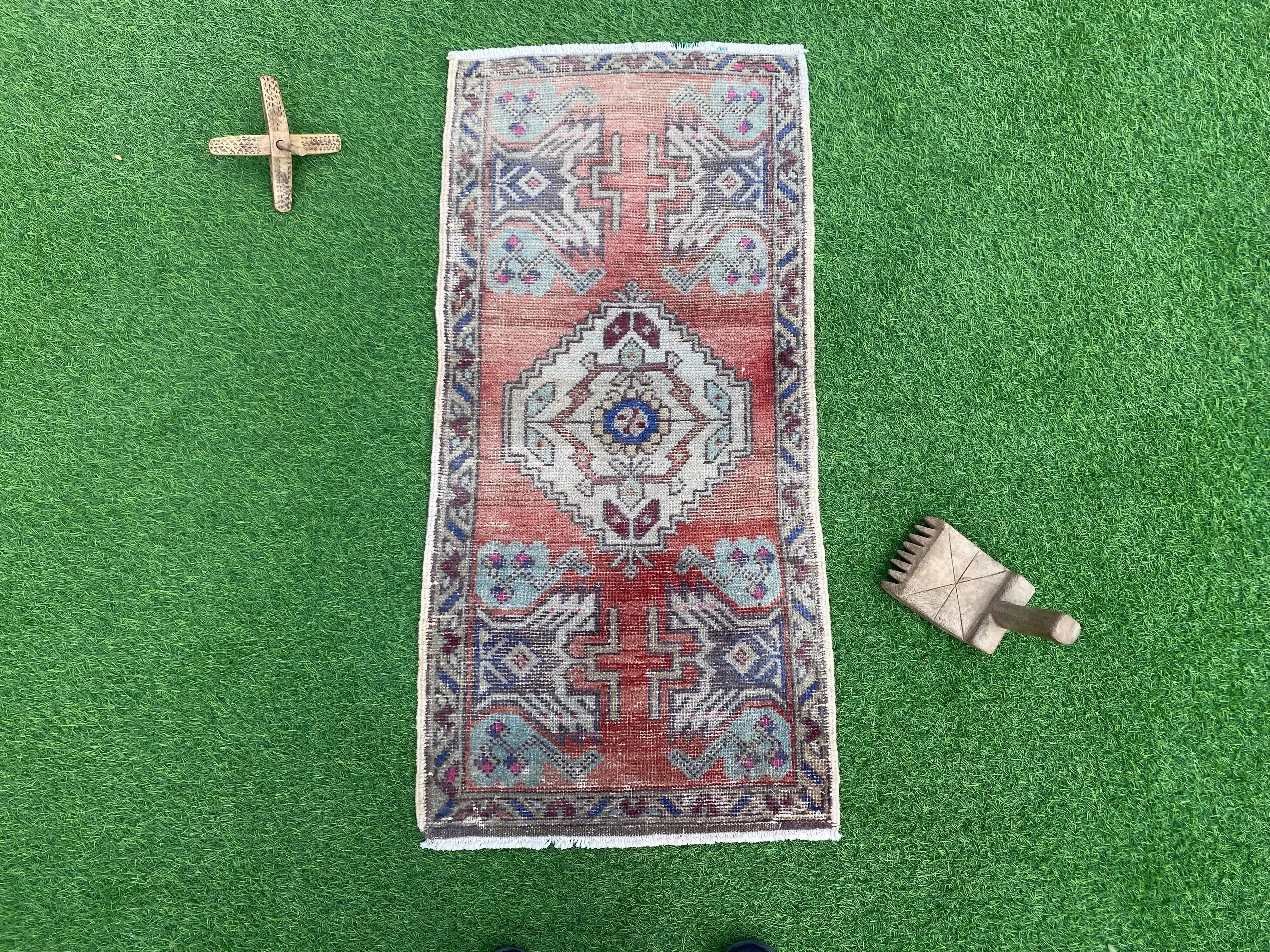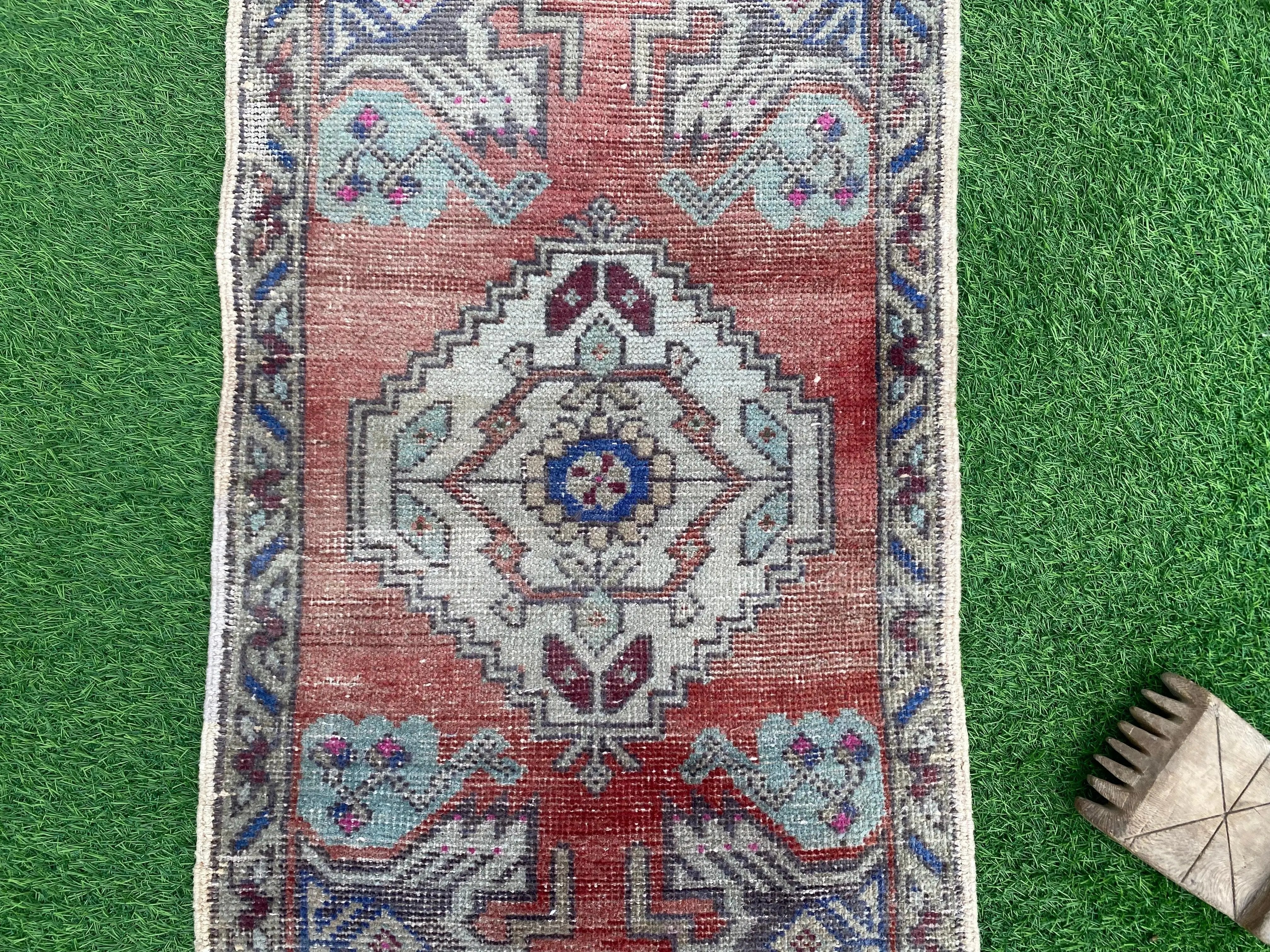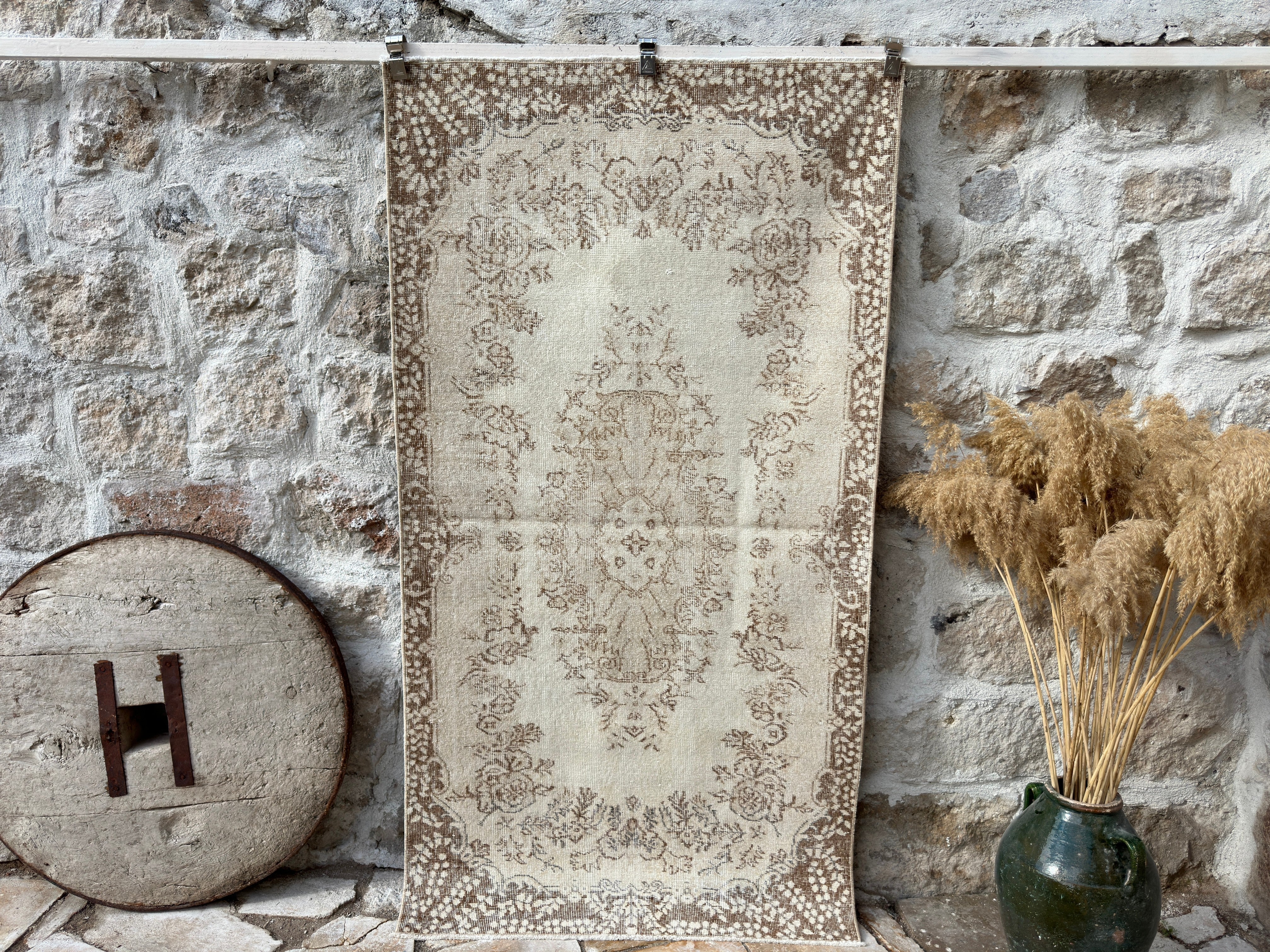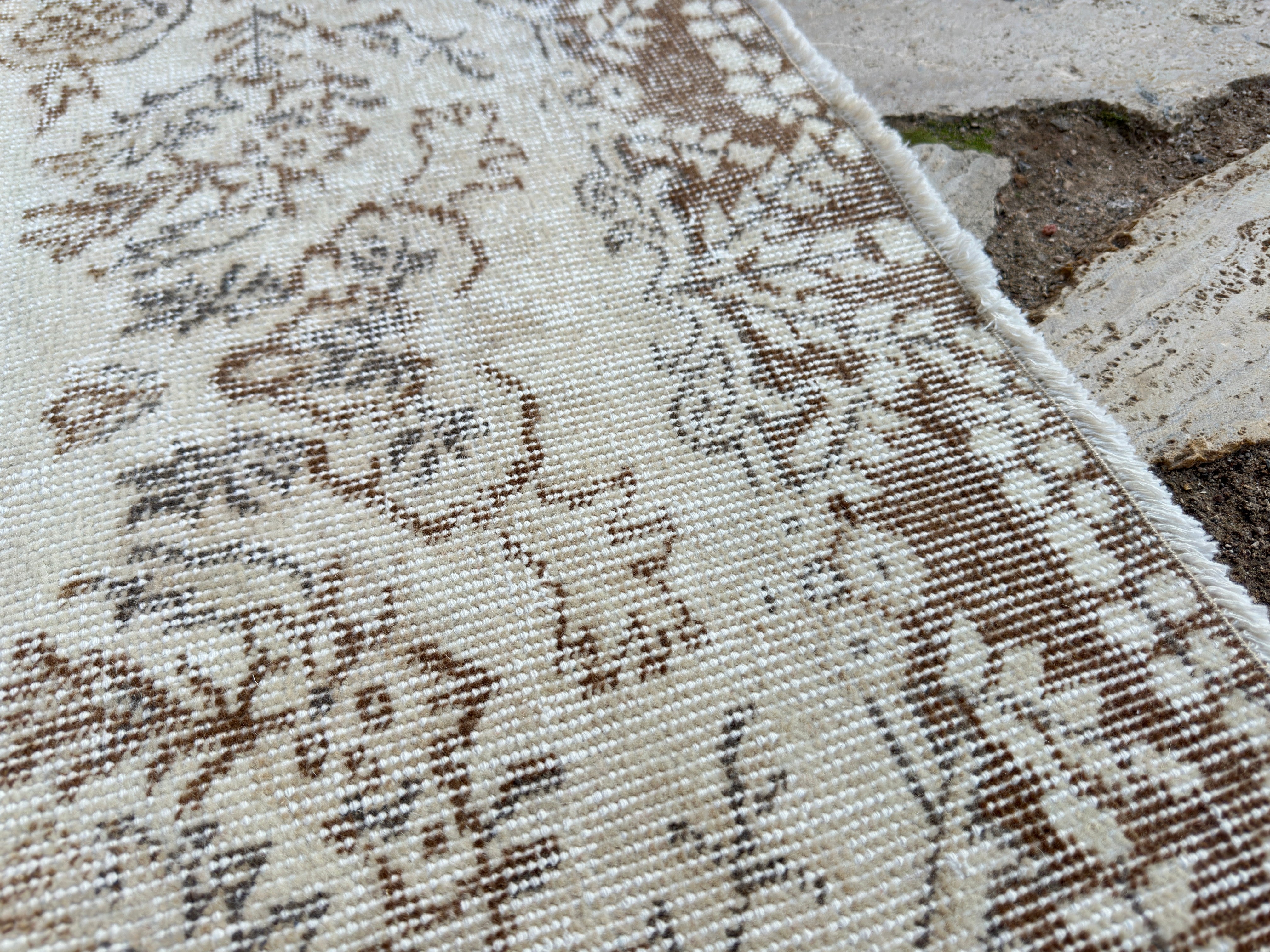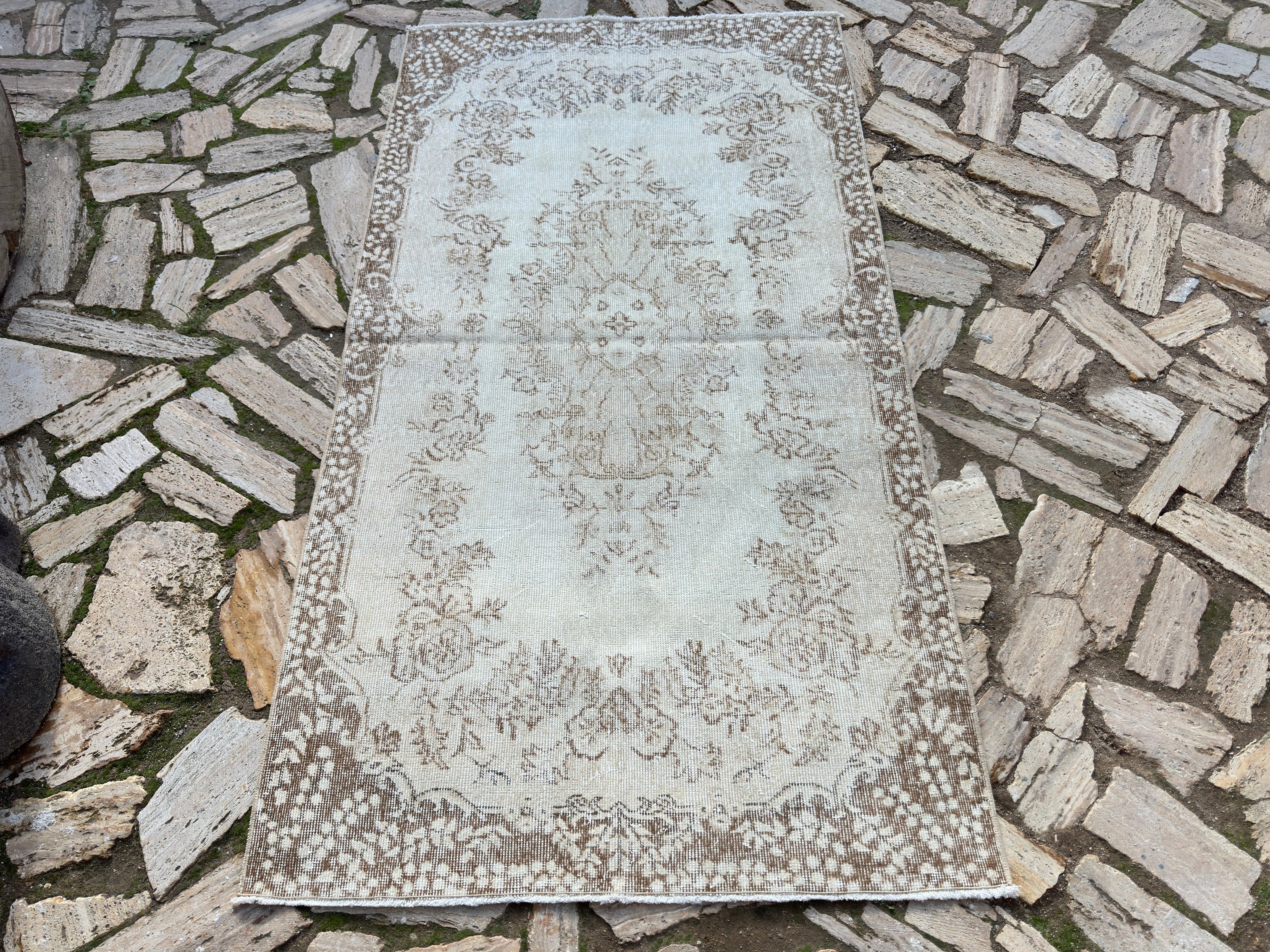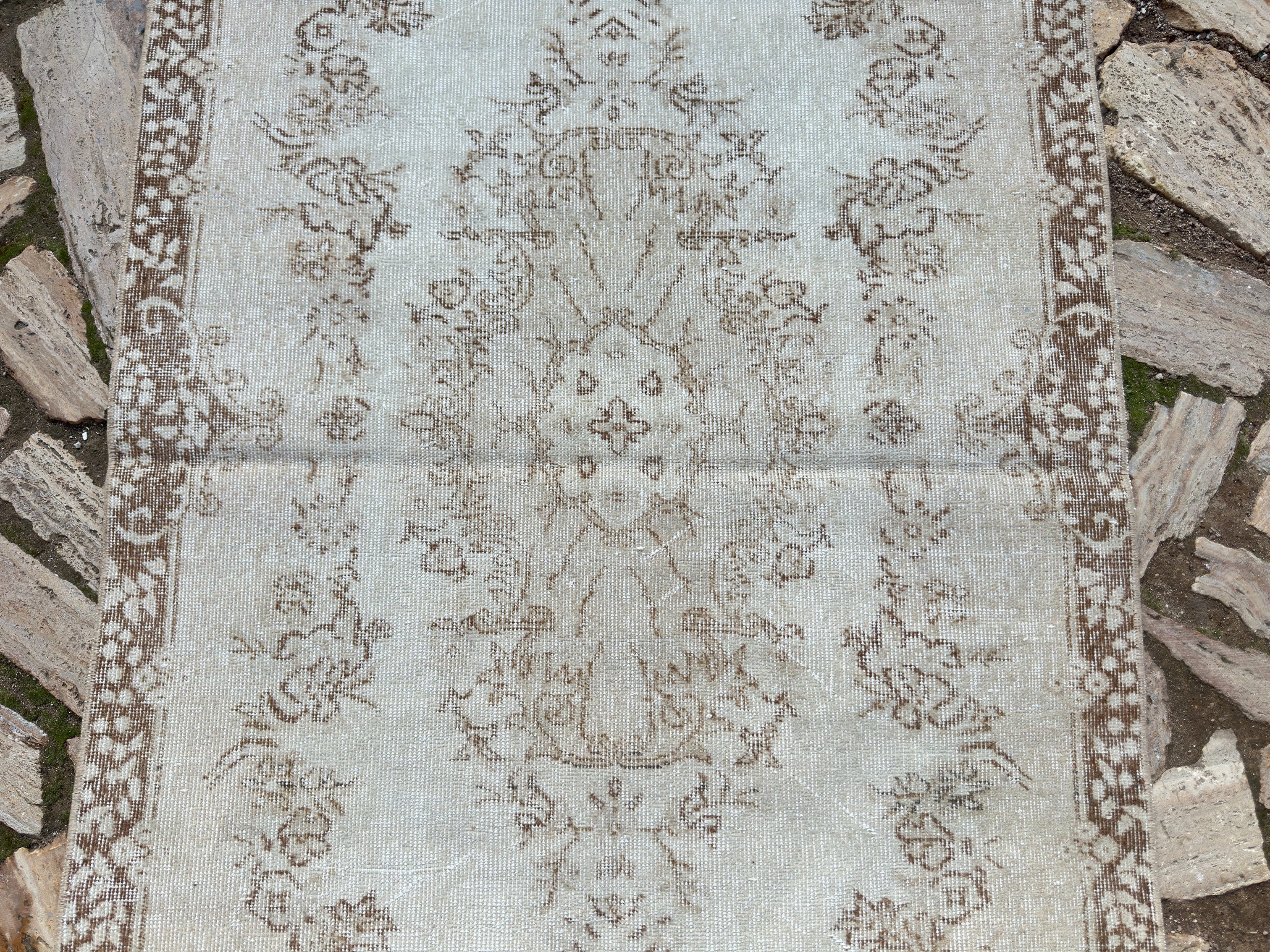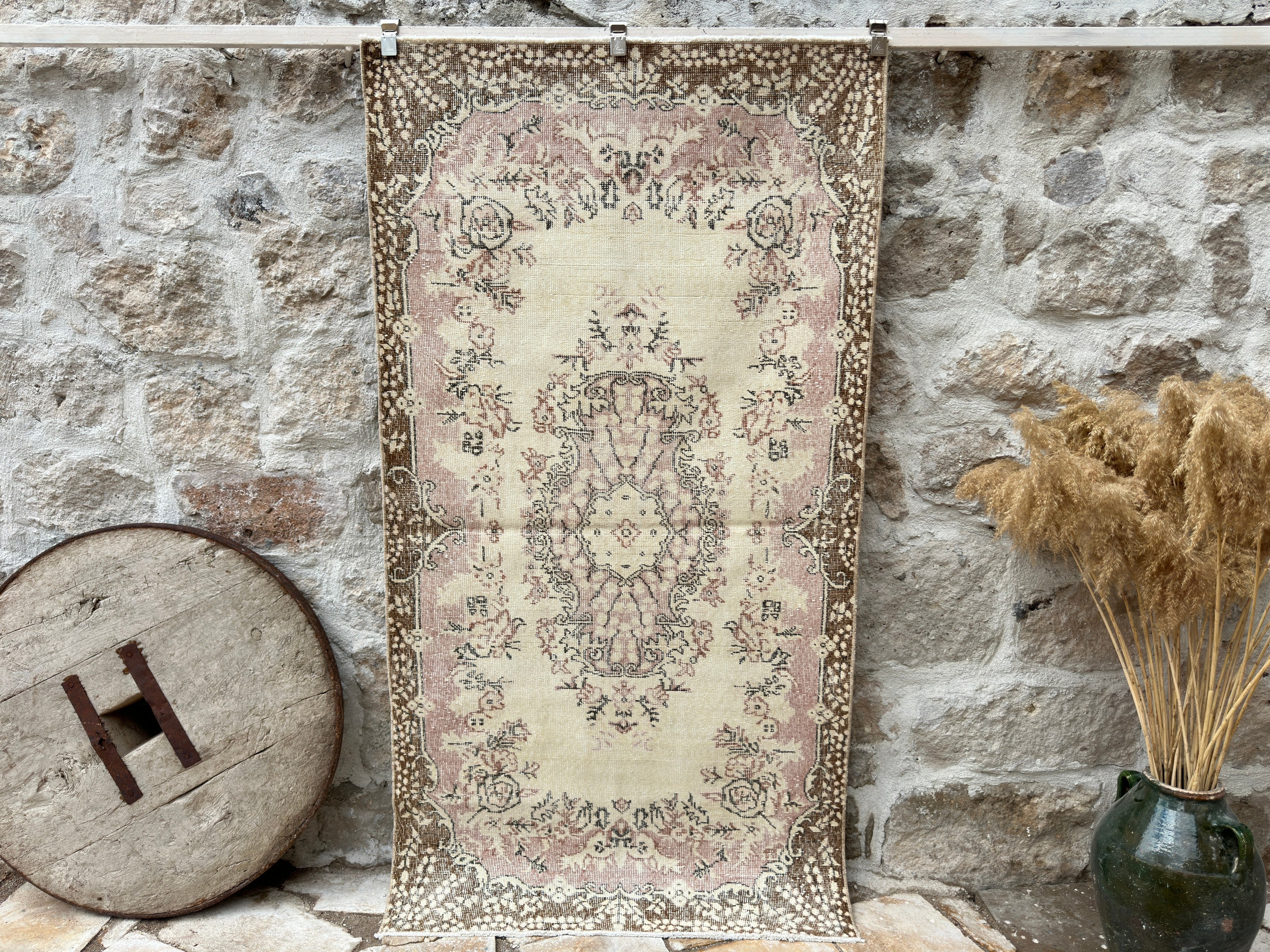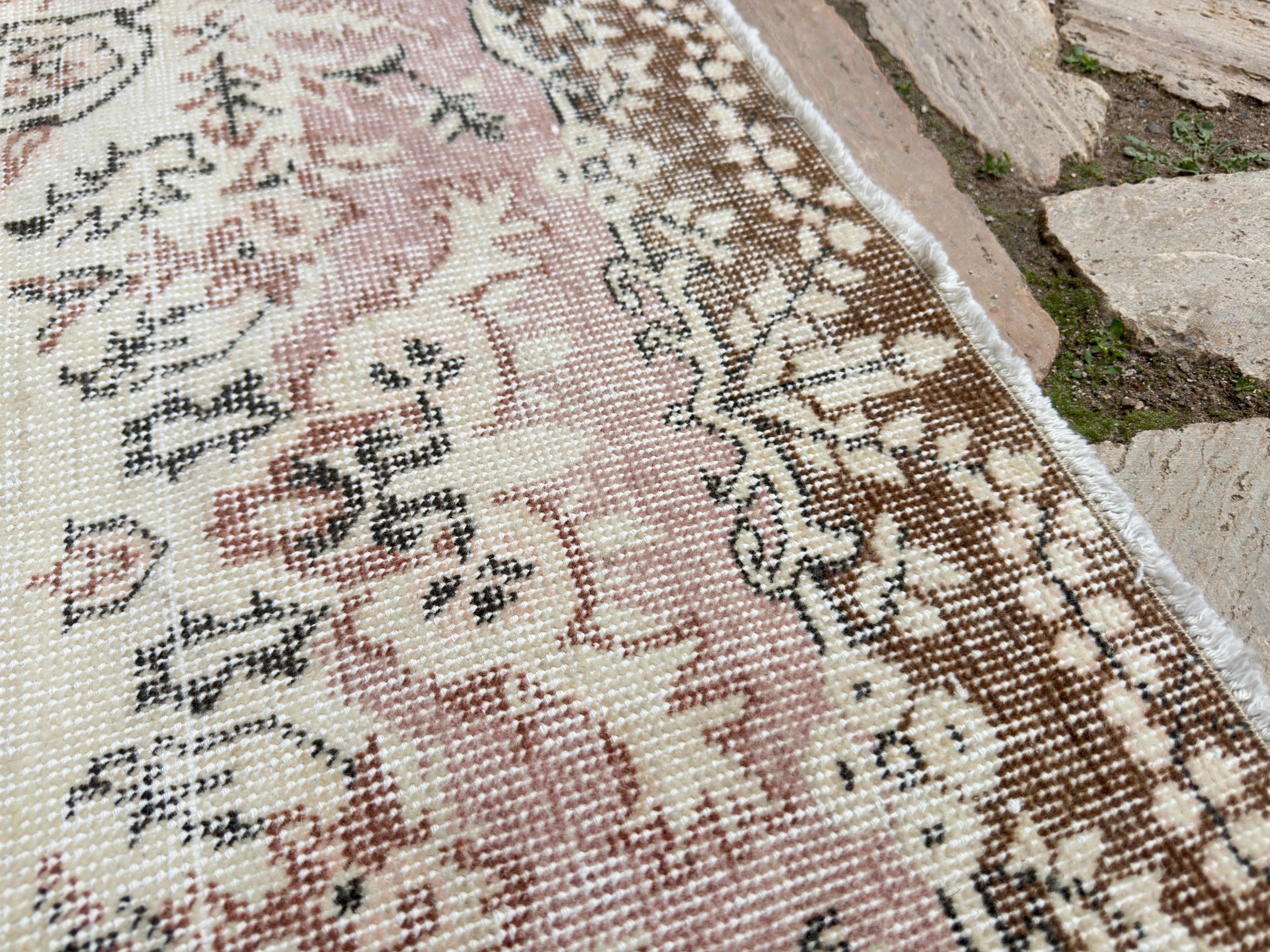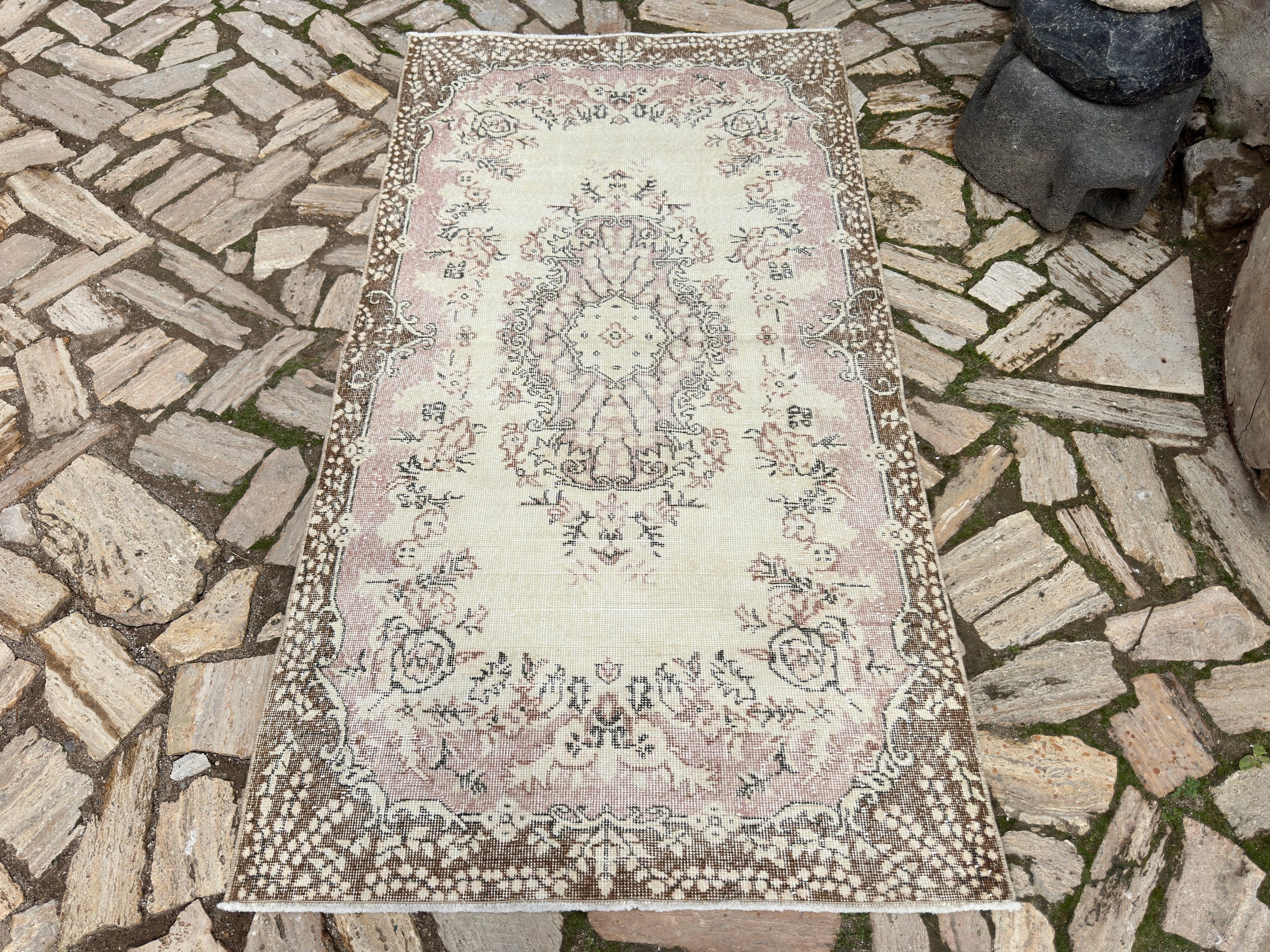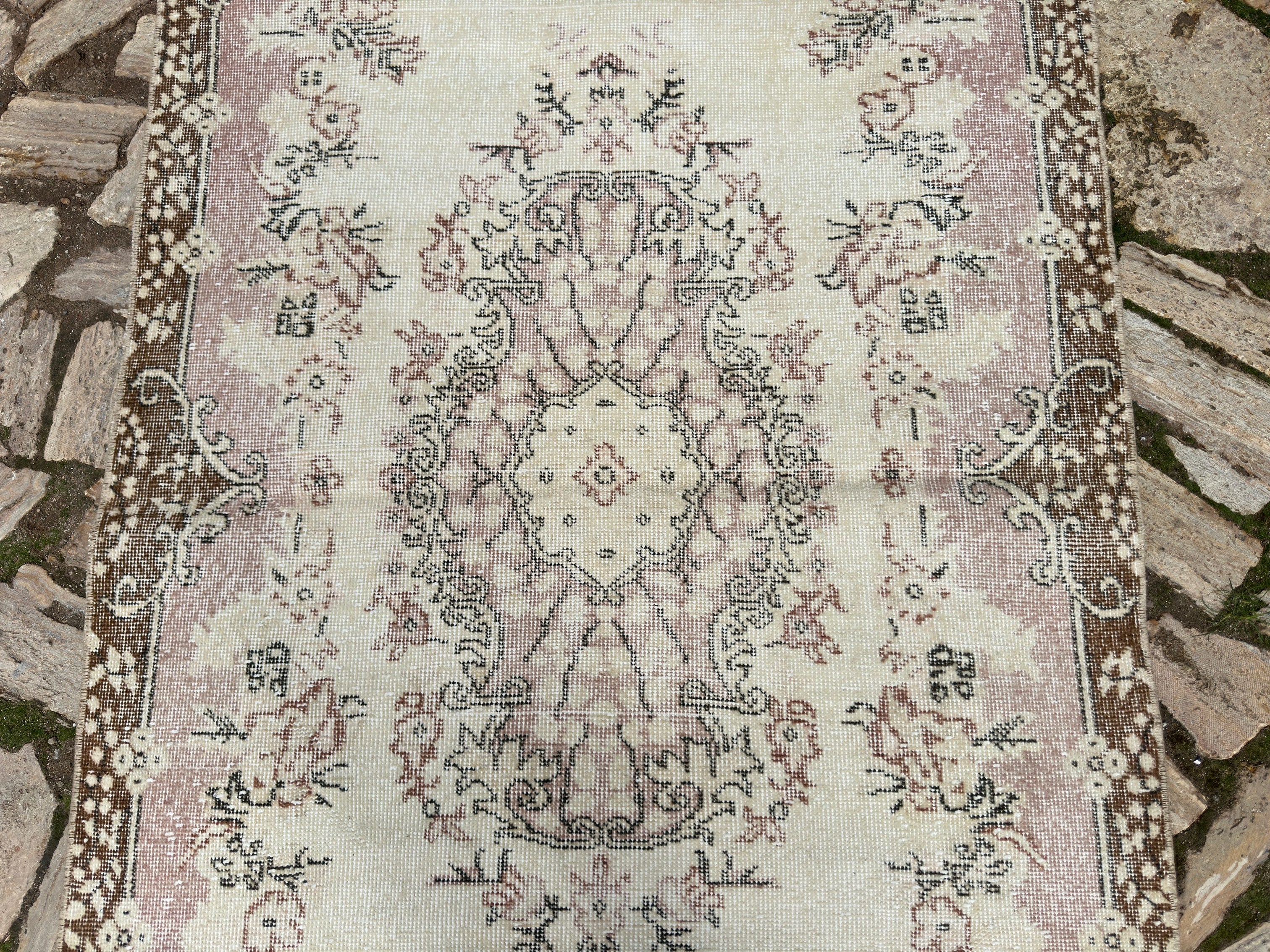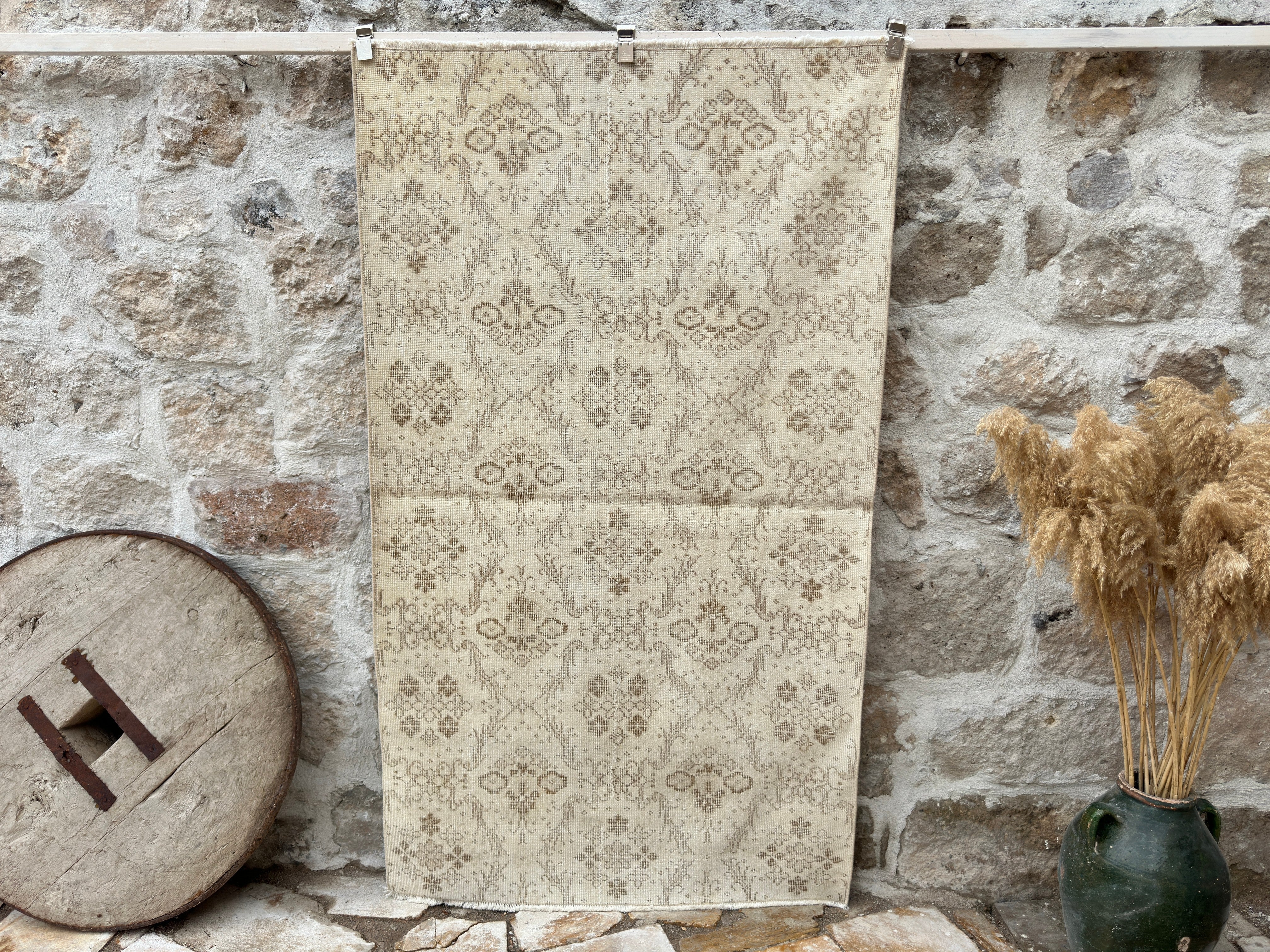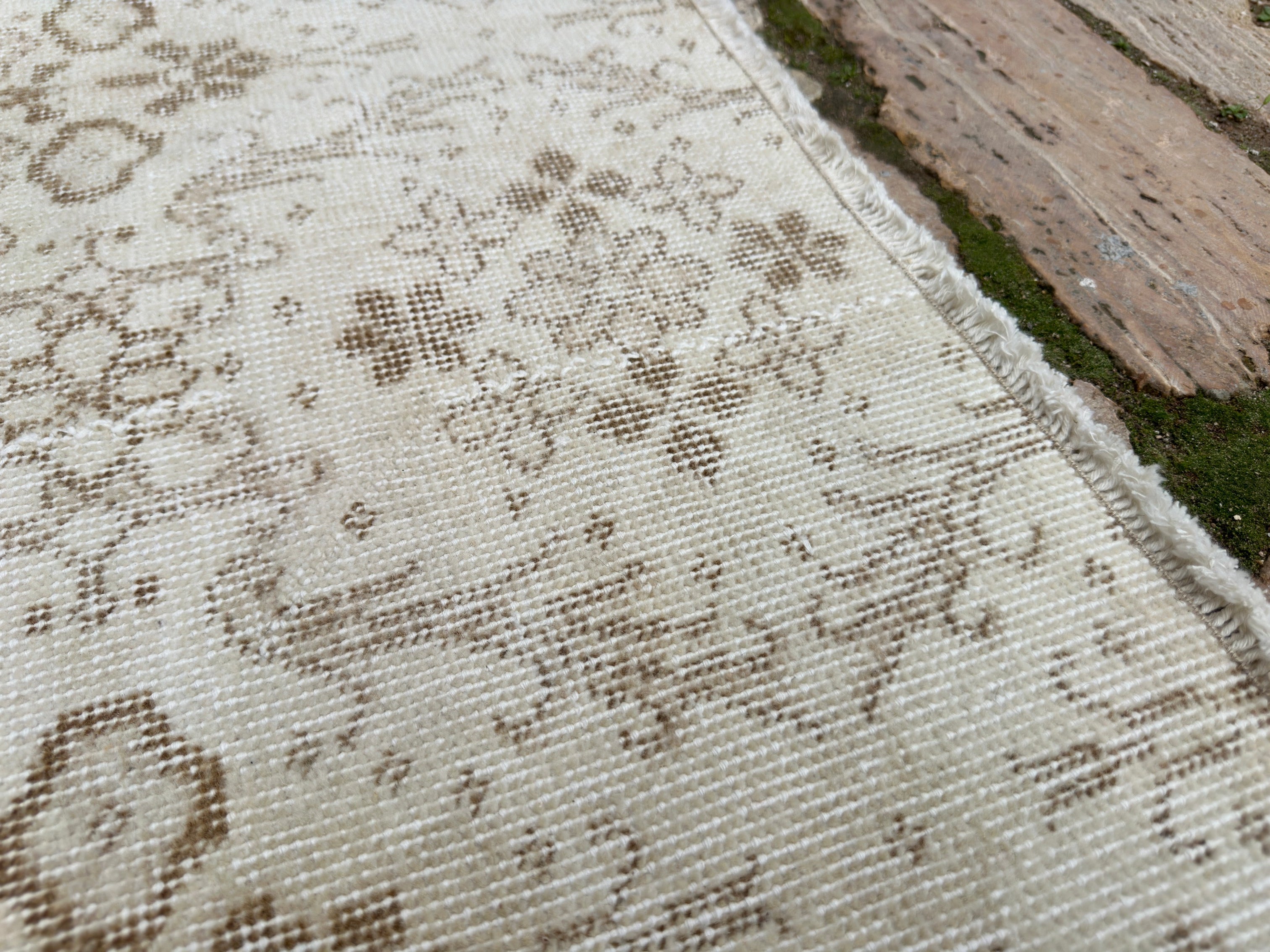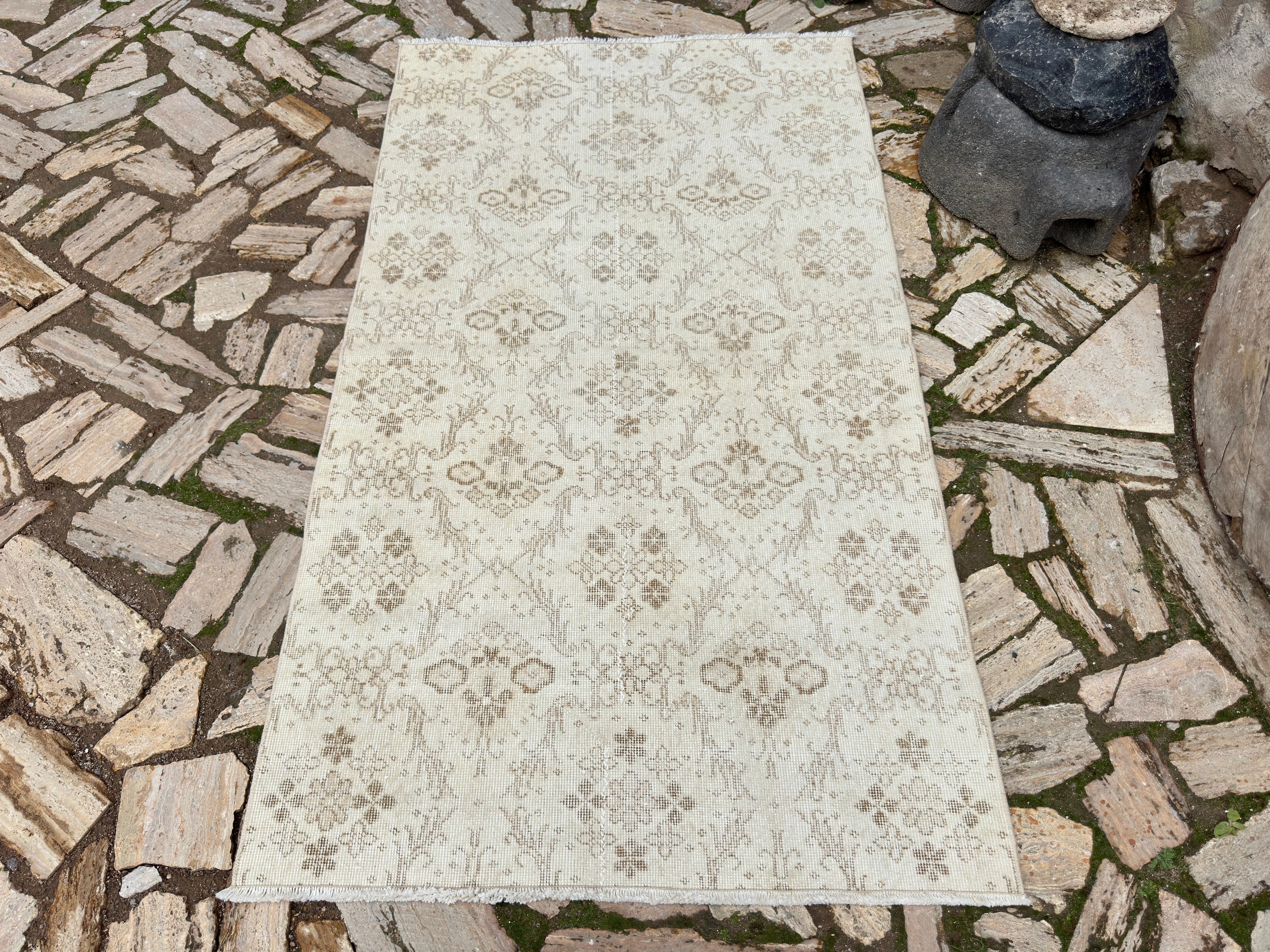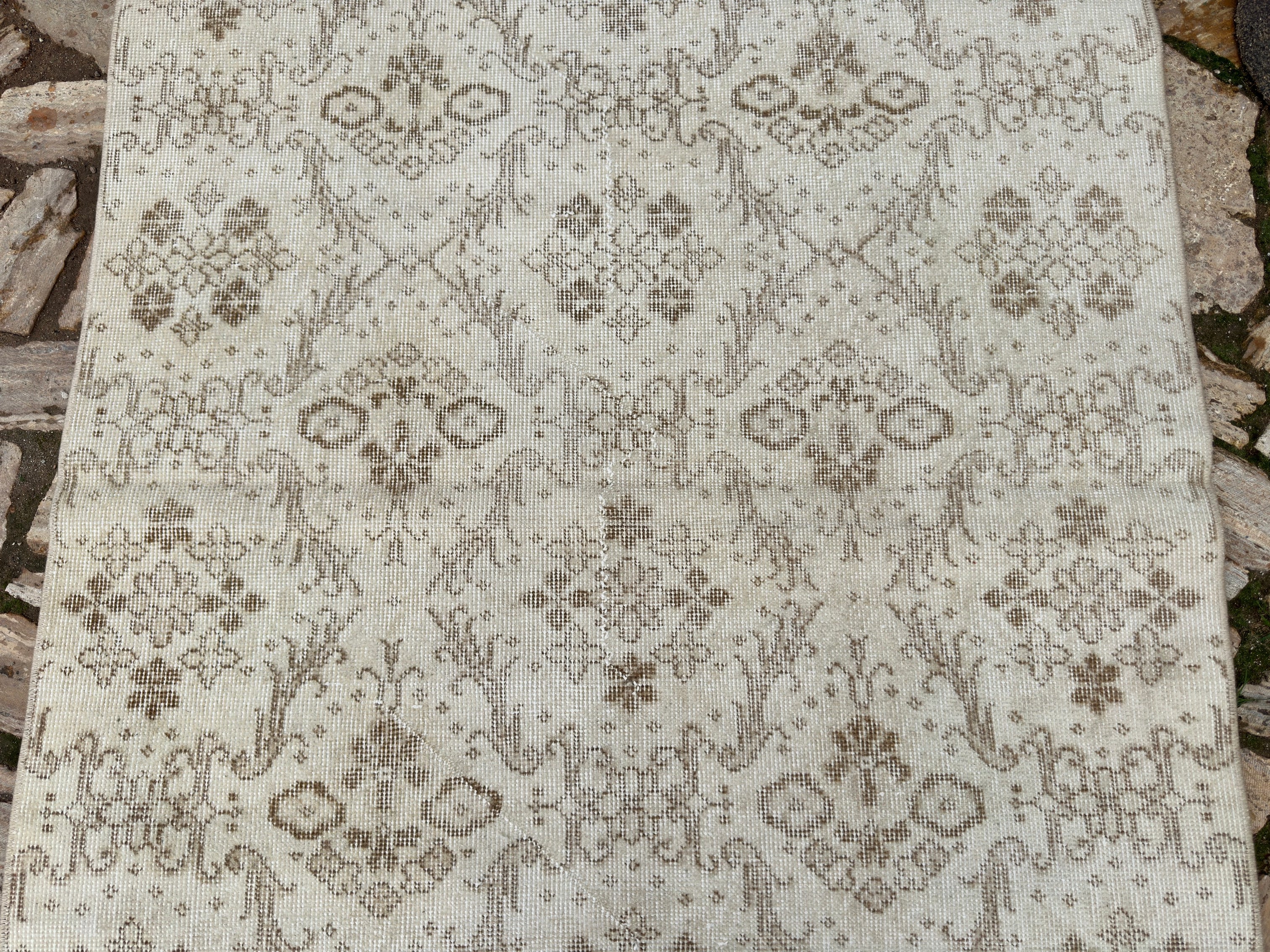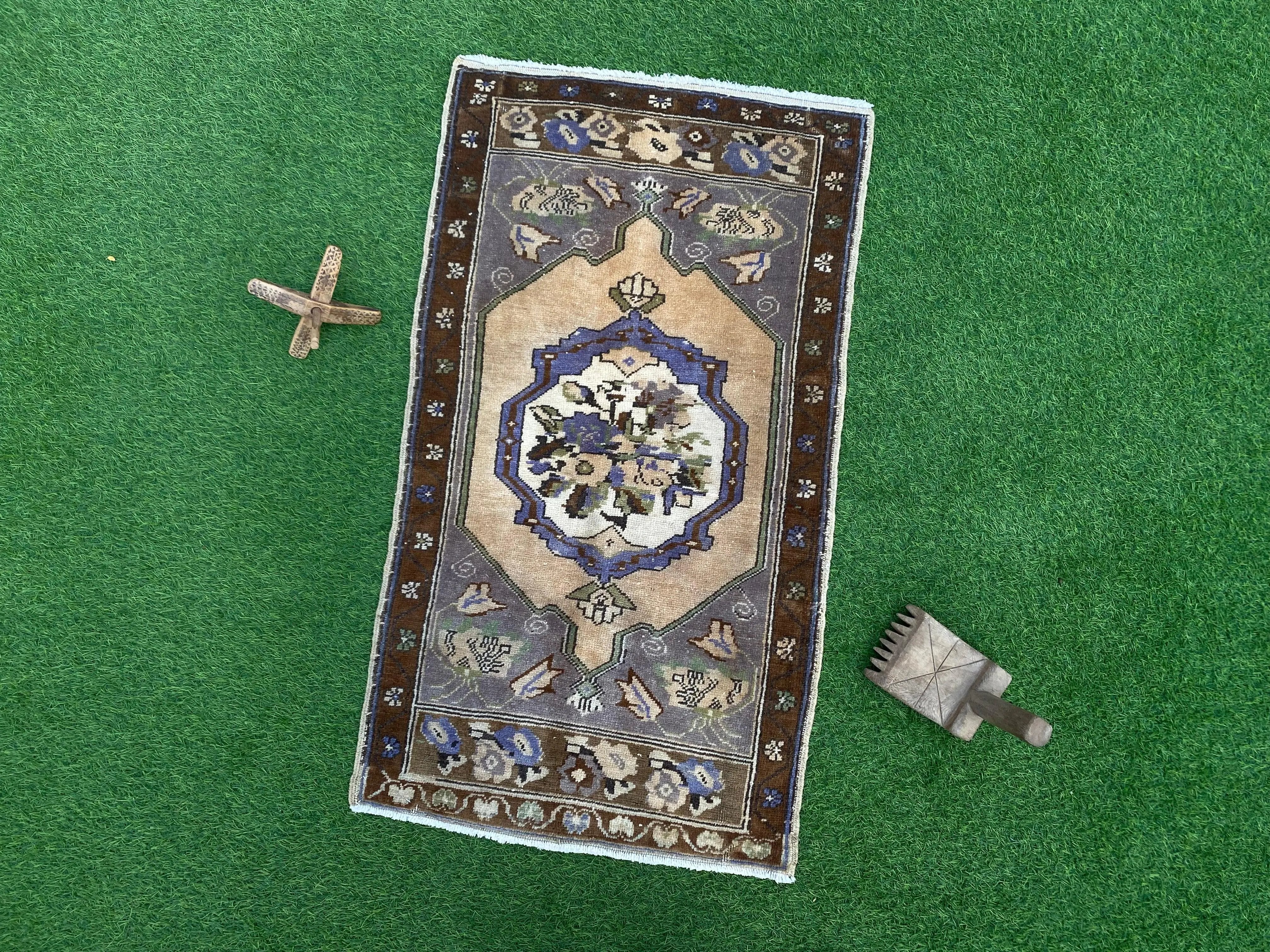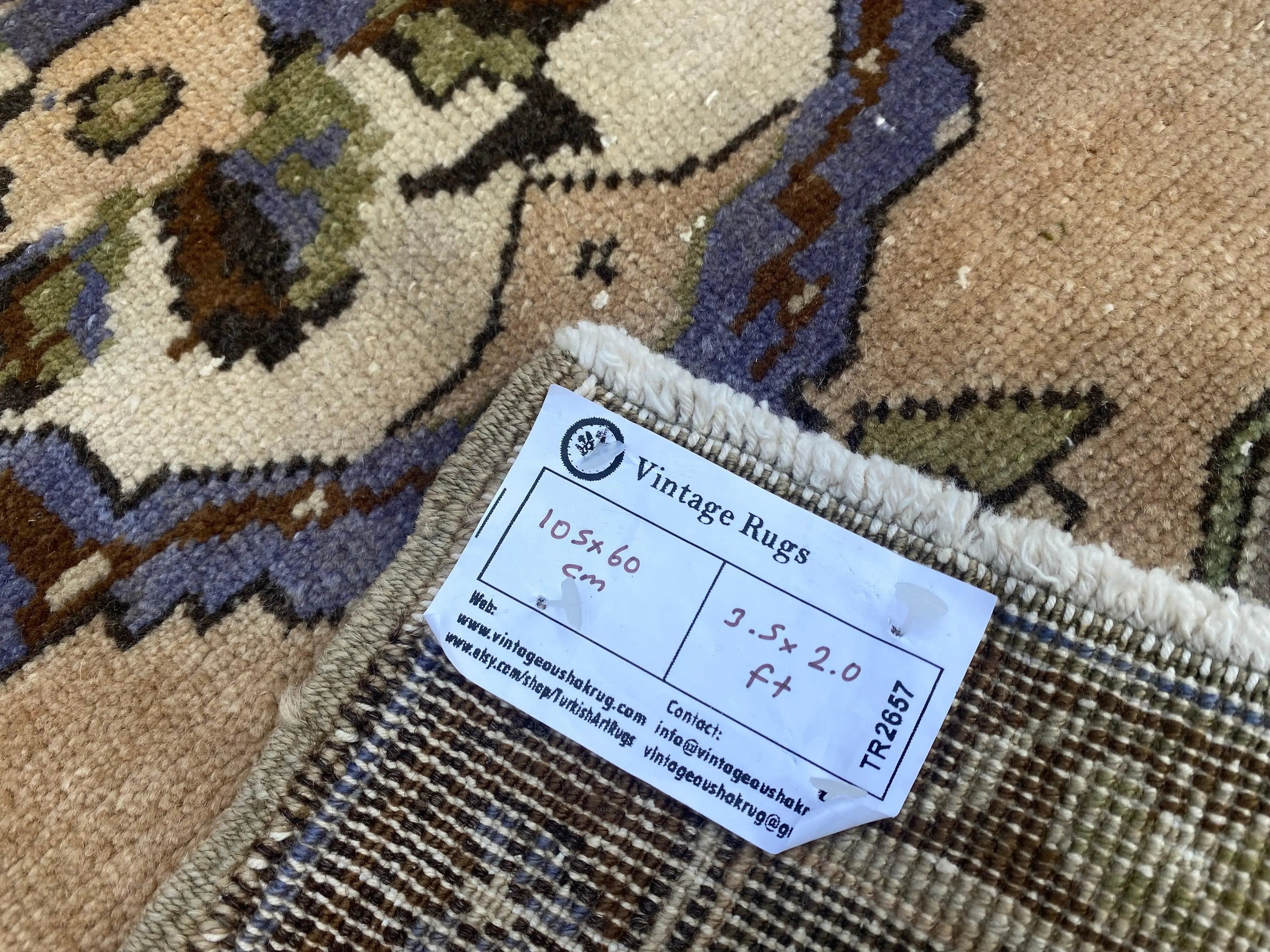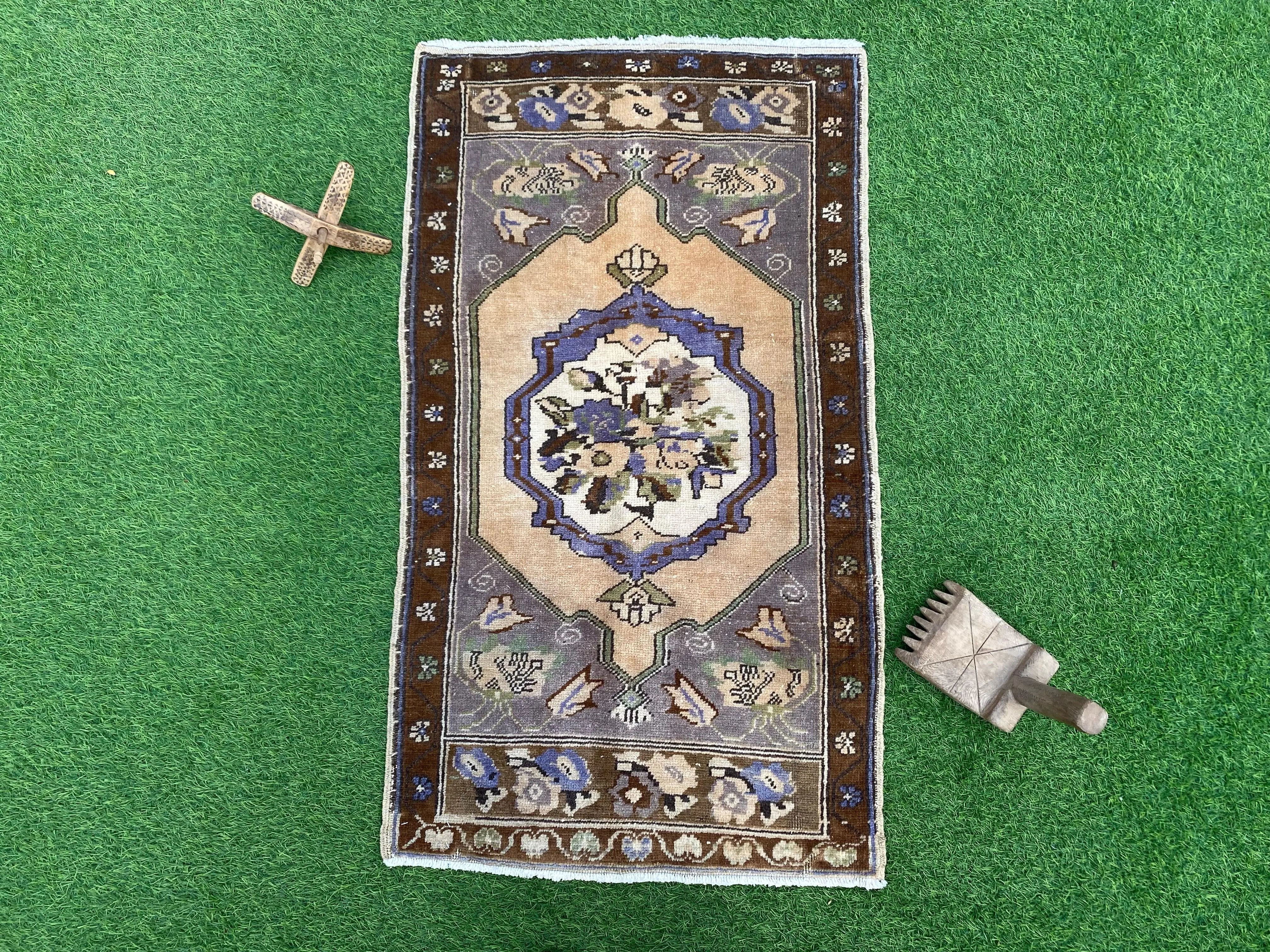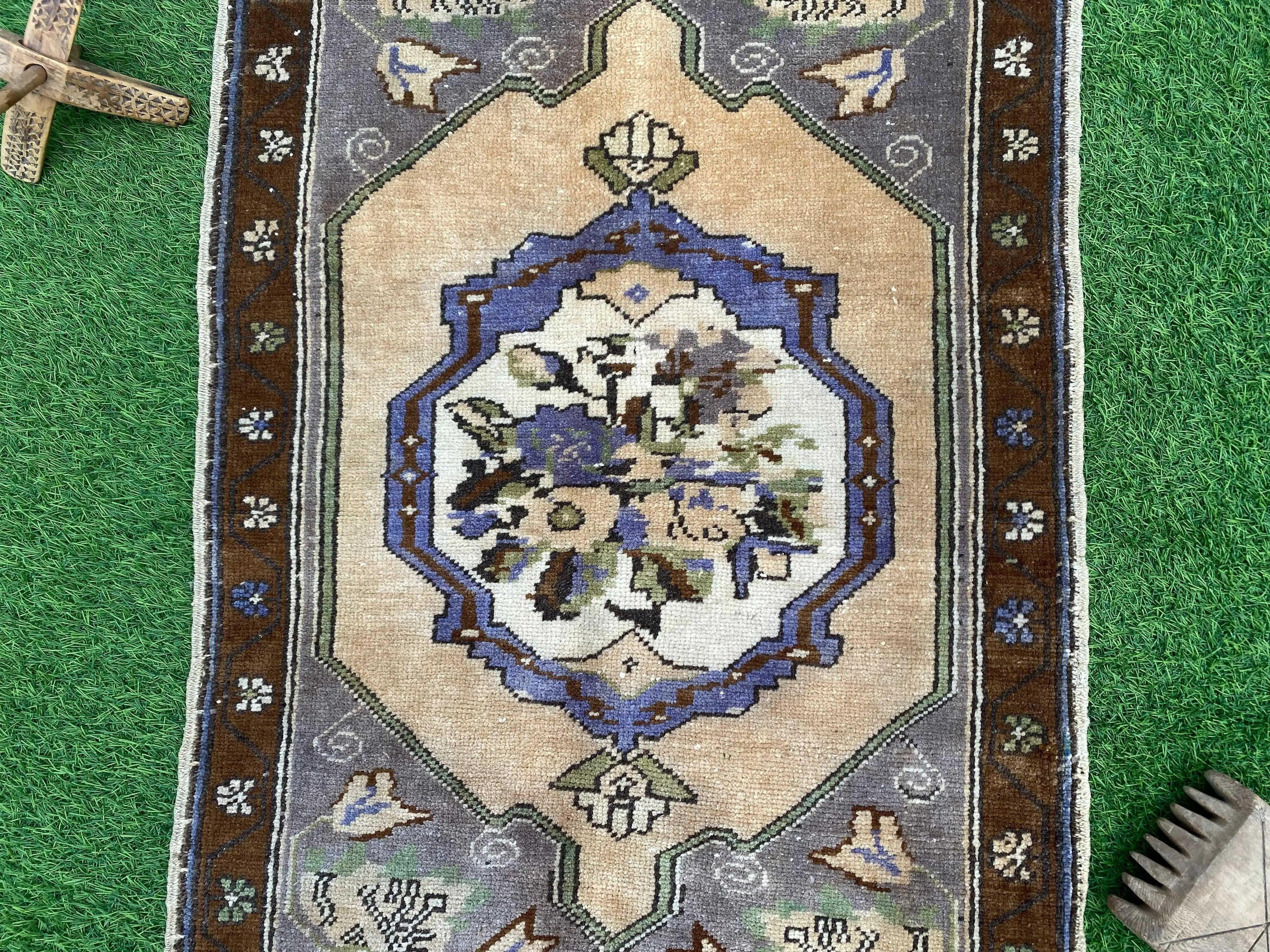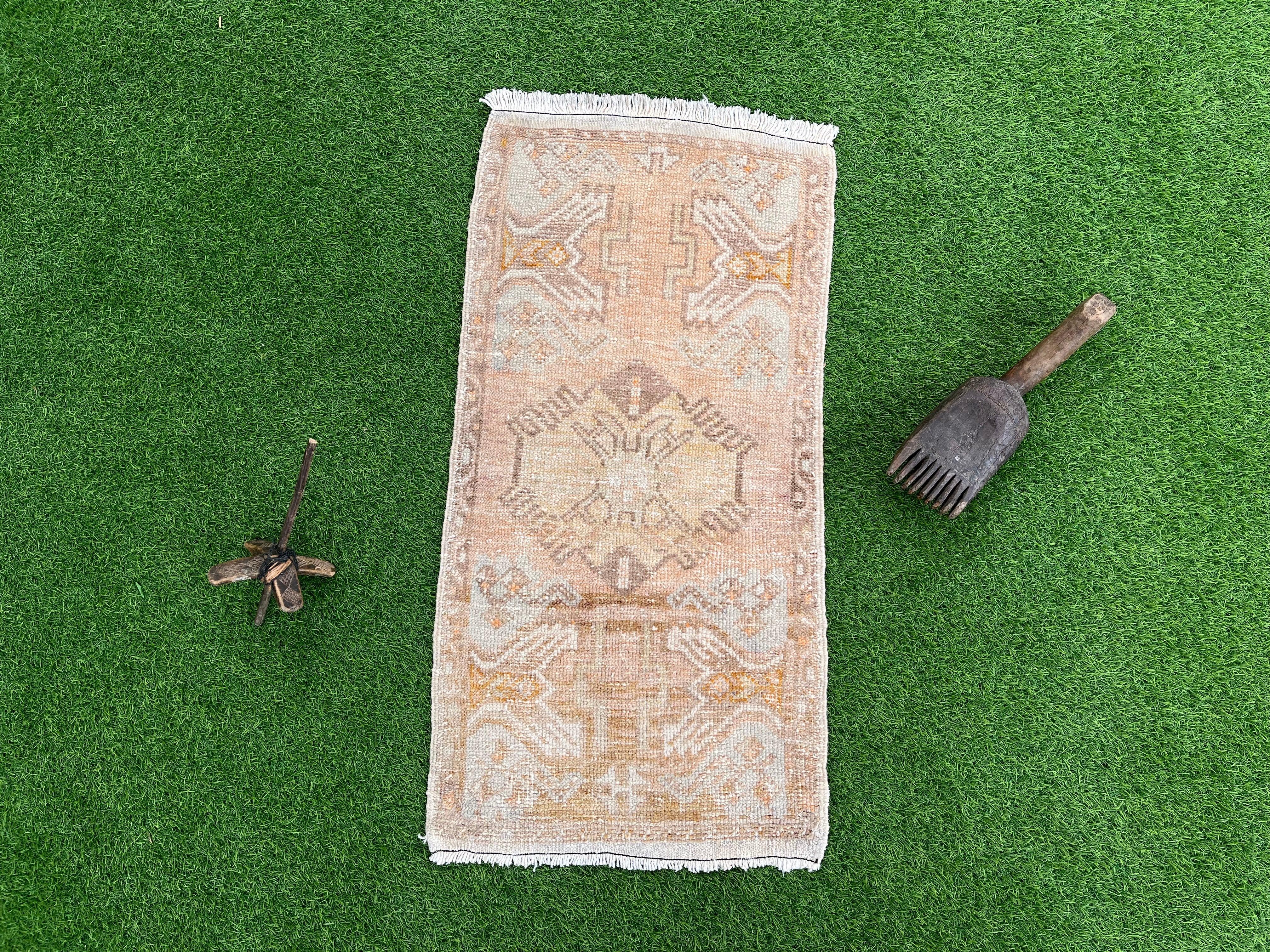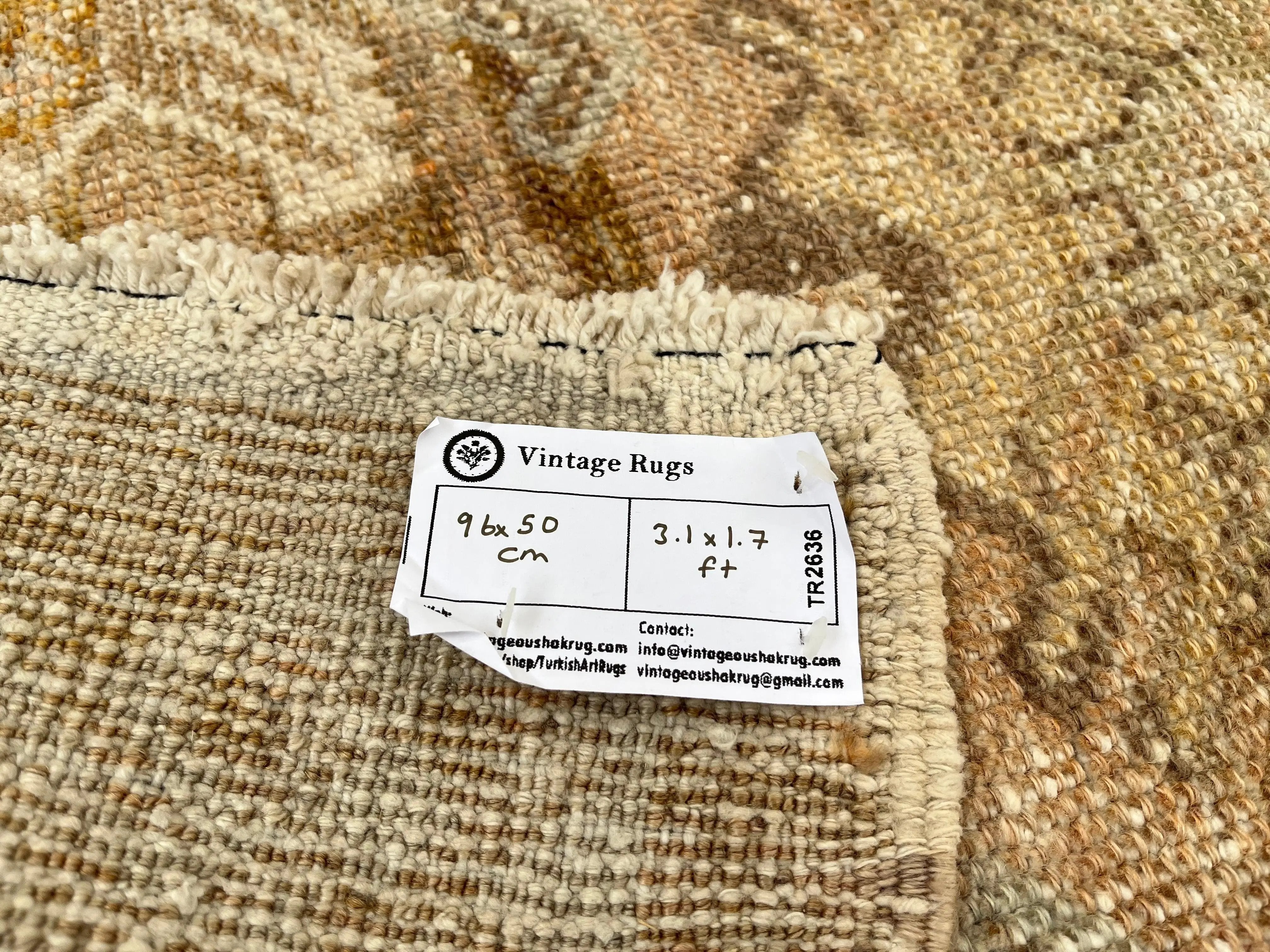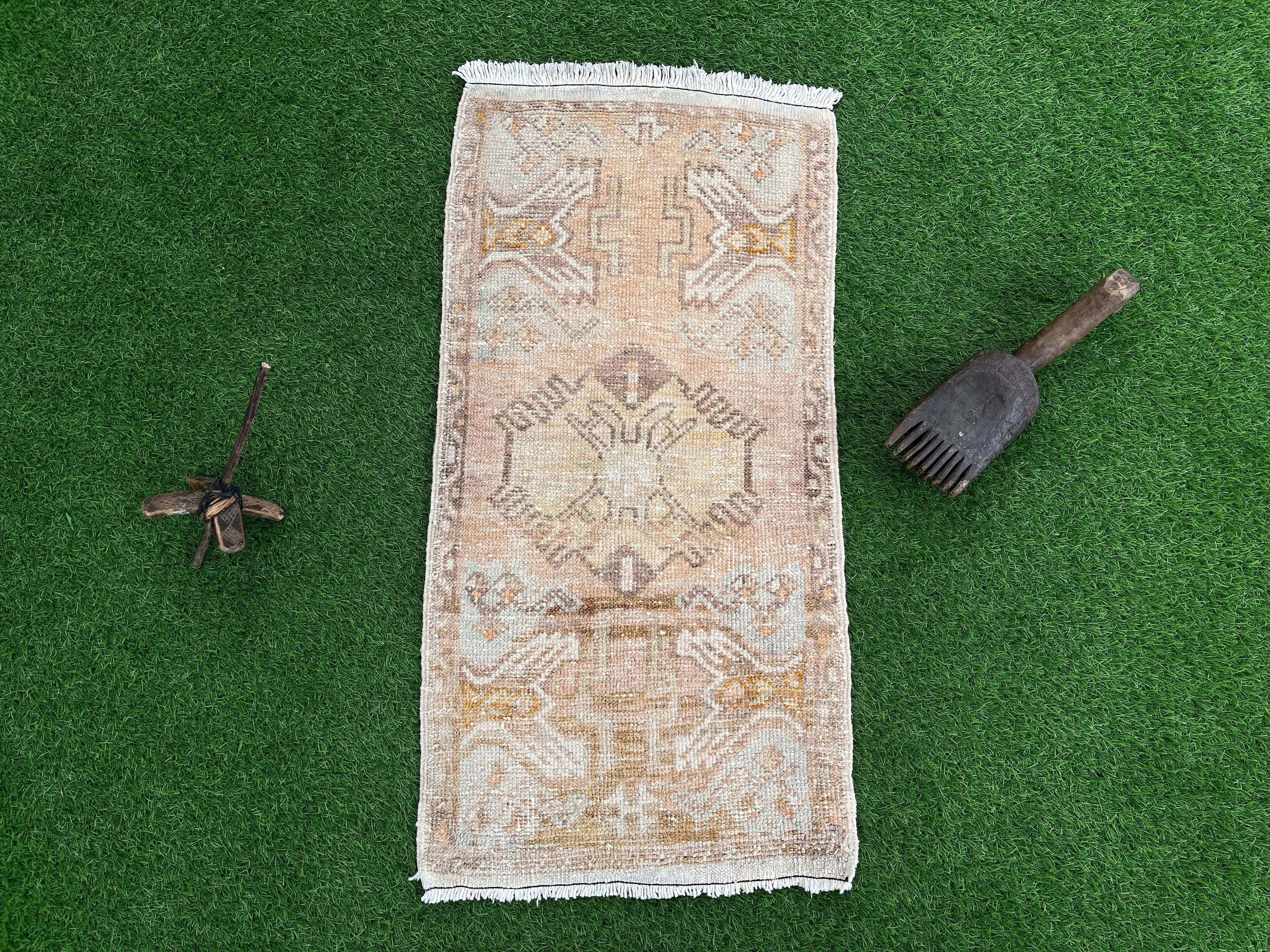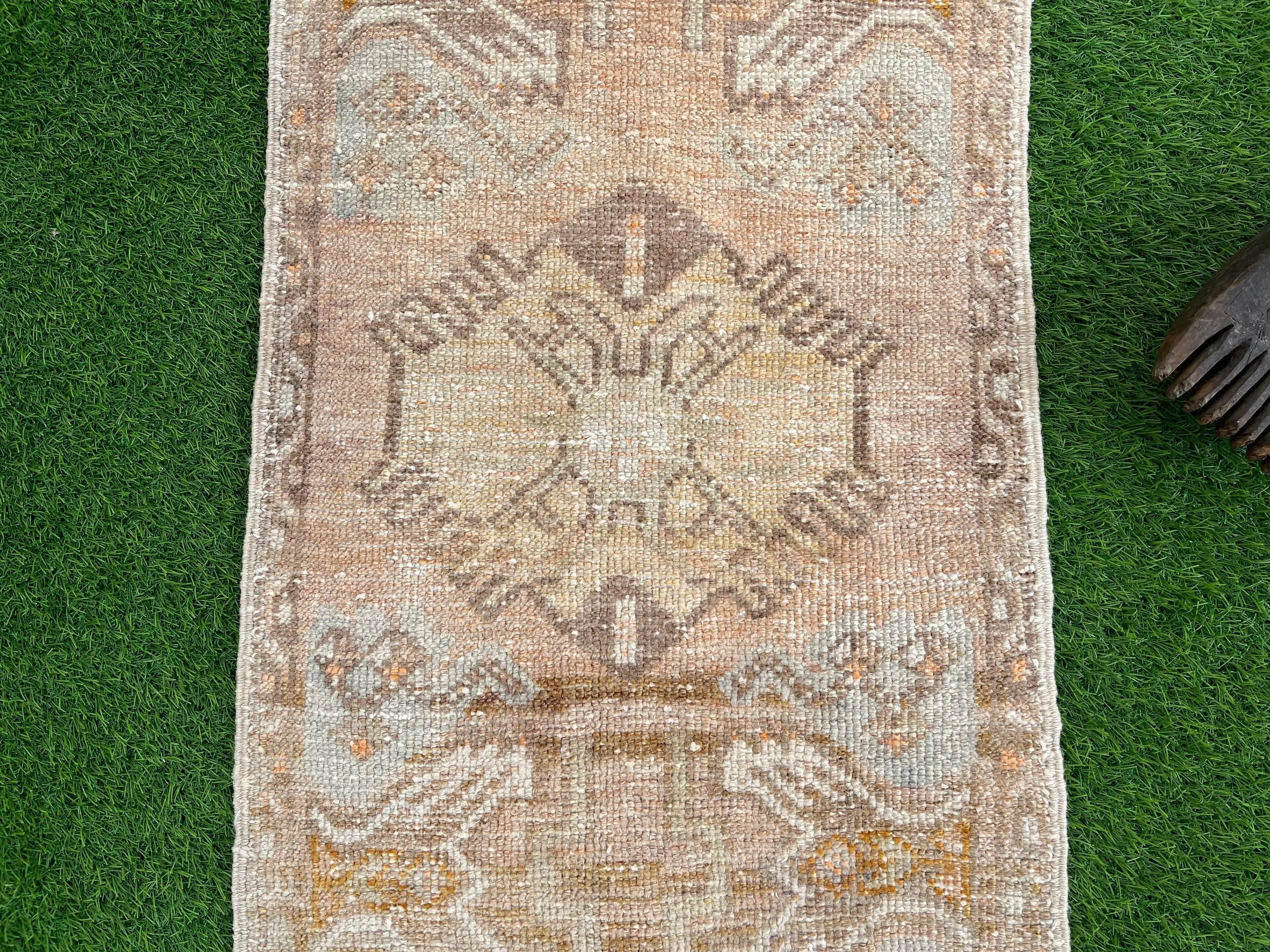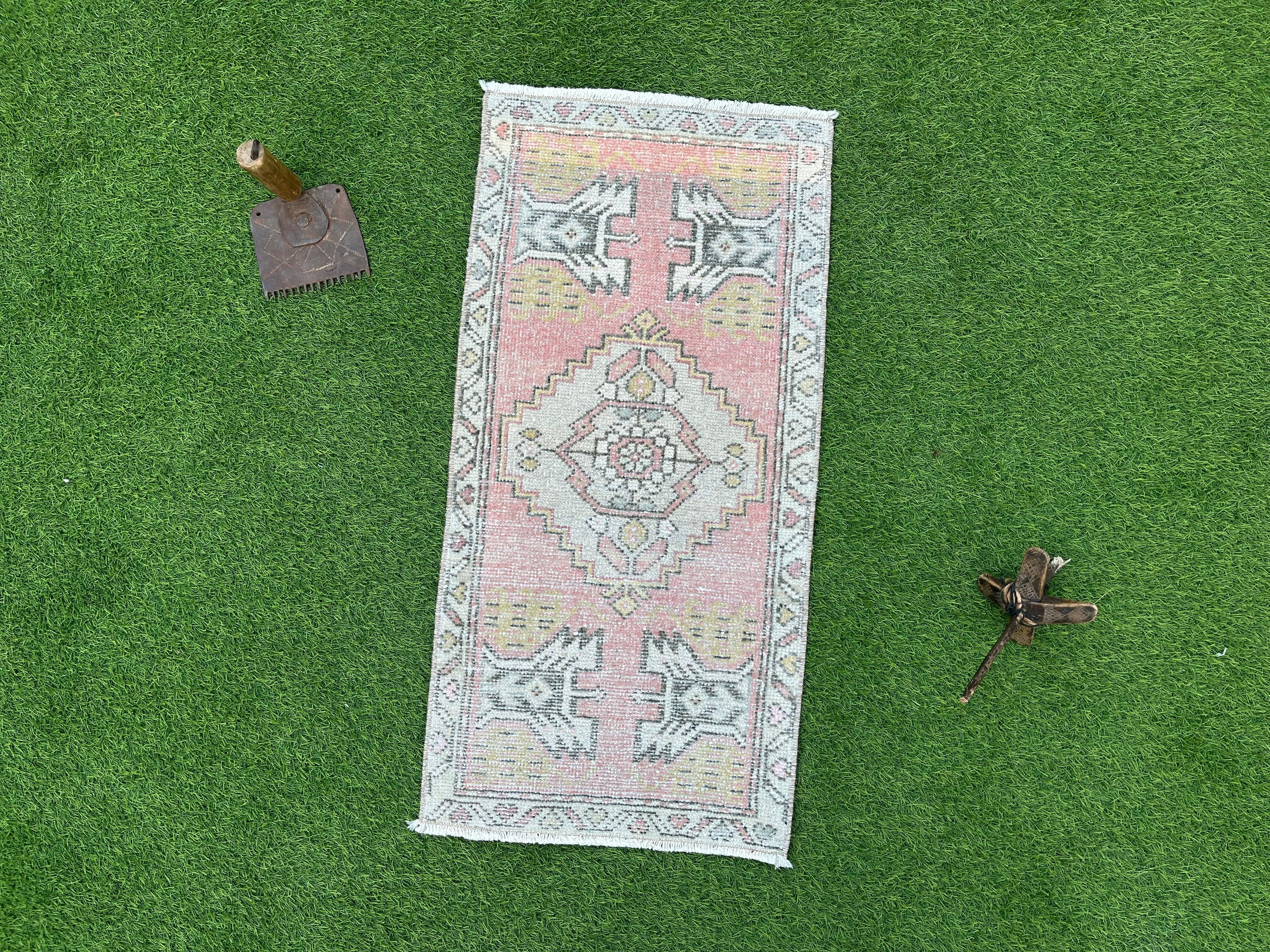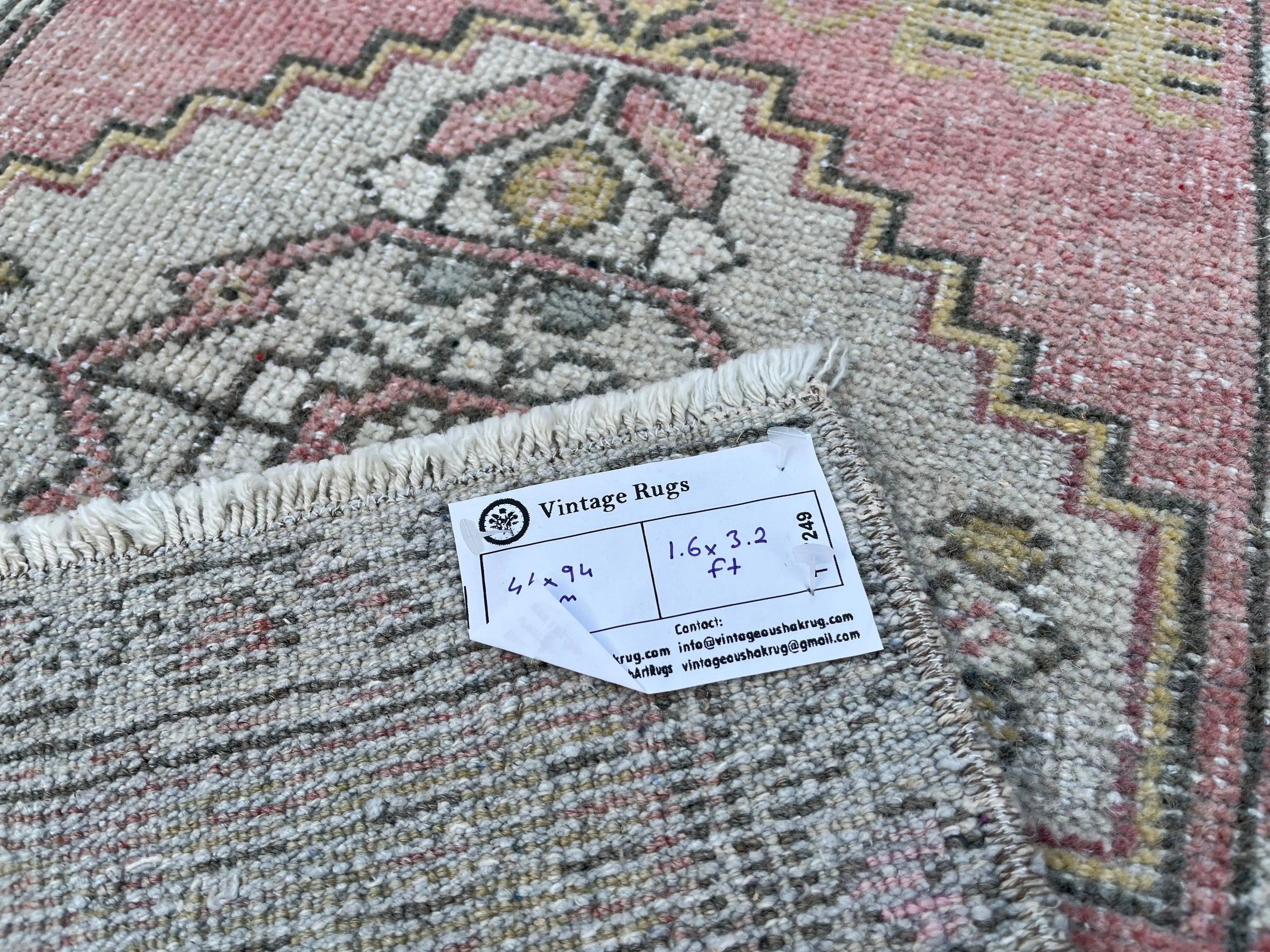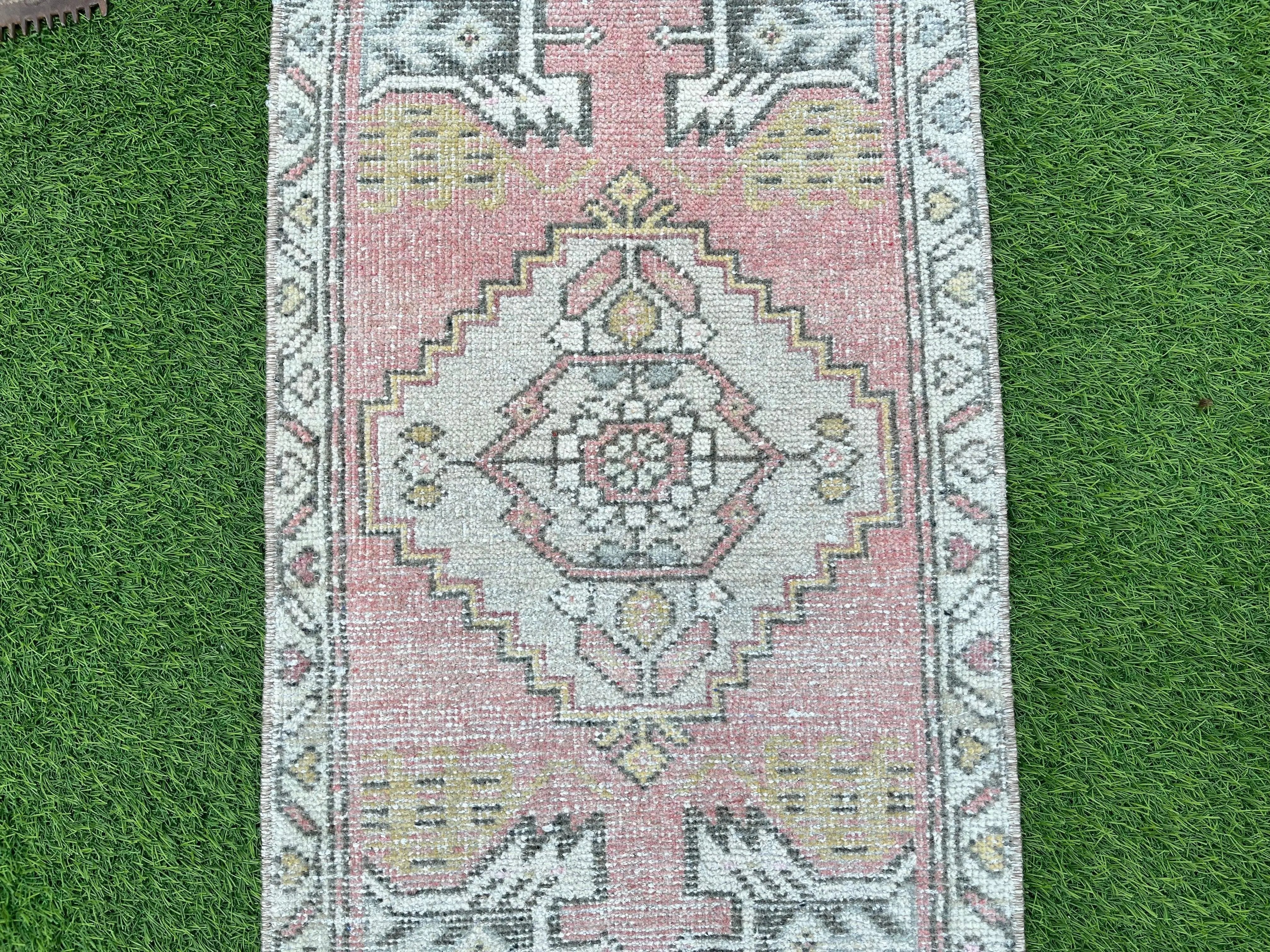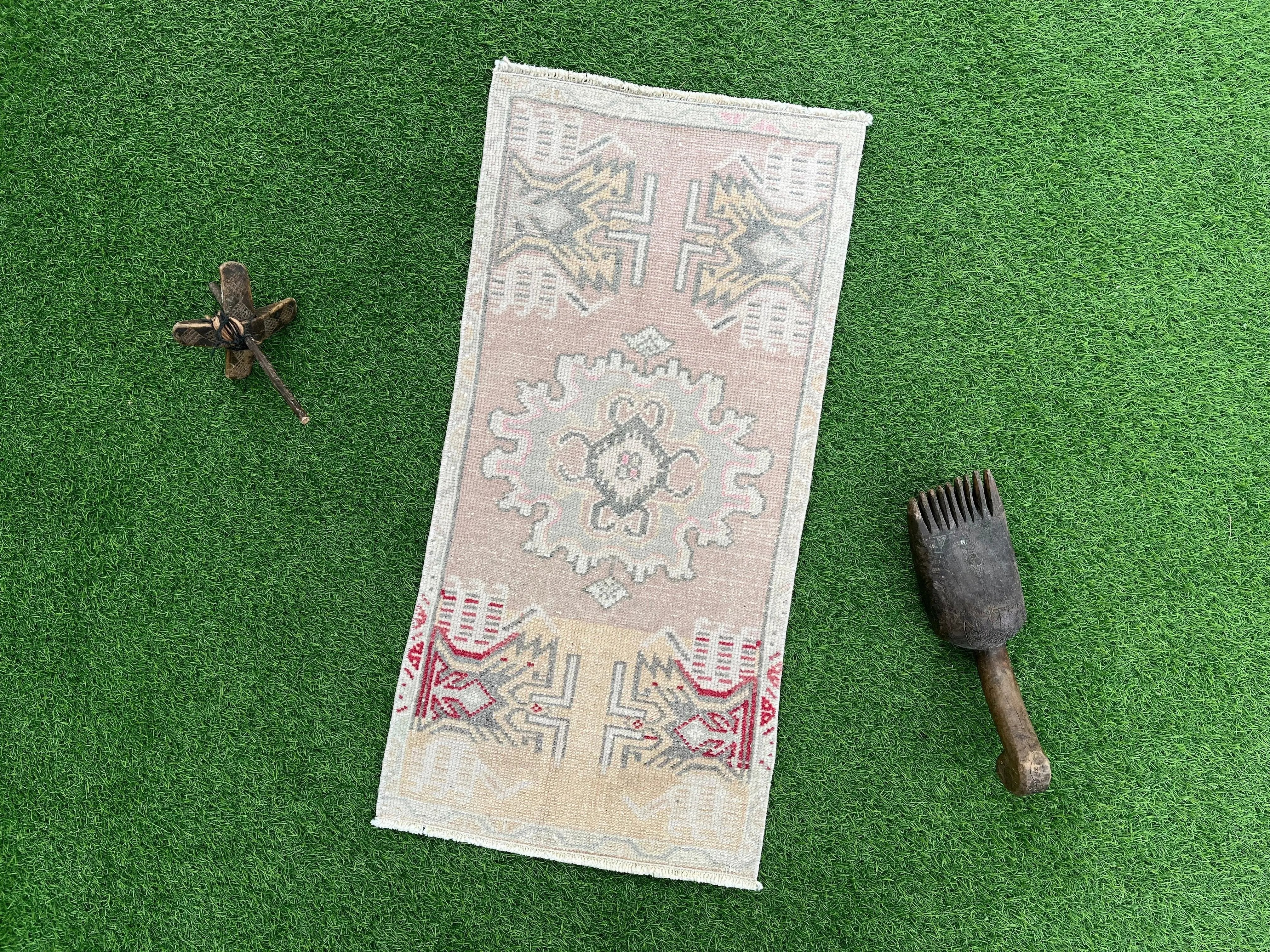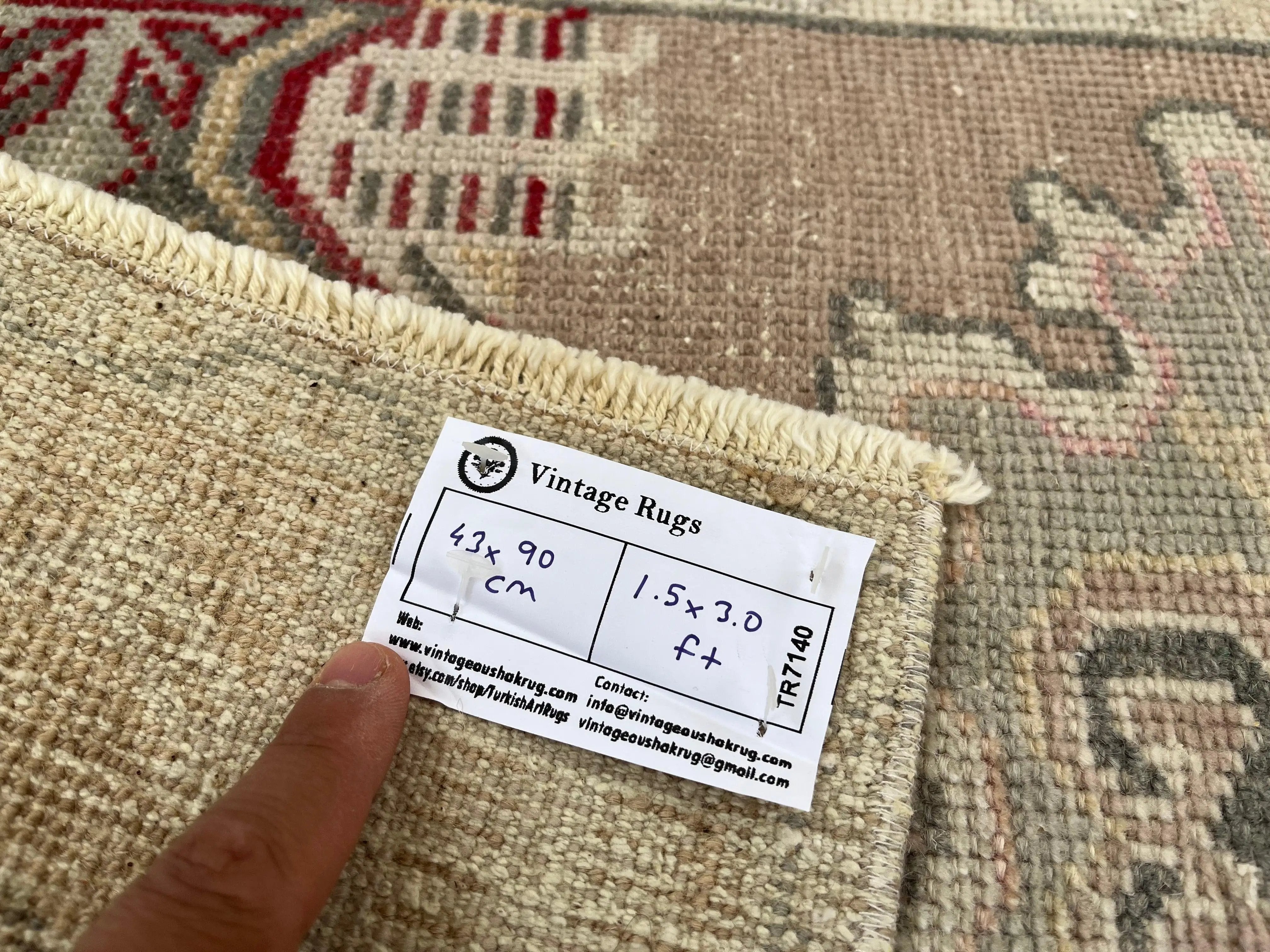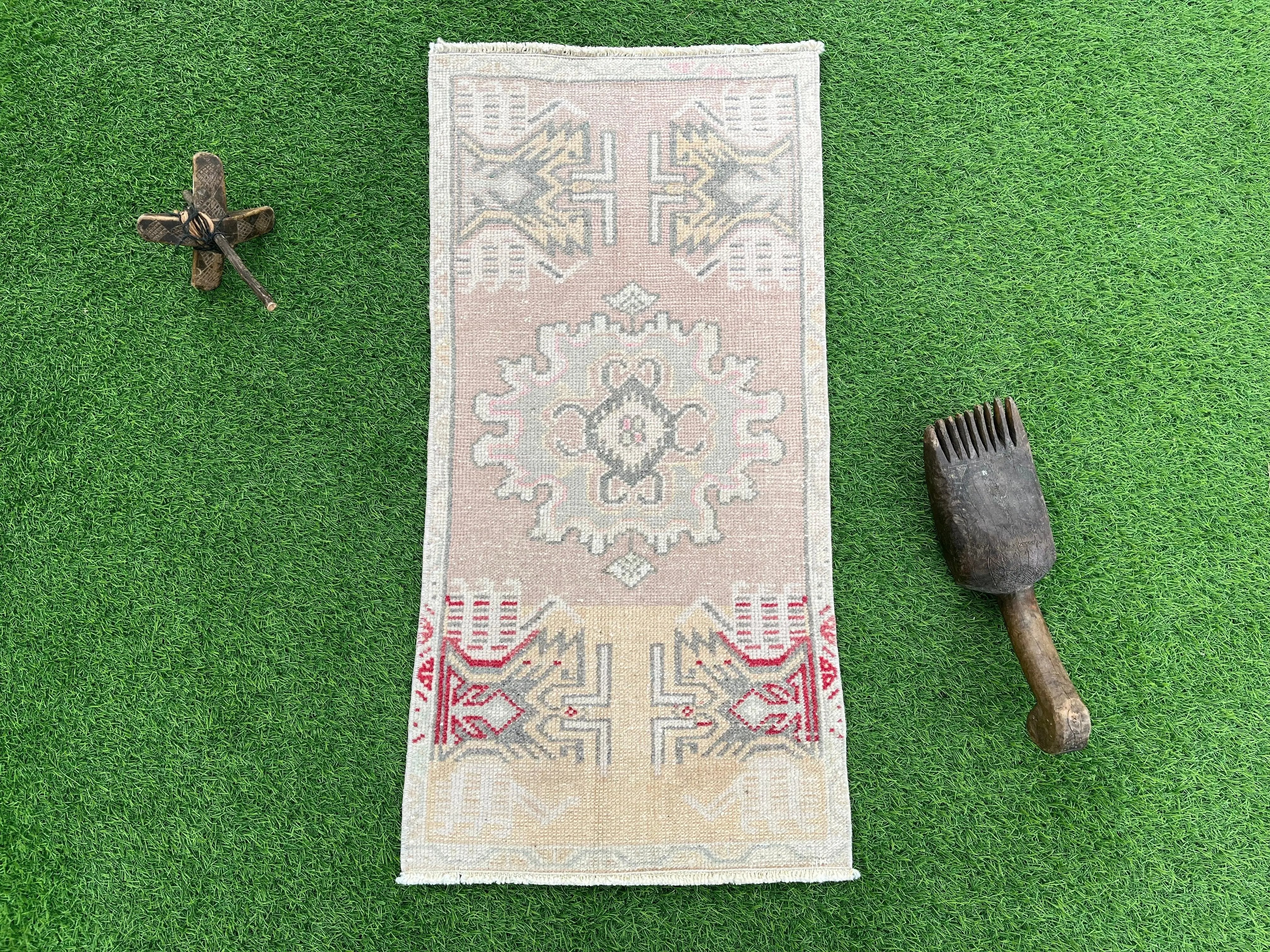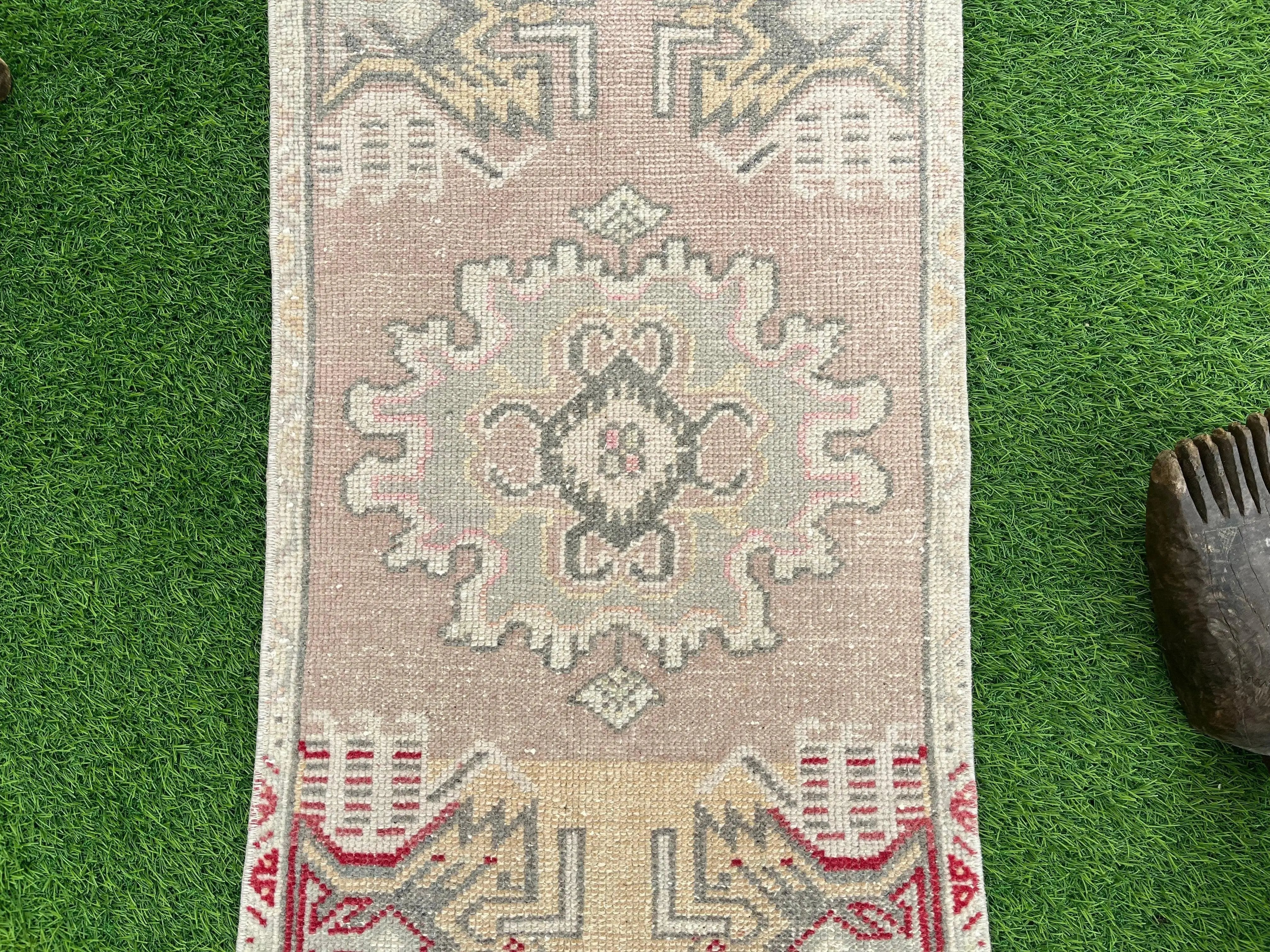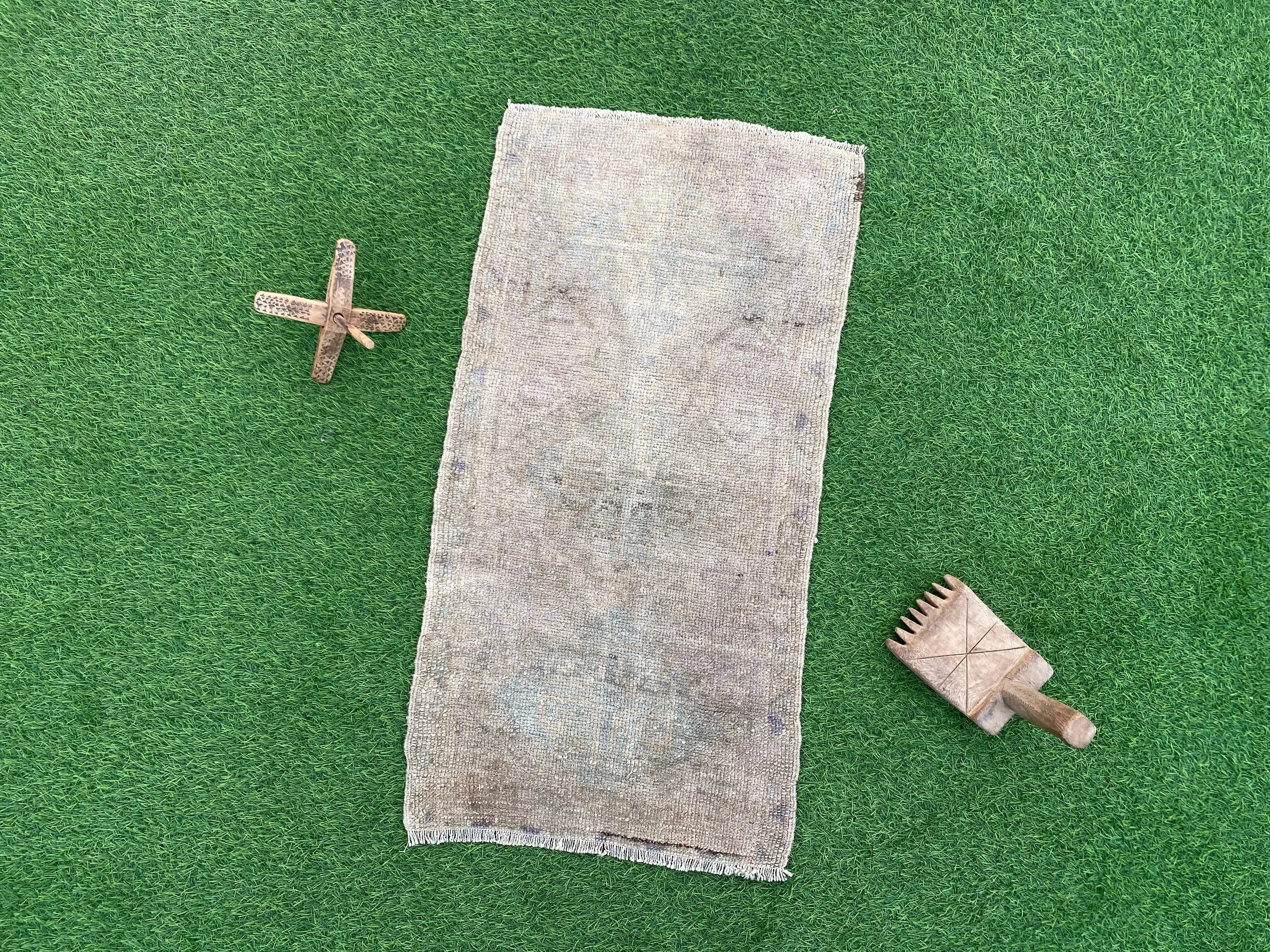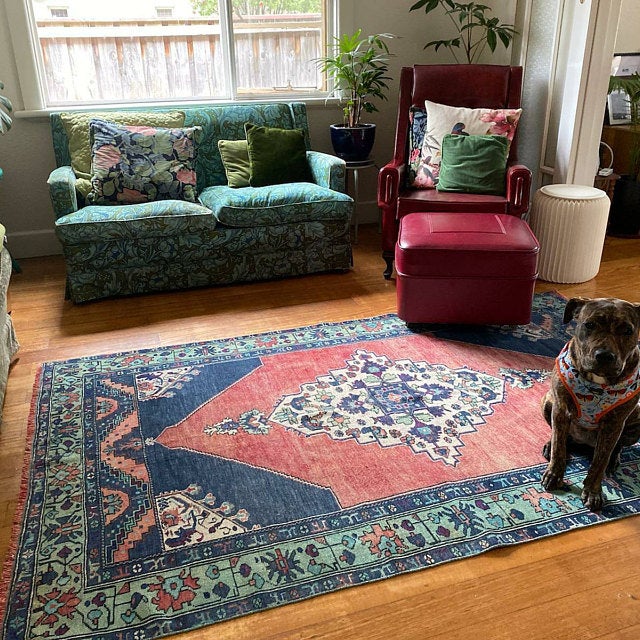Have you ever walked into a room, stopped, and wondered, "Why does this space feel so warm and full of character?" A handwoven turkish rug is usually the answer. But here's the hard part: how can you tell if that wonderful rug is really handmade or just a good replica created by a machine? You will discover exactly how to spot the difference in this article. We'll look at knots, dyes, fibers, and edges together. You'll be able to tell the difference between real handmade rugs and fake ones by the end, and you'll also know where to buy handmade rugs in the US without making frequent mistakes.
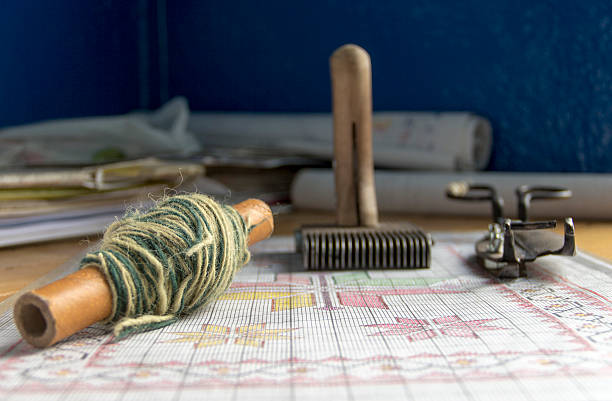
Why Handmade Rugs Matter
Let's be honest: rugs are a part of your daily life. You see them every time you go into the room, and kids and cats love to roll on them. That's why the decision between handmade and machine-made carpets isn't only about how they look; it's also about safety, comfort, and long-term worth. People make rugs by weaving together natural fibers like wool and cotton. They often dye them with plant-based colors that look good as they get older. They make your home feel more alive and are better for your family.
Synthetic materials like polypropylene are widely used to make rugs by machines. At first, they can look dazzling. But in only a few years? They go flat, frayed, or worse, they let out chemical scents that you definitely don't want in your home. It might be really upsetting to see that your carpet has gotten lighter when you walk into a room, right? Handmade rugs don't have such risk at all.
The Story Behind Every Knot
Each handcrafted rug has a tale to tell, one knot at a time. It might take anything from two months to more than a year to weave one, depending on how big it is. Someone has been sitting at a loom for a year, making art by tying knots. If you look attentively, you'll discover that no two knots are exactly the same. That little bit of unevenness? That shows that you are alive. I remember rolling out a rug once and seeing a small change in the border design. I didn't perceive it as a problem; I thought, "Aha, someone made this." Have you ever seen little things like that that were wrong?
Durability That Lasts for Generations
Rugs produced by hand are not fragile; they are meant to last for decades. Wool has oils in it that keep dirt away and keep it from getting crushed. When you tie the knots tightly, you get a rug that your kids could use. In contrast, machine rugs tend to come apart in just a few years. Which one seems like a better investment?
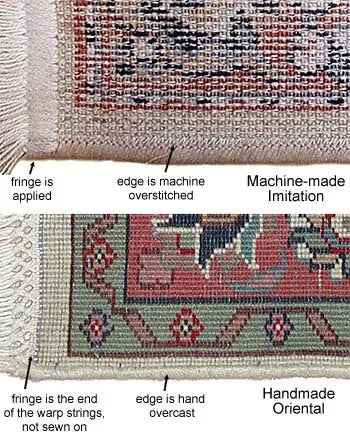
Differences Between Handmade and Machine-Made Rugs
Okay, let's get real. Want to know what the easiest test is? Turn the rug over. A handmade rug has knots on the back that are a little irregular but full of life. A rug manufactured by a machine? A grid that is perfectly even, sometimes with a hard plastic or latex finish. You should also feel the texture. Wool from nature is springy and not shiny. Rugs for machines? Often smooth, shiny, and even a little slippery.
Another sign is the edges and fringe. The fringe of a handmade rug is the warp, which is the rug's main support. With machine rugs, it's either glued or sewn on. Have you ever seen a fringe that seemed too good, like it was made up on the spot? That's your hint.
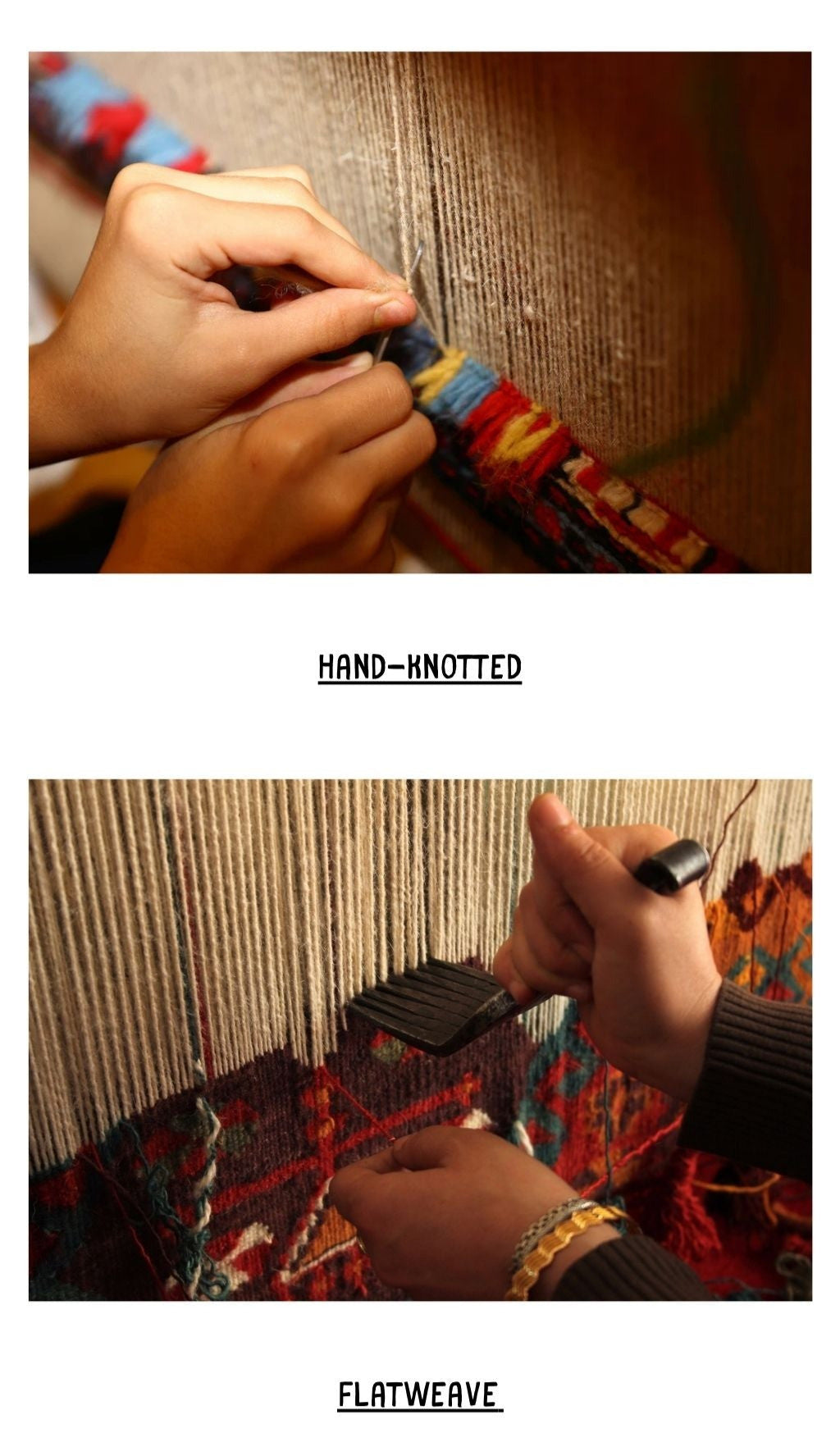
Types of Handmade Rugs: Hand-Knotted and Flatweave
Understanding the weaving technique is crucial if you want to become confident in spotting handmade rugs. Two of the most common types are hand-knotted and flatweave rugs, and each has its own unique character.
Hand-Knotted Rugs
The best thing about the craft is the hand-knotted vintage rugs. Each knot is knotted by hand, which makes it stronger and more durable. The double knot technique, often known as the Ghiordes knot, is what makes Turkish rugs stand out. Wool-on-wool carpets often employ it to make them stronger and more interesting. If you're interested, check out our assortment of vintage rugs and notice how different they feel.
Flatweave Rugs
Kilims, or flatweave carpets, don't have any pile. Instead, weavers weave together warp and weft threads to make strong geometric patterns. They are lighter, can be worn both ways, and are easy to layer. Do you want to see some examples? Our kilim rugs assortment has flatweave carpets.
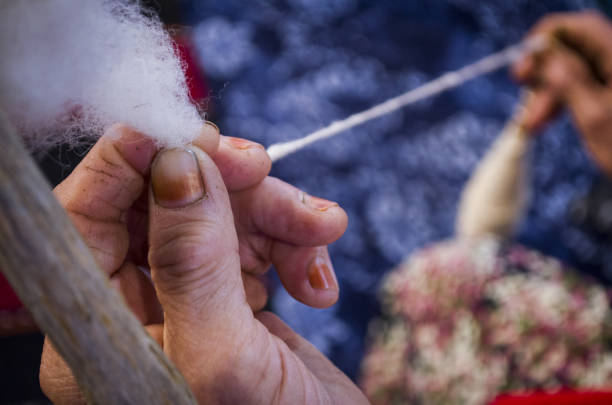
Materials and Dyes in Handmade Rugs
This is where hand-made rugs really shine. Machine-produced carpets are made of plastics, but handcrafted rugs are composed of wool, cotton, and sometimes silk. These natural materials are not only more comfortable, but they are also safer.
Natural Fibers with Character
Wool bounces back when pressed, cotton gives structure, and silk gives a smooth shine. They make rugs that feel like they are alive. When you press your palm into a nice wool rug, you can feel the bounce. That's how strong nature is.
Colors That Age Beautifully
Another sign is the use of natural colors. Indigo makes blues, madder makes reds, and walnut makes browns. They get better with age, acquiring abrash, which collectors adore because it makes the tones change gently. Synthetic dyes, on the other hand, fade to a dull, flat color. What would you like to have in your home in five years?
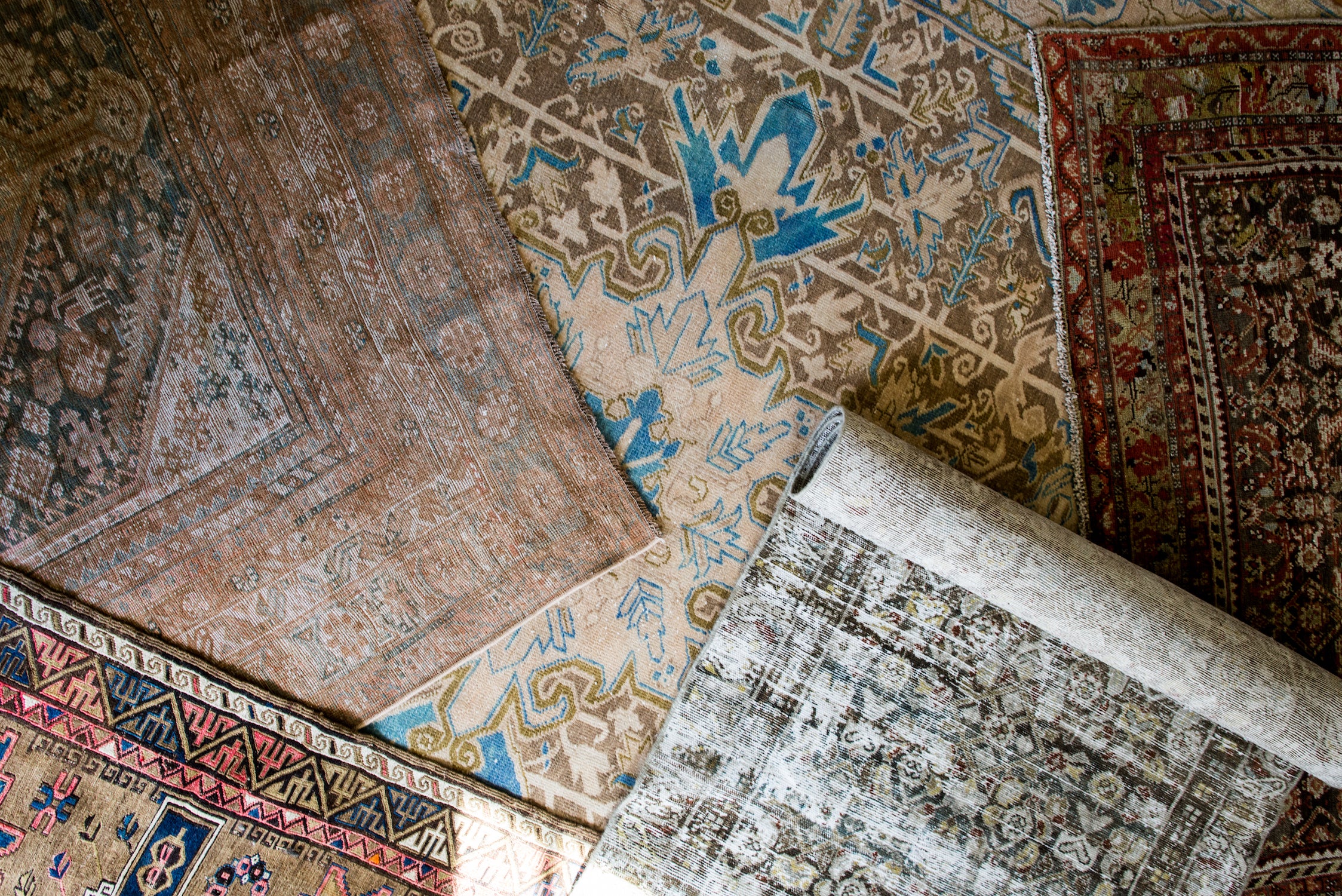
Simple Tests You Can Try at Home
Here are some simple tips:
Put the rug in half. You can easily detect knots or weaving on a handmade rug. Most of the time, you can only see a grid or glue in machine carpets.
Look at the fringe. Is it part of the rug's base or sewed on?
Feel it with your hand. Wool is warm and has a rough feel to it. Synthetics feel smooth.
Hear and smell. Rugs created by hand are peaceful and natural. Rugs made by machines can smell like chemicals or crumple.
Try them the next time you see a rug. Have you ever done a "flip test" before?
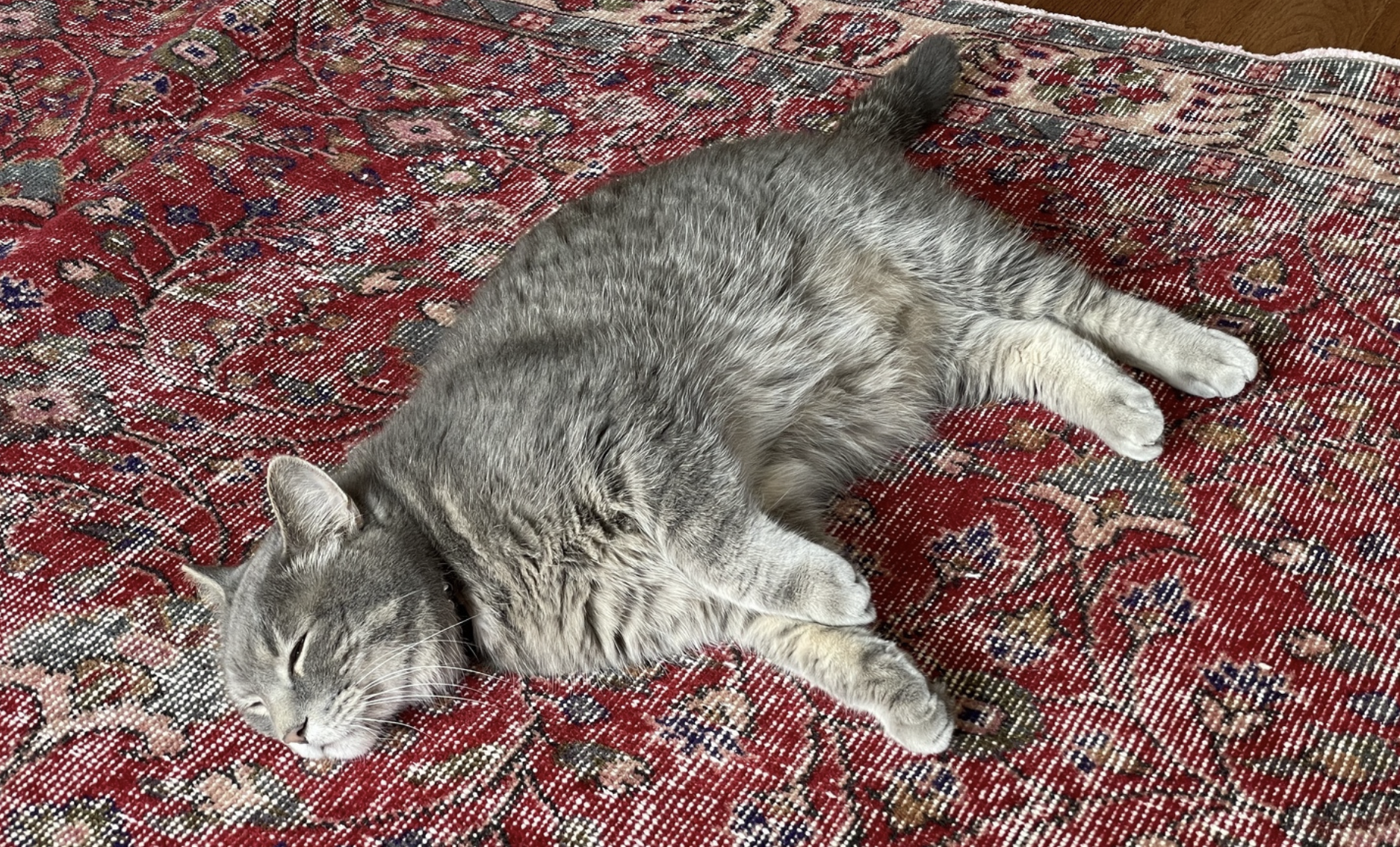
How to Find Real Handmade Rugs in the US
You might be thinking, "Okay, I can see them, but where do I really buy one?" To be honest, it's not easy. A lot of stores raise prices, and on the internet, you'll find machine-made rugs that are incorrectly classified as handmade. That's why we opened Kirmen Rugs. We have more than 3,000 unique, real pieces, and you may easily choose by size, color, or design. And yes, we ship for free all around the world.
Choosing a Trusted Seller
It takes a lot of energy to walk from one store to another. It's worse online—how do you know what's real? At Kirmen Rugs, we carefully check, clean, and take pictures of each rug. You can look through our entire range of carpets to view them all in one location. No tricks, no surprises—just real rugs you can trust.
Conclusion
So, how do you know if a rug was created by hand? Take a closer look. Feel the knots, the edges, and the way it feels in your palm. Pay attention to how the colors change over time. Handmade carpets are unique because they last longer, feel better, and tell the tales of the people who made them.
If you're ready to try it out yourself, look at real handmade rugs, vintage rugs that are hand-knotted, or flatweave rugs. You may also just go around and look at all the rugs until you discover one that calls to you. And when it does, you'll know. That's the real deal.



